
about the writer
David Maddox
David loves urban spaces and nature. He loves creativity and collaboration. He loves theatre and music. In his life and work he has practiced in all of these as, in various moments, a scientist, a climate change researcher, a land steward, an ecological practitioner, composer, a playwright, a musician, an actor, and a theatre director. David's dad told him once that he needed a back up plan, something to "fall back on". So he bought a tuba.
Introduction
Many of the benefits of green roofs are appreciated and increasingly well-studied: stormwater management, mitigation of heat islands, insulation, biodiversity, increased longevity of the waterproof membrane, green space for enjoyment, and so on.
With all these benefits, why don’t more buildings—especially large ones—have green roofs?
Shouldn’t they?
Should all public buildings and large new construction be required to have green roofs?
Answering these questions obviously requires complicated technical and political calculations about the real and perceived values of green roofs, what they cost to build and maintain, and whether greens roofs are “worth it”.
So, would programs to significantly expand the use of green roofs make sense? If so, how can we better make the case—say, with better data or more effective outreach—to elected officials, to developers, or to the public that green roofs belong on all buildings?
about the writer
Maryam Akbarian
Maryam is a landscape architect in Tehran. Plants and planting design are her most favorite subjects.
Maryam Akbarian
Invest to make greener
Creating green shells, including green roofs and walls on the outer sides of buildings, causes many well studied and approved positive effects on ecosystems and the quality of urban life that are mentioned in the introduction article of the roundtable. Although these features have irreplaceable values in the fields of sustainability and climatic adaptation, something more is needed to convince private investors to add these living shells to their buildings—something made of continual economic profits and involving the creation of vendible value added parts in the building.
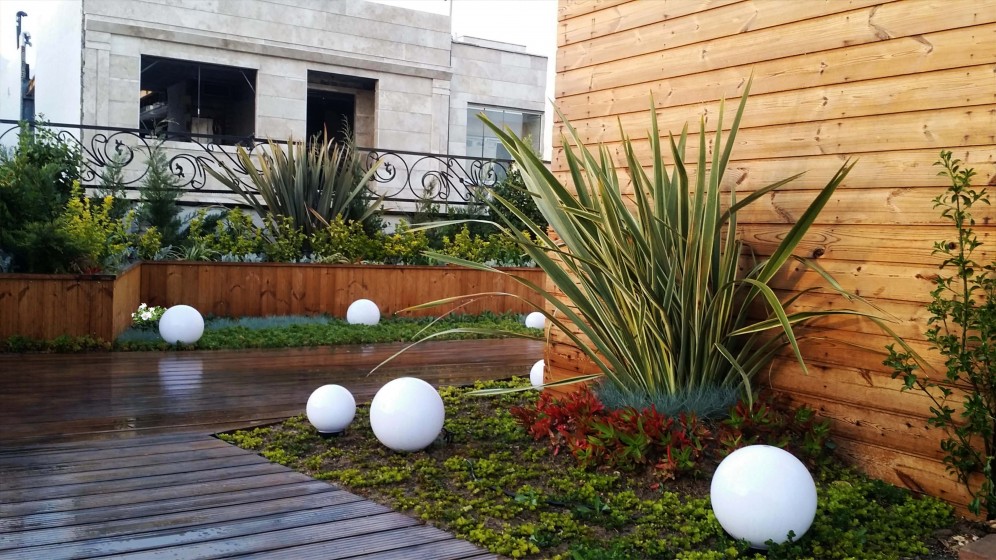
Among two main types of green roofs, due to their functional and spatial characteristics, extensive ones are often used in large urban public buildings and shells. In Tehran, governmental organizations such as municipalities are most often sponsors of these projects. Intensive and semi-intensive green roofs, which are used more in large and medium-sized privately owned buildings, are the main subject of this article.
In Tehran, private investors own a significant proportion of commercial and office buildings and almost all residential on both large and medium scales. The use of green covers in buildings and the creation of green roofs is growing rapidly, but is not popular enough yet. Roof gardens in residential buildings tend to be added as a fancy item intended to increase luxury, just like a rooftop pool, a billiard room, or a high-tech home theater.
The main obstacles in using green roofs in buildings in Tehran are as follows:
- High cost: The main reasons that green roofs are expensive are imported green roof materials and the lack of true competition in the pricing of goods and services, which is rooted in the novelty of green roofs. Shortages of materials at affordable prices and skilled construction teams lead to unreasonable prices for each square meter; consequently, most small building owners (due to Tehran’s small-scale urban subdivisions, this group of buildings is numerous) do not have the financial ability and justification to have roof gardens.
- Poor quality construction process
- Operating problems: Unfortunately, a significant portion of the green roofs in Tehran are designed and constructed by the trading companies that supply green roofs materials. Most of them don’t have any landscape architects or other related professionals to consult during the design and construction process. Obviously and naturally, their main concern is the business. Sometimes, a quick access to sale step means finishing the design of a 1,000 square meter roof garden in just 3 hours, drawing only a few lines on the existing building’s roof plan. Most of these green roofs have operating problems in many parts such as insulation, irrigation, planting maintenance, and even, in some rare cases, structural stability. All these transform the process of designing, constructing, and operating green roofs into a challenging item which owners and construction investors are hardly likely to do again.
- High maintenance: Green roofs in hot and dry weather have significant benefits for projects; meanwhile, they have higher maintenance costs that can result in a challenging situation if construction and design teams don’t pay enough attention to materials, planting, soil composition, and other issues. For example, people’s planting taste is a bit different in Tehran. They prefer annual blooming flowers in all seasons instead of the appearance of perennials and permanent bushes. In fact, they like a spring landscape much more than autumn or winter ones. This is a combination of culture and aesthetics and affected by context. In roof gardens, the need to use perennials and planting maintenance hardships require planting designers to reach an optimum point between technical requirements and owners’ desires.
- Safety: Roof gardens, especially intensive ones, are often joined with other recreational and entertaining functions. When you send users to the highest parts of buildings, which are most attractive at their edges, you must pay attention to safety systems seriously; this is even more critical in public buildings for both designers and investors.
- Lack of supporting laws: Legislative support for private investors, who dedicate a part of saleable building spaces to green areas such as green roofs and spend money to make the outer shells of buildings green, can help to popularize green roofs faster. At this time, there are no codified and inclusive laws related to this in Tehran.
To give cities greener top views, roof gardens and green shells of all kinds have to become an accessible and economically native item that, along with proper construction and maintenance costs, enhance buildings’ spatial quality and operating income.
about the writer
Wolfgang Ansel
Wolfgang Ansel is Director of the International Green Roof Association (IGRA), a network for the worldwide promotion of the ecological green roof idea.
Wolfgang Ansel
Many municipalities in Germany are using regulations to make Green Roofs mandatory in new urban development plans. The background of this policy is that the city officials believe in the environmental benefits of Green Roofs for urban ecology. The regulation policy generates a kind of “flat rate” for the German Green Roof market. As a result, several million square meters of Green Roofs are installed every year. And Green Roofs have become an accepted standard in the building industry over the last three decades.
Can the German Green Roof experience be duplicated in other countries? Yes and no. In a lot of countries, environmental regulations in the building sector are not well accepted. Therefore, an exact transfer is not possible. Cities should also develop an individual Green Roof policy in light of their financial and human resources and their specific urban ecological problems. There is a saying that many roads lead to Rome. And this is also true for the different ways to establish a successful Green Roof policy.
What helps to speed up this process and to avoid setbacks is information exchange. The policy toolbox with the main ingredients for a successful Green Roof promotion campaign is already available and has been tested. Among the established instruments are regulations (“sticks”), incentives (“carrots”), and public relation activities in different specifications. The International Green Roof Association (IGRA), the City of Portland (Environmental Services) and the International Federation of Landscape Architects (IFLA) created a platform to facilitate information exchange in the field of Green Roofs Policies, the “International Green Roof City Network” (www.igra-world.com).
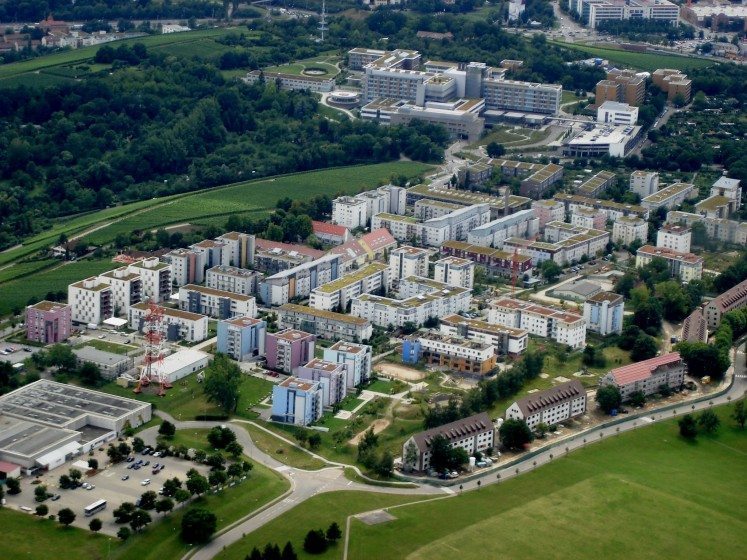
From my point of view, one of the most important things for the spread of Green Roofs is to show that the roof is a valuable open space. Imagine a new building with a room that is locked up and can’t be used by anyone. Of course the investor would agree that this is a waste. But if we look at aerial pictures of cities we can see a lot of unused open space on top of flat roofs. People seem to accept this waste of space as normal. If we can make them see the development potential, we achieve a great deal.
about the writer
Nathalie Baumann
Nathalie Baumann is an urban ecologist and lecturer, researcher, and consultant in the Green Space Development Research Group at the Environment and Natural Resource Sciences Institute of the Department Life Sciences and Facility Management in Zurich (Zurich University of Applied Sciences).
Nathalie Baumann
I’m sitting in a bar, 32 floors above ground level, called Bar Rouge and enjoying the view over the city where I grew up and still live: Basel, Switzerland. The people who are with me are stupefied by the view: there are loads of green roofs around this city. About 23 percent of the flat grey roof surfaces are greened, maybe even more nowadays. Just below this view, the last big surface of approximately 20,000 m2 was greened one year ago: one of many combination roofs with Solar Panels (PV) and green roofs: a Biosolarroof (www.biosolarroof.com). There are not only big public surfaces that have been greened, but many private buildings are visibly green from above as well.
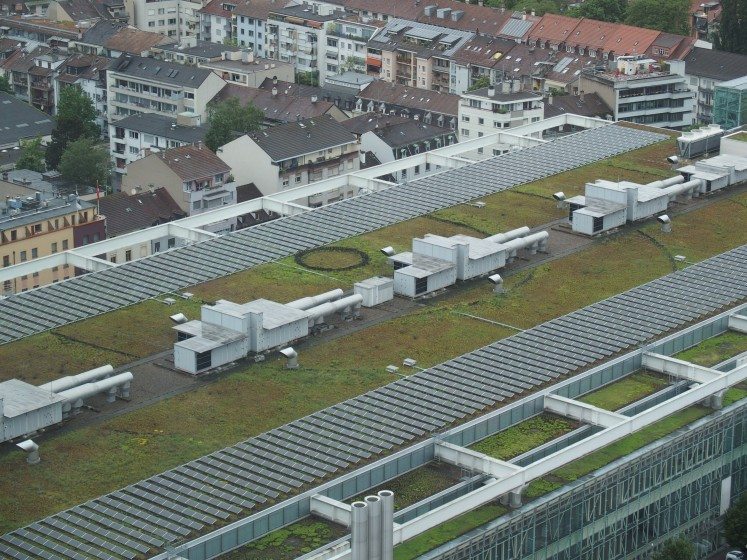
How can this be possible?
It was an engagement of the city authorities, their politicians, and citizens which started nearly 20 years ago. Their engagement was to make a change to save money on energy consumption and to promote biodiversity, which brought them to one of several solutions: biodiverse, extensive green roofs.
The second step to this engagement was to launch a subsidy campaign in 1996/1997 with good public communication in different media to inform house owners (public and private) about this solution; those who renovated their roofs or built a new one within this subsidy year could apply for funds (20-30 Swiss francs/m2). This money was coming from a city fund, which is fed from a special tax for energy consumption paid by individuals—part of citizens’ commitment to support innovative and low energy consumption techniques. In 2001, this engagement resulted in a simple paragraph in the Law of Construction for the city, which said: “…each flat roof, public or private, new, built, or renovated, has to be greened.” Any construction project receives documents and manuals providing information about how quality of a design, choice of substrate (local and natural), and choice of indigenous and regional plants can be fulfilled. This documentation was provided by us: the Green Roof Competence Centre of the Zurich University of Applied Sciences.
Basel is one of the densest cities in Switzerland and doesn’t have a square meter left open to be built on. Therefore it’s a waste to have empty grey spaces—as many cities of this world do—which could serve as replacement habitats and ecological compensation to promote biodiversity.
It is absolutely possible to green many more roofs. It’s not a Swiss phenomenon; it’s about the commitment of decision makers, planners, and politicians to make a change and to take a step in order to be sure that future buildings are greened—it doesn’t matter if it’s public or private buildings or the size of the surfaces. Cities can make the change and have to do it! The example of Basel shows this possibility explicitly: after the implementation of the law, a green business developed and supported the local economy (small companies) in developing well. It’s in the cities hands!
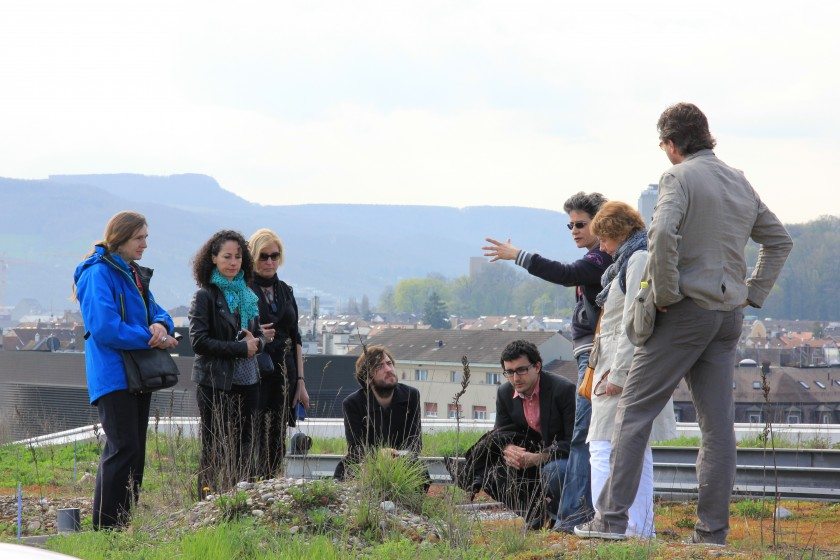
Cities can require much more green infrastructures on buildings via policies and laws combined with subsidies campaigns. Parallel to that, it is important to offer possibilities of trainings for professionals (planners, roofers, landscapers, etc.) to learn how to install green roofs right—just to put green on a building doesn’t mean that it will promote biodiversity. This is all possible because there are already some experts around the world who have been to Switzerland and the UK in order to see the best practices in these countries and to learn how to do it.
It’s not necessary nowadays to re-invent everything; there is already a long history of well-designed, biodiverse green roofs in Europe. Just get in contact with us.
about the writer
Michael Berkshire
Michael has a Masters Degree in Urban and Regional Planning and has been with the City of Chicago for the past 12 years creating and implementing public policy and incentives that encourage sustainable urban development.
Michael Berkshire
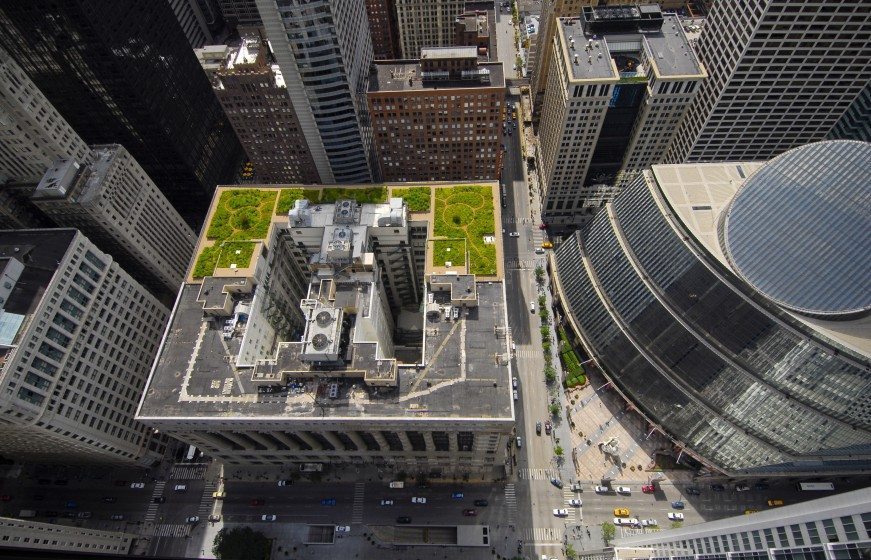
Beginning with the iconic, 20,000+ square foot prairie planted on the roof of City Hall, the City of Chicago has been placing green roofs on municipal buildings since the beginning of the new millennium. The latest count is one dozen public buildings with green roof systems ranging from shallow tray systems to 20-inch deep, fully-integrated systems.
Once it was proven that green roofs would work, flourish, and perform, the City began requiring green roofs on private projects. Since 2004, all buildings that are (1) receiving financial assistance from the City, (2) part of a planned development, and (3) located on the Chicago waterway system or near Lake Michigan must have a green roof.
This is a requirement of the Chicago Sustainable Development Policy, a summary matrix of which can be seen here. According to satellite imagery from 2013, there were 509 green roofs in Chicago totaling almost 5.6 million square feet. Based on a previous analysis, the City is estimating that over 80 percent of those green roofs were built because they were required by the Sustainable Development Policy.

about the writer
Rebecca Bratspies
Rebecca Bratspies is a Professor at CUNY School of Law, where she is the founding director of the Center for Urban Environmental Reform. A scholar of environmental justice, and human rights, Rebecca has written scores of scholarly works including 4 books. Her most recent book is Naming Gotham: The Villains, Rogues, and Heroes Behind New York Place Names. With Charlie LaGreca-Velasco, Bratspies is co-creator of The Environmental Justice Chronicles: an award-winning series of comic books bringing environmental literacy to a new generation of environmental leaders. The ABA honored her with its 2021 Commitment to Diversity and Justice Award.
Rebecca Bratspies
Green Roofs Are Environmental Justice In Action
Urban areas are replete with environmental burdens. The air is polluted, the water is polluted, and green spaces are few and far between. It is the urban poor that suffer the most. Poor communities, especially poor minority communities, bear the lion’s share of environmental burdens while having the fewest resources for promoting resilience. If investment were apportioned on a “biggest bang for the buck” basis, cities would be pouring money into solving environmental problems in these communities. A good place to start would be with green roofs.
Growing concerns about climate change add an additional impetus for green infrastructure. In New York City, buildings are responsible for the vast majority of carbon emissions. Anything that reduces energy consumption in those buildings will also reduce the building’s carbon footprint. This set of concerns prompted Chicago to launch an extensive green roofs project.
Green roofs are, of course, just one aspect of the green infrastructure needed to transform cities into sustainable, low-carbon communities. Yet, even considered in isolation, green roofs might make a big difference. Green roofs can filter airborne pollutants, offset urban heat island effects, reduce carbon emissions, provide flyways for migratory species, in addition to reducing energy consumption.
Despite the clear benefits from urban green roofs, cities have been slow to invest themselves, or to mandate green roofs for private development. And, when such investments do occur, they rarely are directed at the poor communities most in need of the benefits that green roofs bring.
There are many implacable social and political forces behind this lack of investment. However, there are also a set of legal and regulatory barriers. Much of the impetus for green roofs, along with other green infrastructure, emerges from the Clean Water Act’s mandate to manage stormwater and to control combined sewer overflows. Grey infrastructure, in the form of pipe and concrete, has an established regulatory effectiveness. Green infrastructure is less certain in the near term. Lingering information and performance gaps mean that adopters may be taking additional risks. With fines for violations ranging in the thousands per day, it is a safer design choice to choose concrete pipes, even though green roofs and green infrastructure offer so many additional environmental benefits.
With thought, regulatory mandates could be revised to promote, rather than inhibit, green infrastructure.
Nearly a decade ago, the New York Department of Design and Construction recognized that per unit area, green roofs save over twice the energy as cool roofs. However, the cost is very high. As a result, there has been no official recommendation for putting green roofs on the roughly 4,000 buildings New York City owns. The One City Built to Last Initiative commits the City to invest in energy efficiency, clean energy sources, and installation of many leading edge technologies. Despite a commitment to “lead by example” the Initiative contains virtually no discussion of green roofs, focusing instead on cool roofs, solar power and energy efficiency.
For private real estate, the Initiative requires information gathering and energy benchmarking, but does not include any green infrastructure mandates. New York City does offer a tax abatement to property owners that install green roofs. The tax benefit, along with the marketing cachet of green living, might be enough to tempt private developers to incorporate this element into new designs.
That still leaves the environmental justice question—how to direct the investment in green infrastructure toward those most burdened and vulnerable communities. Sometimes, all it takes is political vision.
In terms of making an impact, the New York City Housing Authority (NYCHA) is an obvious target. NYCHA is the single biggest landlord in New York City, overseeing 2,553 residential buildings that are home to nearly 5 percent of New York City’s residents. NYCHA’s combined real estate holdings are roughly three times the size of Central Park. Anything that happens at NYCHA would have a huge impact on the City, and would make an important statement to the rest of the world. Green roofs at NYCHA housing could be a bellwether for use of green roofs elsewhere, and might make a real environmental difference for the City’s poorest and most vulnerable residents. In short, NYCHA might achieve environmental goals while advancing environmental justice. This potential for synergy is not lost on NYCHA residents, and environmental justice advocates.
Unfortunately, no such plan exists. NYCHA is chronically underfunded, and has been running a budget deficit. Mayor DeBlasio’s Next Generation NYCHA proposal call for reducing energy costs by making basic investments in upgraded equipment. These investments will certainly make an environmental difference, but it misses the opportunity to do more. Green roofs could make a significant contribution to Next Generation NYCHA by dramatically lowering heating and cooling costs, while also addressing other environmental justice concerns in these communities, providing flyways for migratory birds, improving air quality, and diverting runoff from the City’s overtaxed combined sewer overflow system.
Small, incremental steps are happening. For example, Corsi Houses Community Center in Manhattan already has a green roof and Bronx River Houses has a blue roof, installed as part of a green infrastructure pilot project.
Schools and other public buildings are also inviting targets for bring the benefits of green infrastructure into all the City’s communities. PS118 in Queens is home to a blue/green roof investigational study. The Parks Department headquarters on Randall’s Island has one of the largest green roofs in the City.
While green roofs require commitment in terms of vision, policy, and personnel, they have the potential to transform the City.
about the writer
Amy Chomowicz
Amy Chomowicz is a board member of the Green Roof information Think-tank (GRiT). GRiT is a Portland non-profit that provides education and outreach to support the use of green roofs.
Amy Chomowicz
Portland’s ecoroof program began in 1996, when Tom Liptan put an ecoroof on his garage. (An ecoroof is an extensive green roof.) Tom, now retired, worked for the City of Portland Bureau of Environmental Services (BES), and his co-workers, bureau leaders, and, ultimately, elected officials were all receptive to his continuous advocacy for ecoroofs. In 2008, Sam Adams, who was Portland’s Mayor at the time, launched the 5-year Grey to Green (G2G) Initiative. G2G fully funded an ecoroof program along with several other watershed restoration initiatives and programs. Through G2G, BES offered a cash incentive of $5/sq ft and significantly expanded our technical assistance.
So, why don’t all public buildings have green roofs? Or all large private buildings (e.g. businesses)?
Retrofitting existing buildings with a green roof can be a challenge. From our experience in Portland, most existing buildings cannot hold the additional weight of a green roof without structural upgrades. From 2008 to 2013, BES evaluated 18 buildings in Portland to determine if they could be retrofitted with an extensive green roof. Results showed that three buildings could be retrofitted with no or minor adjustments. The remaining 15 structures would require extensive structural modifications to be retrofitted. It wouldn’t make sense to incur the substantial cost of structural modifications just for an ecoroof. However, if an owner is embarking on a building renovation anyway, it is a good opportunity to upgrade the structure so it can be retrofitted with an ecoroof.
The lack of local data can be an obstacle to implementing a green roof program. One of the unique aspects and an essential element of Portland’s program is data BES gathered from monitoring several Portland ecoroofs over the past 10 years. The data show ecoroofs retain 50 percent of the rain that falls on them and cut peak flows by 90 percent. Having local performance data demonstrated the benefits of ecoroofs to local decision makers and provided information our engineers can use for modeling and design.
Is this a good idea?
Green roofs make sense from many perspectives. They provide many environmental and human health benefits as well as adding green jobs to local economies. BES manages stormwater, so green roofs, with their stormwater management capabilities, make a lot of sense for our system needs. BES uses green roofs to keep stormwater out of our combined and separated sewer system to preserve pipe capacity, help reduce local flooding, and reduce basement sewer backups. Also, when space on the ground is limited, an ecoroof may be the best way to manage stormwater sustainably.
Cities need to grow by developing in ways that restore the environment and protect human health. The negative impacts of current construction practices need to be mitigated, and new construction should have a net benefit to environmental and human health. Green roofs are one aspect of restorative development which provides multiple benefits to the buildings themselves, as well as the community.
What would it take to make it happen and be worthwhile?
Two key ingredients for a green roof program are policies and education. Jurisdictions such as Chicago, Seattle, and Washington D.C., that have strong policies and requirements are seeing a booming green roof industry. Portland’s ecoroof policies are embodied in our Stormwater Management Manual, which requires onsite stormwater management for new construction, the Green Building Policy for city-owned facilities, and financial incentives such as reduced stormwater fees.
With or without a requirement, education is critical. Teaching building owners about ecoroof benefits helps them understand what they will gain and makes them more likely to ask for an ecoroof. We conducted ecoroof seminars and vendor fairs that attracted as many as 500 attendees. We also provide technical workshops and materials for the design and construction community. To respond to requests for a low-weight, low-cost, low-maintenance, and no irrigation ecoroof, we developed the red cinder ecoroof design.
The Green Roof information Think-tank (GRiT) is a discussion forum that is unique to Portland. GRiT’s membership includes design and construction professionals, agency staff, landscapers, roofers, irrigation contractors, and interested citizens. GRiT supports education and outreach, and GRiT members consult on projects and they advocate for green roof policies, codes, and programs.
Resources
Monitoring reports: http://www.portlandoregon.gov/bes/36055
Red cinder guidelines: http://www.portlandoregon.gov/bes/article/464519
Technical manuals, cost/benefit report, etc.: http://www.portlandoregon.gov/bes/44422
about the writer
Andrew Clements
Andrew holds two patents for Greek-appropriate green roofs and is particularly interested in water-wise, natural, ecosystem development in hot cities such as Athens, as well as the challenges of working in a seismic region. Landmark projects include The Greek Treasury building in Constitution Square, Athens.
Andrew Clements
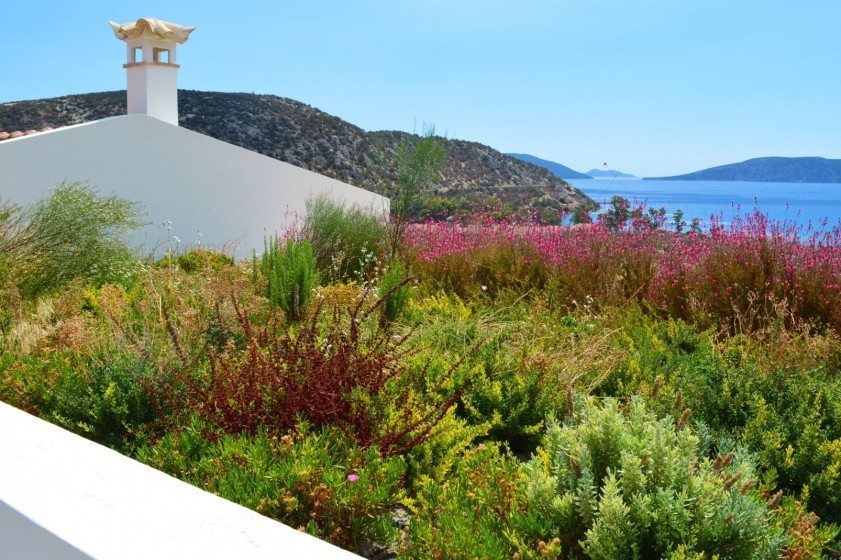
On a plane trip to Turkey from Greece five or so years ago I was seated next to the CFO of a global corporation and we got chatting about cricket. The conversation inevitably turned to what we each ‘do’. When I told him that I worked on green roofs and showed him photographs of projects, he responded with a surprised ‘Wow, what a great idea’ and said that he had never seen or heard about the practice. This was an eye opener for me. I think green roofers, like all professionals, misjudge the level of penetration into the consciousness of humanity of their field of expertise. We live in a rock pool at the edge of the world’s oceans, in other words, thinking we are in the sea and that all the other creatures know of our presence. We are still an embryo of an industry in comparison with other fields.
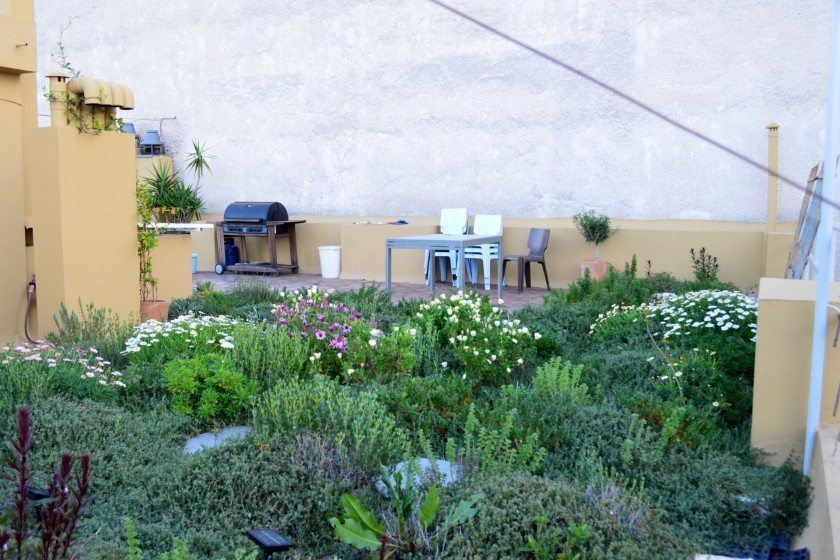 The reasons for this are varied and numerous. First of all, although the practice of putting plants on roofs is literally as old as the hills, in its modern form, it is quite a recent development in many countries of the world. And in many countries of the world, there are formidable technical challenges to safe, cost effective green roofing. In a hot, dry, seismic region such as Greece, for example, these technical challenges include severe weight restrictions, use (or preferably not) of summer irrigation, hot gale force summer winds, and monsoon-type torrential downpours. Add to this the financial difficulties most of the post-2008 world faces—and, in particular, debt sunk places such as Greece face—and it is not hard to realise why we have not yet seen much wider implementation of green roofs, despite the increasing attention, interest, and huge efforts made by many of us to network and communicate. Finally, although modern green roof technology is well developed and does tend to function as it is designed, the general perception of putting plants on a roof immediately draws comments like ‘Won’t the roof leak?’ or ‘Won’t the roof collapse?’
The reasons for this are varied and numerous. First of all, although the practice of putting plants on roofs is literally as old as the hills, in its modern form, it is quite a recent development in many countries of the world. And in many countries of the world, there are formidable technical challenges to safe, cost effective green roofing. In a hot, dry, seismic region such as Greece, for example, these technical challenges include severe weight restrictions, use (or preferably not) of summer irrigation, hot gale force summer winds, and monsoon-type torrential downpours. Add to this the financial difficulties most of the post-2008 world faces—and, in particular, debt sunk places such as Greece face—and it is not hard to realise why we have not yet seen much wider implementation of green roofs, despite the increasing attention, interest, and huge efforts made by many of us to network and communicate. Finally, although modern green roof technology is well developed and does tend to function as it is designed, the general perception of putting plants on a roof immediately draws comments like ‘Won’t the roof leak?’ or ‘Won’t the roof collapse?’
Whether large-scale implementation of green roofs is a good idea is a no brainer for me. The plethora of well-known benefits of green roofs makes this technology an essential component of sustainable building practices going forward. The question really is, how do we make this happen?
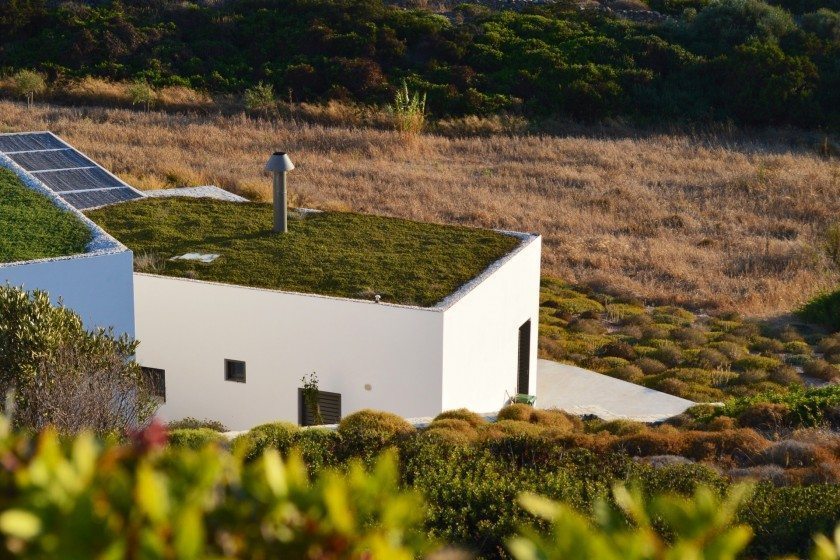 Firstly, green roofs have got to become accessible to everyone. Most current technology is the green roof equivalent of MSDOS to information technology, in my opinion. Green roofs need an Apple type OS or a MS Windows OS to make them user friendly to the masses. We need green roofs that can be understood by a Yiayia (Granny) in a Greek village.
Firstly, green roofs have got to become accessible to everyone. Most current technology is the green roof equivalent of MSDOS to information technology, in my opinion. Green roofs need an Apple type OS or a MS Windows OS to make them user friendly to the masses. We need green roofs that can be understood by a Yiayia (Granny) in a Greek village.
Furthermore, green roofs have got to become far more affordable to the masses in our cash-strapped world economies. A green roof should cost the same, if not less, than a conventional roof on a new build and should be equivalent in cost to thermal insulation on a retrofit if we want to see mass adoption. Moreover, a green roof must have similar or lower maintenance costs to a conventional roof. If the end user has to shell out for summer irrigation water, weeding, fertilisers, and pesticides, we are unlikely to see wider implementation beyond the novelty-seeking architect or the hard core eco-enthusiast.
Finally, we need to get green roofs into the human mindscape as the obvious default method of roofing. This requires the continual, relentless, communication and networking that this site has afforded green roofers with this roundtable and that countless green roof activists and enthusiasts from around the world now engage in on social media and through other communication outlets.
about the writer
Karla Dakin
Karla Dakin combines her landscape architecture expertise—she holds a masters degree in landscape architecture from the University of Colorado, Denver—with fifteen years of experience in the art worlds of New York City, San Francisco, and Los Angeles. Dakin’s past work in the art world gives her insights into the creativity of art and design.
Karla Dakin
The motivating question here seems like an odd one given the context of our ingrained, American, individualist sentiment. America is not Switzerland or Germany after all, whereby government fiat mandates the inclusion of green roofs. And yet, all the time I get asked some form of this same question. It usually goes like this, “How can we convince people, i.e. those with money and control, that they need to include green roofs in the planning of their public and commercial buildings.” The answers go way beyond the up front costs—the main reason green roofs do not get built in this country.
History, albeit a brief green roof history in the US, is a good place to start for answers. We can study our past to see how we coerce controlling parties to build green roofs, reflecting on “carrots” (i.e. expediting of permits if you include a green roof or stormwater credits), “sticks” (Environmental Protection Agency [EPA] fines for polluted waterways that led the charge for many green roofs in Portland, Oregon and in the Washington D.C. area), and “visionaries” like Mayor Daley of Chicago bringing to fruition his city greening initiatives. Does history teach us that we must wait for the next disaster or the arrival of a forceful politician?
Not to overstate the obvious, but the primary component of American democracy is capitalism and that is about money, baby. Money, money, money. Why should a developer spend money on a green roof? What is the long-term return rate? How does it benefit investment? Can’t they just use some other less costly implementation to get around stormwater mandates?
Perhaps what we need to do in the U.S. is lay out the truth and consequences, like a showdown at the OK Corral. Make the reason for green roofs all about money—the money “you” will make. We ought to drive the conversation not only about present but also about future costs.
WATER: Oil and gas might be cheap now and projected, long term low costs look rosy, but what about the cost of water, now and in the future? The paucity of water in the far west United States will drive water costs up but so will the abundance of polluted water across the continent. Polluted stormwater is coloring and will color the conversation. Green roofs can pull the stormwater filtration card when we need to clean our polluted water or slow down our stormwater.
HEALTHCARE: How about healthcare costs? Anyone who pays for their own insurance can attest to the rising monthly payments. Corporations pay huge health insurance costs for their employees. Do they know about the rising rates of asthma caused by pollution in the cities? How about job stress and its related medical expenses? Now it’s time to pull out recent studies by people like Dr. Angela Loder (also in this panel), whose research reveals how green roofs can mitigate these costs.
COMMUNITY/JOBS: Apparently crime pays the wrong people. How much money do we spend as a citizenry on crime? Our prisons are overcrowded and costing us billions. Have we looked at green roofs as an answer to this expenditure? People like Ben Flanner and Majora Carter can explain the cost benefit ratio of introducing people who never have seen a garden to the world of growing their own food on a roof. Young people get exposed to a world beyond their dreams, where they might find a different profession. We also need to educate the public on the research that shows increased real estate values around green roofs, not only from the ecosystem services angle but also from the community-forming angle.
about the writer
Stuart Gaffin
Stuart Gaffin is a Research Scientist at the Center for Climate Systems Research, Columbia University.
Stuart Gaffin
Why don’t all public buildings have green roofs?
I recall a statement I read from Art Rosenfeld and colleagues of the Lawrence Berkeley Lab Heat Island Group that paraphrased as ‘… the era of the dark asphaltic roof should be phased out …’ I agree with the statement, as I see no necessity for such hot urban surfaces any more, what with new cool roofing technologies and options (including green roofs) becoming well-known, popular, sometimes required in building codes, and increasingly comparable in cost to traditional membranes. Public buildings should go green, especially when the old roof is up for retirement. As to why they currently don’t, such technologies are probably still novel in many respects to building managers who often just opt for the same old, same old.
Or all large private buildings (e.g. businesses)?
Private owners may have more leeway about building decisions and less red tape or bureaucracy to go through, so they have even less excuse to not go green. Plus, they have more personal incentive to enhance building amenties and cut down on energy costs, especially if they live there. These amenities include novel new green spaces with potential for such popular residential activities as gardening or small-scale food or herb production—I once heard that gardening is the number one hobby in America.
Would this be a good idea?
Yes, for the reasons just cited and the public benefits from urban heat island mitigation, stormwater management, and ecosystem services. If we debunk the remaining misconceptions about green roofs (costs, maintenance burden, and the winter heat penalty, especially), that can increase the demand and market share of these systems, and thus bring down costs, as has happened apparently in Germany, the undisputed leader in the field; the price there is ~40 percent of the US cost (Phillipi, 2006).
What would it take to make it happen and to make it worthwhile?
The appeal of living green infrastructure with multiple functions, as opposed to single-purpose gray infrastructure, is growing within cities. Indeed, cities, as they are in so many ways, are the incubators for innovation and leading the way, especially on climate change policy, both in carbon emission mitigation and adaptation. It is an exciting time for many urban disciplines and urban environmental research that will shape how cities evolve, function, and look over the next decades and beyond.
Reference:
Phillipi, Peter. (2006). How to Get Cost Reduction in Green Roof Construction. Greening Rooftops for Sustainable Communities. Retrieved here.
about the writer
Dusty Gedge
Dusty Gedge is a recognised authority, designer, consultant and public speaker on green roofs. Dusty has also been a TV presenter on a number of UK shows and makes his own Green Intrastructure and Green Roof and Nature Videos. He is an avid nature photographer and social networker posting on Twitter, Facebook and G+.
Dusty Gedge
All public and private buildings should have green roofs. This is more than a good idea. It is an intelligent one. All the benefits that vegetation and soil bring to both cities and the buildings themselves is where we need to be going to help our cities adapt to climate change. When ones consider a city, such as London, where I have estimated that over 10 million m2 of existing roof space could be greened tomorrow, why aren’t we green roofing like crazy?
The problems is that the natural benefits of soil and vegetation don’t quite fit into the current market model. The cost-benefit analysis of the payback time of a green roof really doesn’t stack up if you are private owner of a building. Therefore, there is no fiscal stimulus to entertain the idea. I have met many a building manager who has bought into the idea, but who just can’t justify the costs. Furthermore, many existing buildings, both in the public and the private sector, are restricted because of weight issues. Notwithstanding this technical issue, there is huge potential in cities across the globe if the fiscal challenges can be overcome.
The main driver for the delivery of green roofs on buildings can only be through policy initiatives from city and regional authorities. Linz in Austria was one of the first in the world to start this process back in 1984 and has also provided funding to deliver the green roofs.
When you visit the industrial areas of Linz, one can easily tell when which buildings were built before 1984 and those that were built after. Soil and vegetation bedecks the newer buildings. The developers and owners are unlikely to have delivered green roofs without the policy and the initiatives from the City.
Since London initiated its policy, green roofs have blossomed over the capital. Prior to 2008, the Mayor encouraged the use of green roofs. This was like asking commuters politely to pay for the London congestion charge. Most wouldn’t. Since 2008, there has been a planning ‘expectation’ for green roofs. My city now has over 175,000 m2 in the Central Activity Zone. Encouragement would never have achieved that.
Whilst helping to form the policy, I travelled widely in Europe and North America to research green roof policy for a technical report I was writing for the London Government and England’s Environment Agency. Switzerland, in many ways, has the best approach, although Germany is seen as the world leader. Swiss cities take a more holistic approach in my view—some cities performance criteria requires native wildlife flowers. Specific seed mix characteristics are desired and this ecological approach is now enshrined in the Swiss green roof standard (one of only two such standards in the world (the other being the Austrian Standard).
This is important as, commercially, the early innovators were actually interested in supplying a broader landscape than the current sedum extensive green roofs seen across Europe and North America. This is an important elemental detail within the question. What do we want on our public and private buildings to deliver when it comes to green roofs?
Sadly, green roofs over the last 30 years have been pared down to their bare essentials.
Green roofs are almost like an oak tree, full of promise, stripped to their bare bones—a barkless trunk akin to a telegraph pole. And this is not naïve—I know how the construction industry works, when it comes to green roofs and I know how landscape architects and architects respond to the issue. The original Swiss and German green roofs were ‘nature’ roofs supplied by commercial companies. No romance there. In the last twenty years, the main driving force for green roofs has been stormwater, which is engineer-lead, not ecologist-lead. To achieve designs that attain stormwater and building physic requirements, architects want a neat product that ticks the boxes. The green roof industry, often berated, can only supply what they are asked for.
So the early green roof suppliers, who may well have wanted to supply ‘nature’ roofs, have been constrained to supply the simplest homegenous systems throughout the world. When Swiss cities and my city ask for wildflowers and provisions of biodiversity as part of the policy agenda, the architects have to respond and the green roof industry can return to its roots of providing sustainable, resilient vegetation that is locally appropriate.
Policy is probably the only way to get not only more public and private buildings to have green roofs, but also to refine and re-invigorate how green roofs are delivered. I can already hear the naysayers—after 20 odd years promoting green roofs with a reasonable degree of success, I am used to the grumbles in the wings and the dress circle! But if we really do think green roofs are a good idea, which they most definitely are, it is up to the nature movement in cities to take a robust stand. It needs to demand an approach that is in keeping with our specific city and it needs not to be cowered by the might of the design and construction professionals.
One final point also needs to be made; how we incentivise more green roofs on existing buildings. This is the real challenge currently facing our cities. My answer is simple—if only building owners had to pay a rent to the ‘original’ landlord. The landlord (nature) would probably spend the rent on returning our cities to some semblance of what was there before buildings usurped the natural environment. And it would be at roof level, as most cities are nearly 80 percent roofscapes.
Sadly, I can’t see this happening in the near future. However, we can make policies deliver for both natural and human inhabitants of cities. To that end, cities need to set the agenda, not the design and construction professionals.
about the writer
André Gonçalves
André Gonçalves is co-founder of Sobreurbana, a startup company dedicated to the activation of public spaces and promotion of urban culture in Goiânia, Brazil.
André Gonçalves
Our planet is getting more urban every day. Since 2008, more than half of the world’s population has been living in cities that keep growing faster and faster as the countryside shrinks. This tendency, dosed with some lack of planning, greed, and absence of knowledge or ethics, have already provoked disastrous consequences for Earth, most of them irreversible. Urban heat islands, floods, air and water pollution, droughts, and lack of biodiversity are some of the climate change phenomena that we feel more and more strongly everywhere in the world.
Green roofs are a solution to mitigate these problems. They can be effective at cleaning the air, retaining rainwater, isolating buildings, and bringing beauty and biodiversity to the neighborhood, among many other advantages that contribute to well being and life quality. So the question is quite pertinent: why don’t all buildings, or at least public buildings, or large private buildings, have green roofs?
The immediate answer would be: costs. Building a green roof is more expensive than building a conventional one, besides which it needs maintenance, which also has its costs. However we may question this accounting: as a green roof isolates the building, it contributes in saving energy; as it cleans the air, it saves money that would be spent in health; as it manages stormwaters, it prevents floods and saves private vehicles and public equipment from getting damaged. Thus, green roofs, like other urban green infrastructures, are not luxuries, but investments that actually bring economic benefits: financially, by cutting off expenses that would be spent in energy, health, restoration work, etc…; but also in other non-accountable advantages such as life quality and air quality, which are increasingly becoming luxury goods in the real estate industry.
Politicians tend to manage their agendas according to their mandates and green roofs are long-term investments whose return can’t be seen in a spreadsheet. So why would they prioritize green roofs when they could invest their efforts in other areas with more visibility and immediate returns? I believe the answer resides in civil society. Politicians are elected by citizens, who are increasingly informed, connected, and committed to environmental and urban causes. All over the world, movements of citizens concerned with improving their cities and their public spaces have been rising. These movements, and civil society in general can and must pressure their leaders to start thinking in the long-term and working for their neighborhoods, their cities, their planet. When we talk about politicians, we can also point out developers and construction professionals: if their clients are truly concerned about these issues, they will build and sell them green buildings.
The challenge is to raise awareness and get people involved. We now live in a time where citizens are gaining more and more power: information is increasingly accessible, processes are increasingly transparent. Citizens elect their politicians to represent them. If they feel misrepresented, they will charge for it.
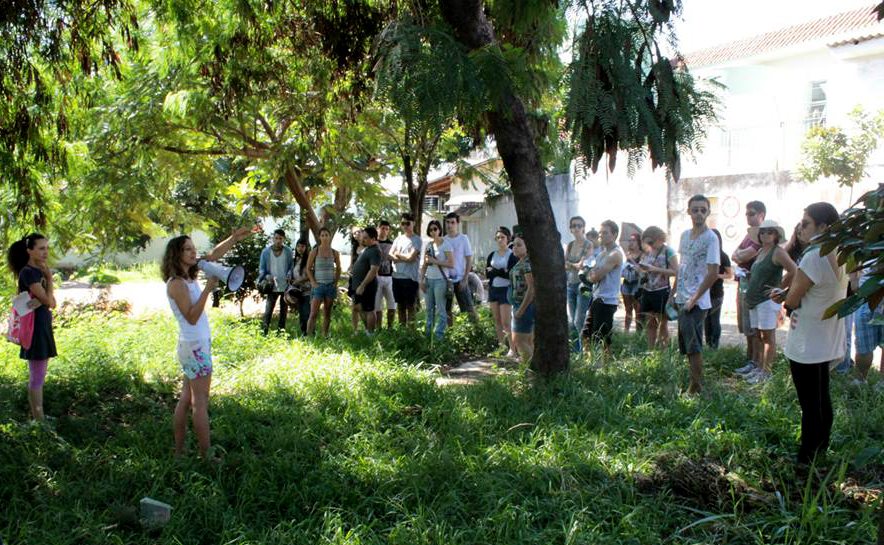
In Goiânia, Sobreurbana has been promoting Jane’s Walks since 2013: free community walks, based on Jane Jacobs’s ideas and aiming to bring people out to the streets to discover, observe, and discuss their city and their neighborhoods. Sobreurbana also produced Goiânia’s Urban Ecology Week, joining specialists, researchers, professionals, politicians, and citizens to share their knowledge on that subject. These activities aim to raise awareness about urban issues and to discuss possible solutions.
Also in Goiânia, a movement leaded by the construction industry organized public sessions to debate and ideate the future of the city in the long term. The purpose was to create a city development council composed of different actors in the civil society as a means to pressure politicians to make the right choices for the city. On the environmental panel, it was unanimous that green roofs are necessary in a future sustainable city.
We believe that these kinds of initiatives, promoted by different sectors of society, can play an important role in the establishment of public policies for green roofs.
about the writer
Ulrike Grau
Ulrike Grau has been involved in green roof design and the setup of plant trials in Spain, Puerto Rico and Mexico. She is currently working at the agricultural Chapingo University in Mexico.
Ulrike Grau
My gut response is “Sure, in an ideal world, all public and private buildings would have a green roof.” While it is relatively easy to require a green roof in every new construction, things seem to be a bit more difficult for the thousands of already existing buildings. You’ve got the building up and running, have fulfilled all the legal requirements, so why spend extra money on something that mainly “only” benefits the environment?
I have been living in Mexico for 15 years and things have moved forward considerably over this period. In 1998, the first green roofs were installed on public buildings in Mexico City, on the initiative of the city government, later followed by urban public schools. As in most cities, the environmental regulations of Mexico City oblige all new constructions to compensate their impacts through a series of different programs and specific actions. Since 2012, these have focused more on green roofs and green walls as a means to guarantee green areas in new development projects. Also, fiscal incentives for green roofs range between 10 and 15 percent off property taxes.
Apart from the recognized environmental benefits of green roofs, the City takes advantage of other benefits: put a green roof on a school and you can use it for environmental education. Following this principle, over the last four years, the government of Mexico City has financed almost 35,000 m2 of green roofs on public schools and hospitals.
Though all these actions sound good, they still seem to be a drop in the ocean. Why doesn’t every single governmental building, school, and hospital feature a green roof yet?
It probably does not only boil down to the major money issue, but also to the fact that relatively few local green roof companies exist which are able to fulfill legal requirements for governmental contracts as well as having the capacity for managing bigger building sites. And even with established companies, sufficient supply of materials, such as plants, can be a limiting factor at times.
Especially with green roofs on public buildings, one possible way out of the dilemma springs to my mind. Promoting and financing green roofs should not only be up to the Secretary of Environment, for example. It should be a combined effort of several governmental entities such as the secretaries or departments of:
- Finances — let it spend part of the city’s income on green roofs
- Education — use green roofs as a source of environmental education for the youngest citizens and for further research
- Health — implement green roofs on hospitals and as a general means of reducing stress levels induced by living in an ocean of concrete
- Economic Development — support the creation of new green roof companies
- Social Development — lead the way by turning green roofs into recreation centers, food production units, and locations of social cohesion
- Rural Development — show rural communities a way to a new source of income such as producing green roof plants
- Housing and Urban Development — implement policies to include green roofs in every urban development
…and—why not?— even the…
- Secretary of Tourism — be the first one to offer green roof tours.
While most of these ideas are directed towards a general support of green roofs and the strengthening of the corresponding industry, those secretaries could also be politely obliged to “sacrifice” a percentage of their budget on the actual implementation of green roofs. Or is this being too optimistic?
about the writer
Angela Loder
Dr. Angela Loder is a researcher and strategic planner whose work focuses on the relationship between occupant health, buildings, and urban nature.
Angela Loder
The biggest challenge, and possibly the most difficult to overcome, is cost. Green roofs cost at least twice as much as a conventional roof and the benefits are dispersed over multiple factors—private and public, energy and habitat, air quality and social/psychological well-being. This makes it harder to figure out who should pay for a green roof, particularly for public entities. Getting green roofs on public buildings also requires industry and municipal staff training, as well as the alignment of the planning and building codes, which can be obstacles to green roof implementation. How successfully green roofs are adopted can be indicative of a city’s overall ability to implement environmental initiatives, as their benefits cross departmental jurisdictions and thus require economic, socio-political, and ideological buy-in by different departments in the city.
For example, the City of Toronto initially paid for their Eco-roof incentive program using money from Toronto Water (for the stormwater mitigation benefits of green roofs), but the incentive program did not initially cover nearly enough of the cost at $10/square metre ($1/square foot) to encourage green roof implementation. Though in 2007, costs increased to $50/square metre/ ($5 square foot) and up to $100,000 per project, the real green roof shift came from City’s 2010 legislation, which required all new developments over 2,000 square metres (21527.82 square feet) to install a green roof. This required a graduated coverage ranging between 20-60 percent of available roof space for institutional, commercial, and residential buildings. It should be noted that this legislation also required a provincial legislation that allowed the City of Toronto to require and govern a more stringent green building code than required by the province. Similarly, while Chicago also had a green roof incentive program, it was their Green Matrix that placed Chicago as the national leader in the US for multiple years in a row. The Green Matrix requires projects receiving public money and/or building in certain areas of the city (such as the Loop) to choose a green building option, one of which is a green roof.
There are two lessons to be learned here. (1) Though incentive programs encourage early adopters and some green roof traction (especially among residential projects), there is some indication that these developers would have put a green roof up anyway, as it encourages their brand or reflects their beliefs. This is happening in New York City, where high-end condos are using decks and green roofs as amenity spaces for residents, regardless of municipal legislation. Requirements, code, and limited choices to encourage ‘greener’ building options seem to be the most effective methods for encouraging green roof legislation where there isn’t a market to encourage green roofs. (2) There may be legislative changes that are needed in order to require green roofs, and this can necessitate state and municipal coordination.
Would green roofs on all public and/or private buildings be a good idea? In cities with serious stormwater or urban heat island issues, possibly, but they need to be integrated as part of a larger plan and a broader discourse on resilience in the face of climate change, with green roofs being part of ecosystem services.
The other area where I see green roofs being pushed is in the health and design industry. Biophilic design is increasing in popularity and explicitly mentions visual or physical access to nature, including green roofs as an option to achieve this access in densely built urban environments. Healthy buildings are also increasingly looking at adding greenspace for their tenants based on research that shows that looking at a green roof can improve concentration and calmness and can contribute to well-being. For example, the new WELL Building Standard has green roofs as one of their biophilic design optimization strategies.
Thinking of green roofs as providing more than just stormwater and urban heat island benefits will engage the public and make green roofs more popular. To paraphrase the former Mayor Daley of Chicago, ‘people need to see that you’re doing something’ and green roofs, with their symbolism of progressive design and environmentalism, might be the mascot many cities need.
about the writer
Amosh Neupane
Amosh Neupane is a 19 year old climate activist is a sophomore at Middlebury College in Vermont. He's worked with Global Kids for the past three years, and is an alumnus of Global Kids’ Human Rights Activist Project and the Greening Western Queens Internship program.
Amosh Neupane and Kate Scherer
We live in a city, New York, that is over 190,000 acres, yet only 19 percent of this is green space. One solution to this issue is the installation of green roofs on all of New York City’s public schools. I (Amosh) first learned about “green roofs” when I was an intern for Global Kids, Inc. and the Horticultural Society of New York‘s collaboration on the North Star Fund’s “Greening Western Queens” summer program. During the course of the internship, we sat in on classes on green roofs, visited several of them, attended information sessions, brainstormed ideas on how to make one, and walked around neighborhoods to collect signatures for petitions all through the summer.
One of the biggest obstacles to building green roofs on public schools is the cost of the work. Constructing a green roof can range from ten to thirty $US per square foot. The structure of a green roof includes insulation on the roof, a waterproof membrane, a drainage layer, and a layer of light soil. In addition to these fees, there is also the issue of hiring an engineer or architect. Logistical issues can arise in the building process. Before starting construction, the original roof must be in good condition. If it is not, then there must be repairs. There is also an annual cost in maintenance that can vary depending on the size of the building and its accessibility.

Cost issues often deter public schools from even considering the idea of a green roof. However, there are ways to build green roofs at lower costs with minimal maintenance—this is what we aimed to do (and did!) at Global Kids back in 2013. Our goal was to convince the NYC Department of Education to build a simple green roof on one public school in each of New York’s five boroughs. We wanted to do this at schools and in neighborhoods that desperately needed green spaces. My supervisor designated my school, William Cullen Bryant High School, in Queens, as a school that was in dire need of a green roof.
William Cullen Bryant High School is located in the Long Island City neighborhood of Queens. With two major power plants in operation in the vicinity and many industrial complexes running in Woodside, Astoria, and Long Island City, Bryant lies in one of New York City’s most environmentally challenged neighborhoods. The majority of students attending Bryant are immigrant or first-generation Americans and living in low-income communities of color. In the Global Kids’ Leadership Program at my school, I learned the importance of empowering youth to create social change. Kids attending schools such as Bryant often faced injustices perpetuated by socioeconomic factors. Our schools aren’t as robust as the ones in more privileged neighborhoods. There are dismally low numbers of healthy, fresh food markets and restaurants in the area. Often, students and families from these communities are unaware of the importance of a pollution-free environment, green spaces, and fresh food for their minds and bodies. If people are not educated about the effects of climate change and pollution, they often don’t advocate for things such as green roofs on schools because they don’t realize their significance. Through our green roofs campaign, Global Kids students wanted to alleviate some of the environmental issues in underserved neighborhoods.
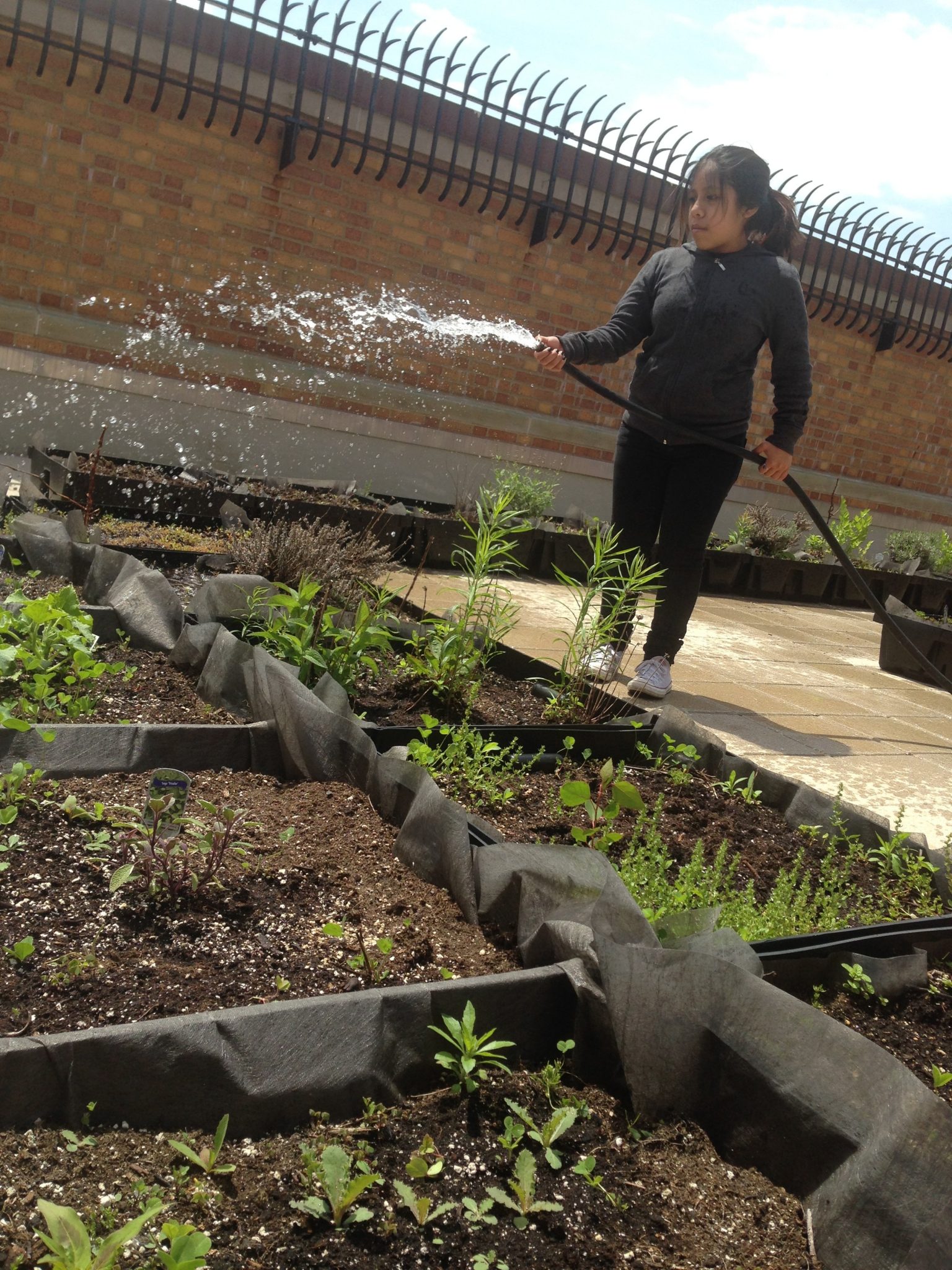
The importance of green roofs cannot be understated. They reduce carbon emissions by cooling the building. Green roofs also cool the surrounding air, decreasing heat island effect. In addition to helping overall temperature and gas emissions, green roofs can also protect our water supply. Green roofs absorb excess stormwater, stopping it from flooding our streets and backing up our sewers. By putting green roofs on every public school, we would ensure that every neighborhood in New York City would have its environment improved. If we limit the amount of green roofs to only commercial buildings, we would only see improvement in the environment in select neighborhoods in New York. These green roofs can also act as science classrooms for students. With their new climate knowledge, future generations of students will advocate for better environments for their communities.
By 2013, after two years of work, we made several remarkable accomplishments. After several months of successful campaigning, Bryant High School had a green roof. To reduce costs, we decided to use simple planters rather than put soil on the entire roof. We planted basil, thyme, tomatoes, lavender, and mint, among many other herbs and vegetables. Even though we hadn’t managed to reach our campaign goal of building a green roof in one public school in all five NYC boroughs, we had managed to get a green roof for one school in a heavily environmentally burdened neighborhood. Another of our vital achievements was influencing the Department of Education’s Office of Sustainability to publish the “Guide to Green Roofs on Existing School Buildings,” a handbook on how to retrofit public school buildings with green roofs. We also led a community discussion on sustainability and climate resilience.
![]() Today, the green roof at William Cullen Bryant High School is tended to and managed by the students participating in the Global Kids program—there is no need for outside maintenance, eliminating a huge potential cost. A year ago, the school set up a farm-stand and the proceeds of the sales were used to aid victims of Typhoon Haiyan in the Philippines. The site also serves as an education space for certain science classes. Tehmeena Khan, a rising junior at Bryant, says:
Today, the green roof at William Cullen Bryant High School is tended to and managed by the students participating in the Global Kids program—there is no need for outside maintenance, eliminating a huge potential cost. A year ago, the school set up a farm-stand and the proceeds of the sales were used to aid victims of Typhoon Haiyan in the Philippines. The site also serves as an education space for certain science classes. Tehmeena Khan, a rising junior at Bryant, says:
“The green roof is an ideal place for me to wind down, contemplate things I’ve learned at school, hang with my friends, and just indulge in some gardening. I like the escape it provides from the stressful academics of the school, despite its location within the school walls.”
about the writer
Kate Scherer
Kate Scherer is a 15 years old junior at the Notre Dame School of Manhattan. Kate has been with Global Kids since 2014 and has been working as a youth activist since, especially on climate education.
about the writer
Matt Palmer
Matt Palmer is a senior lecturer in the department of Ecology, Evolution and Environmental Biology at Columbia University. His research interests are primarily in plant community ecology, with emphases on conservation, restoration and ecosystem function.
Matt Palmer
Infrastructure is expensive and retrofitting older buildings with new technologies takes time, money, and a tolerance for risk. In many regions, green roofs are new enough technologies that the cost and benefit calculations are not robust. Few cities have green roofs with extensive monitoring data, so many questions remain about how well green roofs perform their stated benefits—especially when considering how these benefits may vary over time. Given this, it is understandable that many municipal governments have been slow to adopt green roofs for public buildings or to require them of private building owners.
The range of possible green roof designs is extensive—there are choices on drainage materials, the depth and composition of the growing media, and the composition and maintenance of vegetation, to name only three axes of variation. While having choices is great, there are also tradeoffs involving costs and benefits. For example, a thicker layer of growing media will capture more stormwater and support a greater biomass and diversity of plants, but adding thickness increases both installation costs and the wet weight, thus increasing the structural load. Choosing the right design will vary from building to building based on engineering and financial issues and on the desired kinds of human interaction (e.g., visibility from surrounding buildings, passive recreation, educational use). Some designs will succeed on one building but not others, and some designs may succeed in one city but not in others. While it is exciting that design choices abound, the work of comparing them—especially across cities and through time—has only just begun.
Some of the benefits of green roofs can be realized at lower cost with other technologies. Many of the energy benefits to individual building owners can be achieved more cheaply through better insulation and HVAC upgrades. Stormwater can be captured and stored more cheaply at ground level with bioswales, basins, and storage tanks. Green roofs could offer benefits that these other technologies cannot—extensive greening in densely built neighborhoods with potential neighborhood aesthetic and cooling benefits—but these benefits are hard to value quantitatively. Though green roofs are sometime touted for their ability to filter stormwater, they increase runoff nutrient concentrations in many cases, making them far worse for water quality improvement than other types of green infrastructure.
Some of these limitations to green roofs can be overcome with innovative design and associated research on green roof performance. With regards to vegetation design, there are exciting advances in trialing a greater range of plant species such as a recent program at the Chicago Botanic Garden. Much of this work is horticultural in nature, focused on survival, growth, and aesthetic appeal. It will take the next step of translating these findings to ecosystem functions, such as potential for stormwater capture, cooling, and effects on nutrient and pollutant capture, to be able to evaluate how plant choices might affect the overall benefits of a particular design.
Since green roofs are dynamic, living systems, it is also important to study how plant and soil communities change over time. Many building owners will have limited resources for green roof maintenance, especially over the long term. Without regular care, some plants will die out while others will spread, including “weeds” that will arrive and establish on their own. Since green roofs are usually built with expectations of a long life, it is critically important how the living components of a roof will change as the roof ages. These successional dynamics will be affected by maintenance efforts and will influence the value provided by green roofs.
So, what would it take to greatly increase the number of green roofs? Convincing evidence of the benefits, realistic comparison of the costs in comparison to other technologies, and a solid sense of the long-term return on investment. There are many aspects of these cost-benefit relationships that are hard to quantify, but there are research groups around the world contributing to our collective knowledge. Whether building all these roofs would be a good idea depends very much on what we all find.
about the writer
Kerry Ross
As a LEED© Accredited Professional and one of the first Green Roof Professionals, Kerry Ross operates Green T Design, Inc. a design-build company focused on lessening impacts of buildings on the environment through the continuum of landscape and architecture – green roofs and living walls.
Kerry Ross
Why don’t all public or large private buildings have green roofs?
In Calgary, Canada, we have been slower to adopt green roofs than we ought to be despite being the first municipality in Canada to implement the requirement of a LEED Silver (now LEED Gold) certification for all new municipal buildings and major renovations. This early adoption brought tremendous awareness of and action in the building design and construction sector to lessen environmental harms and attain targeted levels of sustainability, which, in turn, led to the development of New Best Management Practices for buildings.
However, a lack of understanding of the performance of green roofs and how they contribute to LEED certification has led to green roofs being overlooked not only for public buildings but many other building projects. This has resulted in fewer uptakes in favour of other competing technologies (reflective roofing, solar panels, etc.). There is also concern that LEED may not adequately value or reward green roofs.
The capital costs of green roofs are higher compared to other alternatives and the business case for their use is poorly understood; hence, they are often thought of as a luxury feature. For instance, while working in Edmonton, I became aware of concerns expressed by their Mayor for the expense associated with green roof technologies for publically funded projects. Efforts were made by the design team and administration to demonstrate the value to the project and the green roofs were retained.
Many of the same reasons that green roofs are not incorporated on all public buildings also impede their uptake on large private buildings: higher first costs, lack of full understanding of the multiple benefits, competing technologies, aesthetic preferences, etc.
On many large projects, particularly mixed-use commercial developments with residential towers, the local planning department promotes the inclusion of green roofs. These green roof projects are typically developed as intensive rooftop gardens for open space amenities.
It is my experience that green roofs are included in either public projects or large private buildings only when there is a champion of the technology amongst the stakeholders or when the planning department makes them a requirement.
Is this a good idea?
An increase in green roof implementation would be beneficial to my region. While we have an excellent stormwater management system overall, our region is subject to sudden, intense rain and hailstorms. This can overwhelm the catchment systems and causing flash floods, particularly in established neighbourhoods.
Hail damage to buildings, including to roof waterproofing, is on the rise, which has resulted in some very large insurance claims, making the protective covering of a green roof a wise choice for building owners.
As one of North America’s sprawling municipalities, Calgary is actively promoting “Smart Growth” to encourage higher density development. Accommodating multiple functions on site, including places for people, and providing habitat and ecosystem services, all while making density more attractive, would be a definite win-win.
With our new Biodiversity Action Plan, there are opportunities to look at rooftops as sites to compensate for habitat loss and enhance the ecological network in the city.
Whether public or private, green roofs on large-scale developments are an excellent idea, as they would profit from greater economies of scale, create positive environmental impacts in the city, receive higher visibility, and encourage more organizations and individuals to incorporate green roofs.
What would it take to make it happen and to make it worthwhile?
As a first step, our municipality could expedite the approvals process by making it easier and more streamlined, particularly for owners who voluntarily integrate green roofs. Other incentives that we should consider include a renewal of the density bonus, reductions for stormwater fees, or tax breaks to motivate project teams eager to incorporate green roofs.
Broad education and training is needed at the local level to more fully understand the business case for green roofs in our region and to and convince design teams and municipal leadership that the initial capital outlay is worthwhile. Closing the gap between research and practice will further facilitate appropriate local solutions, improve success and help lower the upfront costs.
It is also important to shift our appreciation for new forms of urban landscapes and aesthetics. In many areas of the country, it is understood that vegetation goes dormant in the heat of the summer; however, we remain infatuated with the mowed, green lawn despite our low level of precipitation (399mm/yr). Recognizing the potential for more frequent droughts in our future, we need designs that incorporate water-wise strategies and better ecologically performing vegetative practices.
about the writer
Kaveh
Kaveh Samiei is an architect and researcher in built environment sustainability.
Kaveh Samiei
I prefer to answer the question with particular reference to current conditions in Tehran. Loss of green urban areas during the last century and high rise construction has meant that vertical green technology is now the most effective way to implement greening in Tehran.
One group of people assigns the built and natural to distinct realms. Others make efforts to achieve significant integration between built and natural realms, including using green roofs.
But why vertical? Aren’t there other choices? And while we don’t take advantage of green spaces on lands correctly, why do we need to implement vertical green spaces that consume more time and money? Don’t forget, the design and construction of vertical vegetated systems requires sufficient skill, room for experimentation, and, finally, appropriate and adaptable technology.
Despite these arguments, there are many benefits of vertical greenery right now in the middle of polluted and crowded cities such as Tehran. The main reasons for utilizing vertical greenery are:
- Shortage of unoccupied lands for urban greening in most metropolitan areas
- High-rise construction and the growth rate of overall of grey surfaces where flat green spaces can’t develop more
- More benefits through utilizing vertical green skins rather than ordinary green spaces
- The possibility of making an integrated green space network by greening each building and attaching separated parks and green spaces to them
Recently, rules about green roofing in large cities have been approved. They include incentive programs, i.e. the ability to increase building density on top of public and governmental buildings if a green roof or roof garden is installed. Also the Headquarter of Vertical Green Space Development, a governmental organization in Iran, has begun work in the “Tehran organization of green spaces and parks”. Some municipal branches and “Park and green space organization” headquarters now have a green roof, or their facades became green during recent years, although the quality is questionable!
The main barriers to future development are created by the lack of understanding of the benefits of green skins among people and environment-construction managers. Knowledge, acquired through education and exposure to existing technologies, is critical. Still, in some schools of thought in architecture and construction, vertical greenery is viewed by professors and tutors as merely decorative! Still, encouraging change is beginning.
In addition, vertical vegetation systems are typically very expensive, very slow to mature, or both. Therefore, when vertical vegetation projects are considered, it is important to be able to make informative design decisions at an early stage.
In Tehran, the acceptable exemplars meeting minimum of standards are limited. A semi-arid region is not a heaven for green roofers but choosing plants intelligently, using suitable layering systems, and finding an appropriate irrigation system are the mysterious components of successful green roofs that normally are not specified in most exemplars! Certainly, ecological and environmental benefits of a green skin are the last or forgotten element here!
The worst trend underway in vertical greenery in Iran is limiting ourselves to an ornamental view—an orchard on a rooftop! From the current point of view, decorative beauty and large spaces are more important than other benefits. There is a necessity to shift opinions from this misguided, ornamental view of ground-level greenery on green roofs. The dominance of hard landscape over soft landscapes is another problem for inexperienced green roofers and designers.
We require educational and learning programs. The change must be happen in two main portions:
- Shifting traditional view points about vertical greenery.
- Adapting laws, codes, regulations, and incentives in the works and designs of law makers, designers, and contractors.
At least, educators must start to introduce vertical greenery in university classes and all architecture, landscape architecture, and environmental design students must take courses in this field. Definitely, the future of architecture and construction will be ecological; that’s not a preference or prediction, but a fact!
This is why most public and private buildings in Tehran have no green roofs yet. Planning for green roofs and living walls are important components of green development in urban planning alongside guiding suitable policy and providing standards and supportive regulations. With sufficient awareness, we can improve and develop vertical greenery in Tehran and throughout urban areas of Iran. We need to go towards such a green infrastructure framework for Tehran, bolstered by research and experiments.
about the writer
Julie Santos
Julie Santos is a Digital Art Director with a keen interest in urban greening and the improvement of the environment through intelligent regeneration.
Julie Santos
Public and large buildings do not host green roofs in their totality mainly due to a lack of appreciation and steadfast support—as a consequence, we are without the full power enlightenment can harness. Governments, business leaders, and communities alike need intense and constant education regarding green roofs and all the advantages these bring to the built environment, let alone our wellbeing. But is it enough with our current approach?
Living roofs and urban greening as a whole have definite roles to play in our cities, unifying and grounding us in the nature within our immediate surroundings. Advantages such as maximising food production, supporting life forms, and lessening our environmental impact are well documented arguments in favour of green roofs. As a Digital Art Director and Garden Designer, I feel my case is best put forward by touching on the design considerations of our daily experience within our cities—taking into account the end-to-end experience of our interactions and how these affect each person and our culture as a whole.
As we observe relationships with the built environment, it soon becomes evident that there is much frustration and stress caused by the everyday demands a modern city bestows on us. From the daily commute to the concrete jungle, there is little opportunity for pause and taking respite—essential ingredients in continuing with renewed energy whilst keeping healthy, connected, and centred. Modern cities as we know them today date back to a mere 250 years or so—it is no wonder, then, that we are not fully equipped for the demands these complex hubs expect from us, should we compare them with the millennia of earth’s evolution. Genetically, we still belong to seas and rolling hills, so ensuring our cities equip us with a balanced environment is not only advisable but essential.
Green roofs provide specific solutions to challenge the disconnectedness brought on by modern lifestyles. As focal points, they soften the visual landscape, allowing our eyes to rest whilst positively influencing mood through colour, sound, and texture. By supporting and improving fauna, green roofs retain our connection to nature, providing grounding and a sense of belonging. A lessened dependancy on regulating temperatures helps curb artificial environments, improving health and natural resilience while maintaining a closer-to-optimum environment for indoor plants to thrive—‘bringing the outdoors in’ and purifying air in a more natural manner. If green roofs can interact with added immersion in a natural environment, they bring a welcome opportunity to closely appreciate flora and fauna, encouraging the curiosity and observation that are essential to creativity and ‘out of the box’ thinking—key assets for professionals in all walks of life.
At present, we are heavily dependent on government support for social awareness and laws regarding green roofs. If we are to make the most of these unique offerings, we should strenghten existing research in Applied Service Design: mapping the lifecycle of a green roof with its key interactions as well as observing how the value in these interactions is directly brought into workplaces, homes, and our other social structures. This approach will reinforce our existing research and back up the scientific advantages with people-centric profitability, effectively influencing business and government interests by bringing swifter takeup via a profit-led understanding and, therefore, committed buy in.
There is still so much that can be done to maximise the understanding and appreciation of green roofs and why they are essential to any serious and forward-thinking community. I believe Service Design thinking can improve the effectiveness of the green roof message and ensure this most deserved cause harnesses the attention it deserves.
about the writer
Mark Simmons
Mark Simmons Ph.D. is Director of Research and Environmental Design for the Ecosystem Design Group at the University of Texas.
Mark Simmons
Why green roofs in hot climates are missing and why we need them there more than anywhere.
PREAMBLE Green roofs in temperate climates are too easy. They have been developed and adopted in the temperate and cool-temperate climates of Europe and North America. Although these regions can get extreme weather, they generally do not experience climatic extremes of high temperatures, prolonged drought, or intense rainfall events in the same way as tropical and subtropical regions. This presents challenges for hot climate green roof design to not only provide adequate growing conditions for plants, but also to improve roof performance with respect to all the intrinsic (e.g. cooling building, extension of roof membrane lifetime) and extrinsic (e.g. flash flood mitigation, reduction of heat island effect) benefits we expect. I suggest that the components of conventional green roofs, including plant palette and growing media composition and components, need to be modified. Here I identify the following barriers:
PLANT SELECTION First, we need to get away from traditional temperate plant palettes: plants adapted to thin, well-drained environments. High daytime and (as importantly) nighttime heat loads, drought, and floods mean a switch away from plant guilds with a narrow niche (e.g. most sedums) to those with a broader ecological breadth. Plants must be able to survive long-term saturation for weeks, as well as weeks or months of drought and seasonal or year-long heat.
WATER RETENTION AND PLANT AVAILABILITY Paradoxically, green roof design has been driven by the need for the conflicting goals of good stormwater retention and adequate drainage (both in the media and immediately above the roof membrane), while at the same time leaving sufficient available water in the growing media for plant uptake. These benefits are even more desirable in a hot climate to optimize retention of stormwater— prolonging its availability for plant use—and to be able to dry-prime media to accept the next rain event. Plant transpiration abilities and root morphology can be exploited to help this, but the conventional ‘sandwich’ design of media over root barrier over retention layer may actually interfere with this performance benefit.
HEAT It isn’t necessarily high leaf temperature that limits growth in the hot-climate green-roof environment. Most vascular plant roots have a much narrower temperature envelope of performance in comparison to aboveground stems and leaves. Although it is species-specific, generally the operational temperature range of root physiological processes is from 4°C to 30°C. Above that upper temperature limit, respiration and other root processes decline rapidly and certain processes, particularly the synthesis of secondary materials, slow down until temperatures climb above 48°C, where such processes stop functioning altogether. Conventional green roof media has a high fraction of expanded mineral component (clay, shale) and this can have high specific heat capacity and high conductivity; together with large pore space between particles, this allows for air movement, meaning that heat can travel vertically through the media to depth—remember that, on a hot day, media surface temperatures can exceed 70°C. On an extensive roof, this means reduction of effective root volume and reduced nighttime cooling.
CONCLUSION The characteristics of green roof water retention, plant water availability, plant selection, and thermal properties are all critical factors which need to be adapted to help address the harsher environmental conditions and performance demands of hot climates. If these problems can be overcome—and current research is showing that they can—then the combined environmental, ecological, and sociological benefits suggest green roofs could be an imperative technology for towns and cities in tropical and subtropical regions of the world.
about the writer
Kevin Songer
Kevin is a plant biologist, lawyer and acute aortic dissection survivor. His tropical and coastal green roof designs include installations in Main Street Disney, Orlando, Florida, on the island of Bermuda and on historic structures.
Kevin Songer
Today, many native wildlife and plant species struggle to compete with exotic, invasive horticultural and anthropogenically related non-native species for survival. Aggressive species with no natural predators are, in many areas, replacing native plants and animals at an alarming rate. Although change across our planet has always occurred, today’s rate of pre-Columbian ecosystem change has accelerated to the point where mass extinctions may soon be unavoidable.
Species extinction issues involve great risks to humans, including loss of potential medicines, of important economic resources, of longstanding traditions, and more. Unfortunately, invasive species colonization and native displacement is hard to control across most urbanscapes—except, perhaps, on green roofs.
We may never fully win the battle of preserving all pre-Columbian ecosystem component species. Over time, humankind will continue to lose critically important species to monocultures of aggressive plants and swarms of unnatural predator species, most brought on by our own anthropogenic activities.
Noxious species roots and seeds will cover the landscape, transported by roads, stormwater ditches, and urban runoff. Native flower blooms may be relegated to specimens in a museum or photos in a library book.
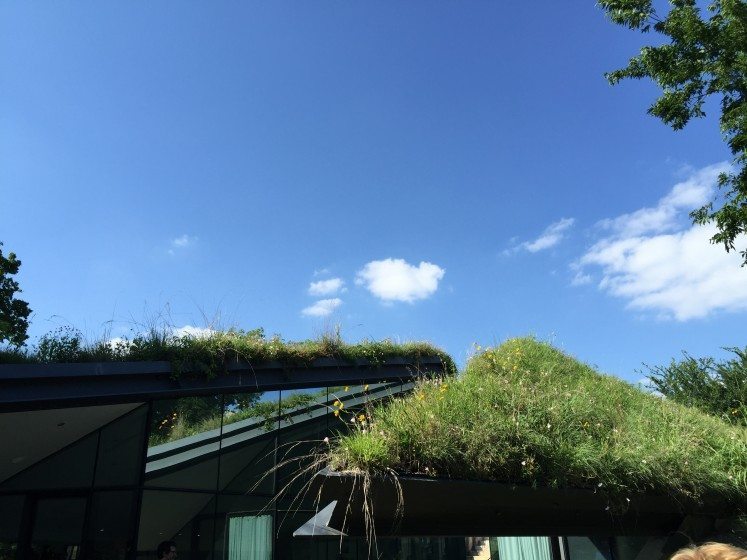 Yet green roofs, be they on a shed, garage, house, commercial building, apartment complex, or bus stop can truly make the difference between death and survival for many of our native plants and wildlife. With the health of the human species so closely related to successful functioning of those ecosystems around us, ensuring native plant and animal survival benefits humankind.
Yet green roofs, be they on a shed, garage, house, commercial building, apartment complex, or bus stop can truly make the difference between death and survival for many of our native plants and wildlife. With the health of the human species so closely related to successful functioning of those ecosystems around us, ensuring native plant and animal survival benefits humankind.
Yes, there are many sustainability-oriented reasons to require green roofs on new buildings, from urban heat island effect reduction to cleaning and attenuating stormwater to sequestering carbon. I suggest, too, that many of our native species, both plants and animals, may find last corners of uninvaded habitat on our city rooftops.
While ground-level landscapes can quickly fall prey to invasion of nuisance plant monocultures, green roofs have boundaries. Yes, maintenance on a green roof may be just as cost- and labor-intensive as ground-level exotic plant control. Green roofs, however have, clearly defined borders, usually free of an unrelenting and uncontrolled neighboring invasive grass, shrub, or tree patch.
Many threatened native plants thrive on green roofs. Case studies across the world have highlighted endangered plant colony survival successes in green and brown rooftop habitat.
Importantly, imperiled wildlife will seek out green roofs. We have seen the progression after installation of vegetated roofs of the arrival of smaller creatures: lizards, anoles, tree frogs, insects and dragonflies, butterflies and moths, each establishing its community throughout native vegetation on green roofs.
Here in Florida, as the first generation of smaller wildlife species became established on green roofs, additional populations of larger birds and reptiles begin to appear. Snakes soon forage through green roof plants for lizards and frogs, maintaining population control.
Following snakes come birds of prey tracking snakes, smaller birds, squirrels, and other green roof species.
Owls, red-tailed hawks, peregrine falcons, swallow-tail kites, osprey, and a pair of eagles regularly visit our green roofs, choosing perches in nearby trees and often taking the opportunity to feed on a ground mouse running through the neighborhood streets and yards below.
Green roofs are important wildlife sanctuaries in the concrete jungle, especially for those species endangered because of habitat loss. Green roofs should be considered necessary infrastructure—required for all new development for many reasons, but especially as a conservation measure, providing habitat for threatened and endangered species.
It may well be that future generations’ archaeological and paleontological expeditions will find that many pre-Columbian plant and animal species made their last stand atop our urban core rooftops.
about the writer
Christine Thuring
Christine Thuring is a plant ecologist who integrates her love of life into creative collaborations and educational dialogues. While her expertise is expressed particularly in the built environment (green roofs, living walls, habitat gardens), she is passionately practical and enjoys restoring peatlands, mentoring students, leading interpretive walks, and advocating sustainable and healthy lifestyles.
Christine Thuring
This question reminds me of the early days of LEED (Leadership in Energy and Environmental Design), the US Green Building Council’s credit-based approach to sustainable buildings. It was predicted that LEED would succeed in widespread implementation because the US government was its biggest investor. I don’t know if that’s true, but it makes sense. By investing in green building technology through implementation, the government would save tax dollars through improved energy efficiency of public buildings. More importantly, this would also help establish the market for all the bits and pieces required for this system of sustainable architecture to flourish, from carpets and windows to methods and process.
Turning to green roofs, I think it’s safe to say that the reason these systems are found on some—but not ALL—public (or large private) buildings around the world is because only some, but not ALL, civic leaders and building owners are fully aware of all the benefits green roofs impart. Any city with considerable green roof coverage has probably had at least one ‘green roof champion’ on (or within the fringe) of its council. Someone with sufficient interest and time to recognize that green roofs offer numerous benefits and are economical because of everything they can do.
Installing green roofs on all large buildings is always a good idea, I reckon. Benefits such as thermal efficiency, reduced material waste (e.g., extended lifespan of waterproofing), mitigation of stormwater, improvement of air quality, and habitat creation are just the tip of the iceberg.
To make this happen, my sense is that before anything else, you need that champion. Someone who understands green roofs’ potential and who has the skills to develop and maintain a program that will facilitate their implementation. (I look forward to the contributions from the green roof champions who are part of this panel!)
For such a program to be worthwhile, a future-oriented approach with a committed ecological vision is crucial. The reason for this emphasis is to offset the simple customer transaction kindly provided by the commercial green roof industry. While this arrangement makes coverage easy to achieve, it also leads to green roof installations that could be anywhere in the world, expressing little of each bioregion’s unique ecology. Sedum-dominated green roofs emerged from ecological design processes in 1970s Europe, and they are superb for that bioregion. The sedum roof is a trimmed down ‘basic common denominator’ resulting from decades of competitive innovation, however, and is lacking in contemporary ecological rationale (e.g., Decade on Biodiversity).
In other parts of the world, then, a future-oriented approach with committed ecological vision for widespread green roof implementation could mean ensuring that regional opportunities, such as the needs of migrating species, are considered. Off-the-shelf systems may be suitable, and sedums are fantastically resilient, but the opportunities that a new, large-scale vegetated roofscape could offer invertebrates, birds, and ecological processes must not be neglected. Trans-disciplinary conversations involving ecologists with green roof and other experts, within a framework of the region’s specified goals (e.g., biodiversity action plans), will also help to make widespread green roof implementation worthwhile for this and future generations, both for human and other forms of life!


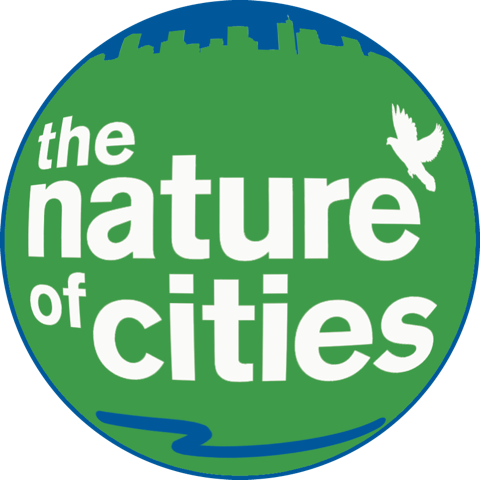
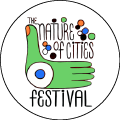
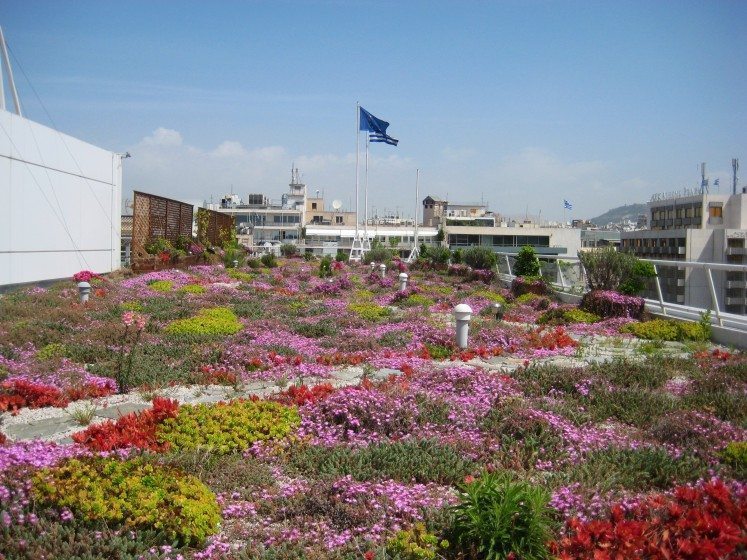
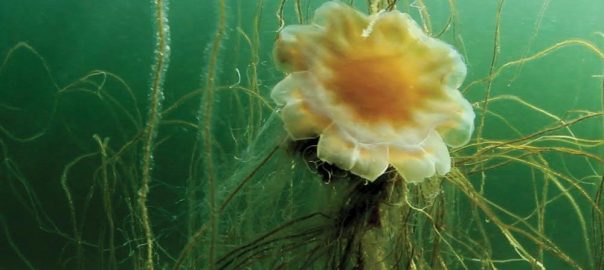
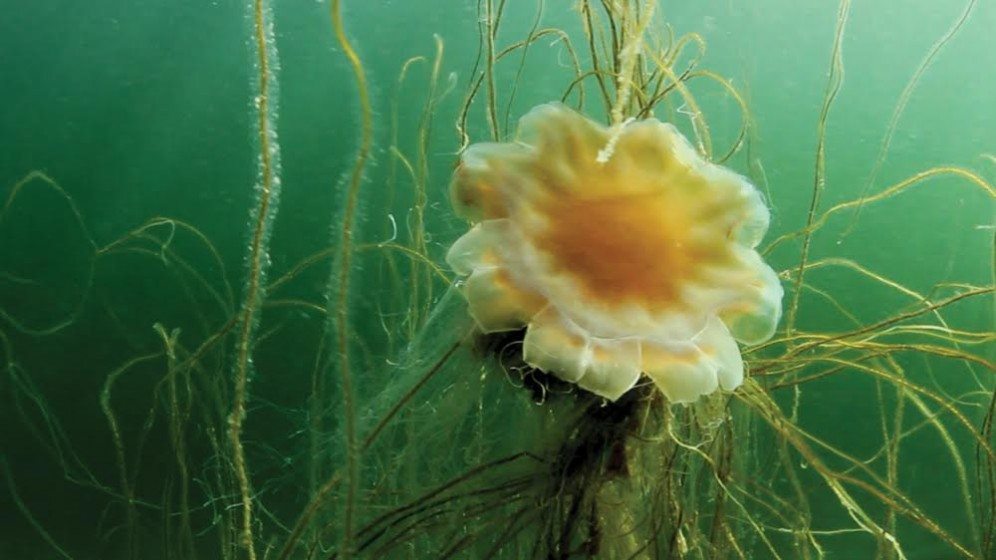
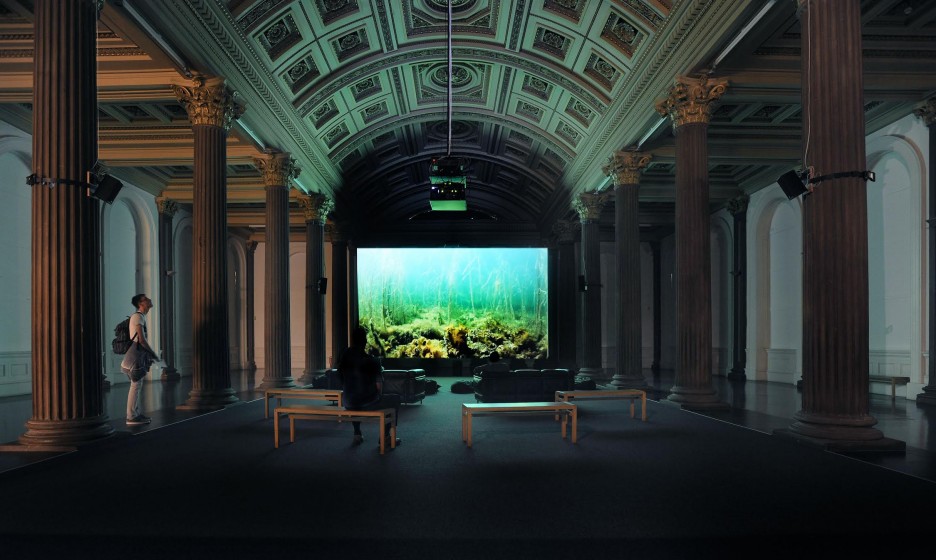

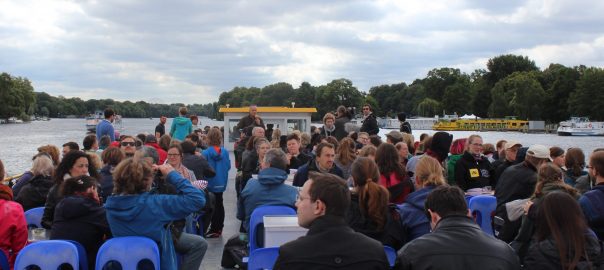
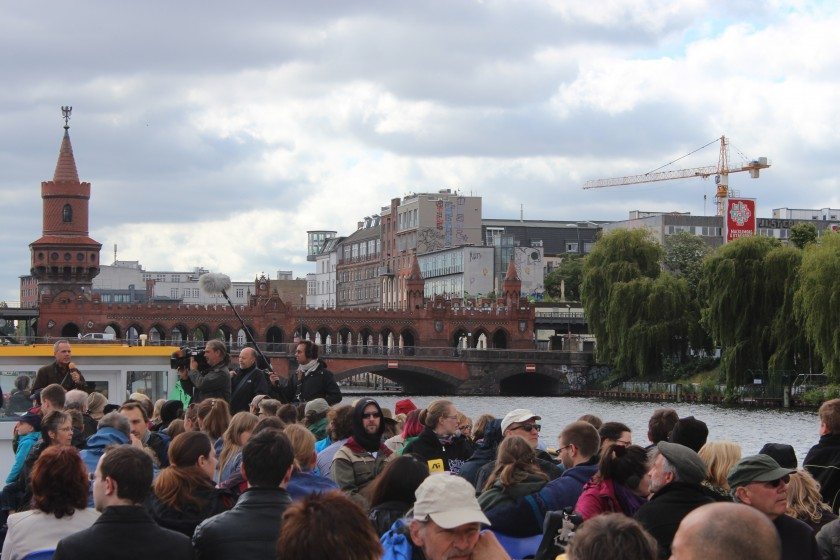
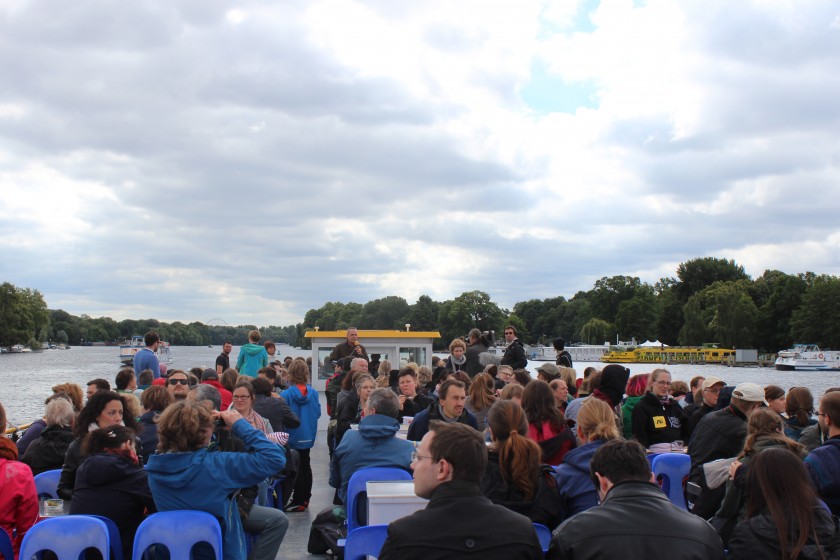
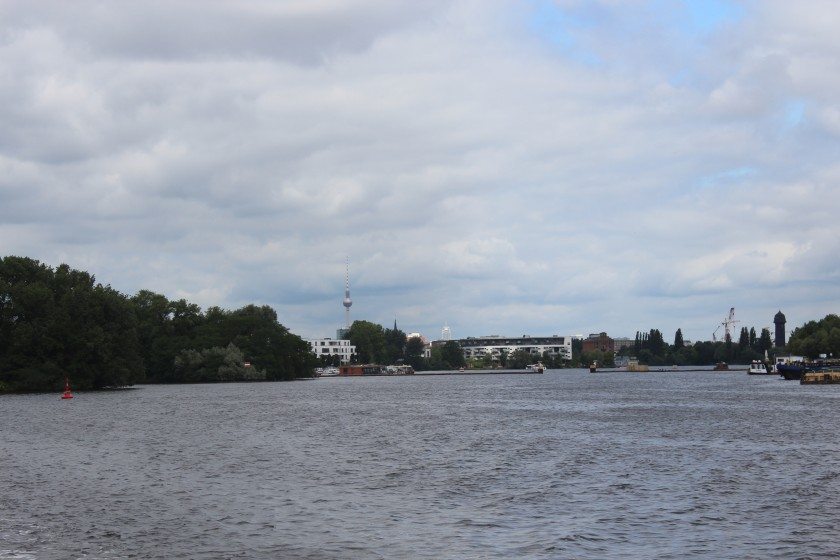
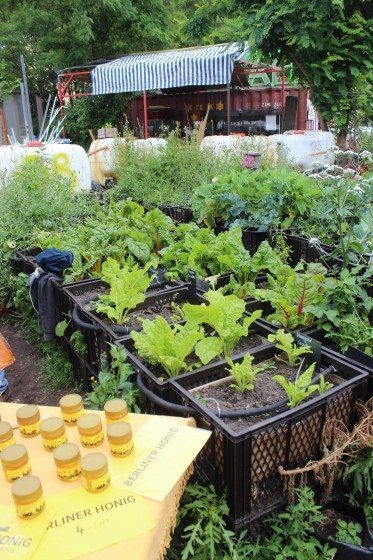
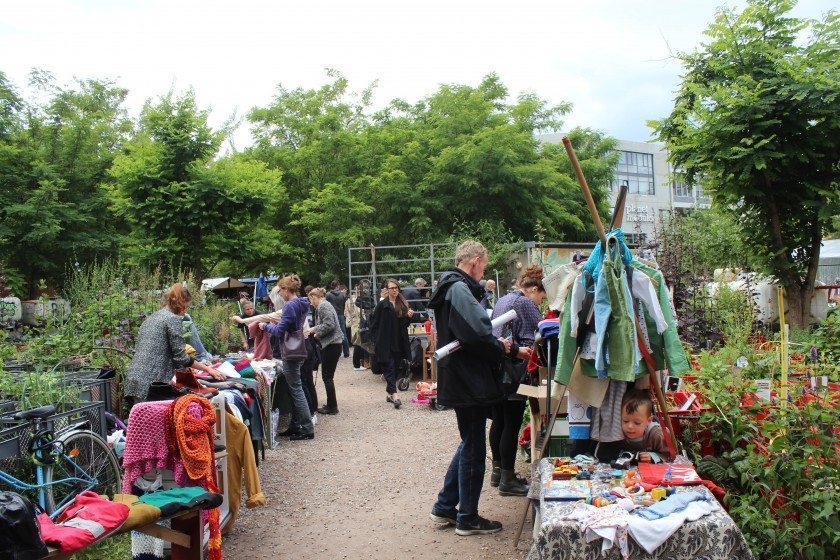
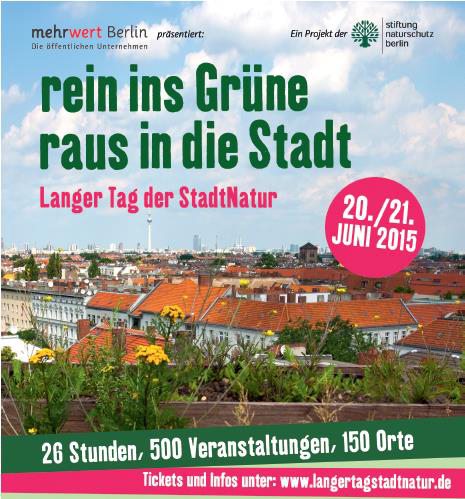
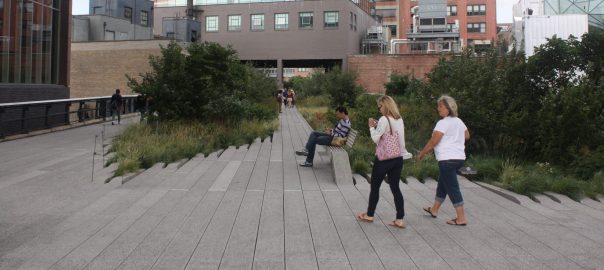

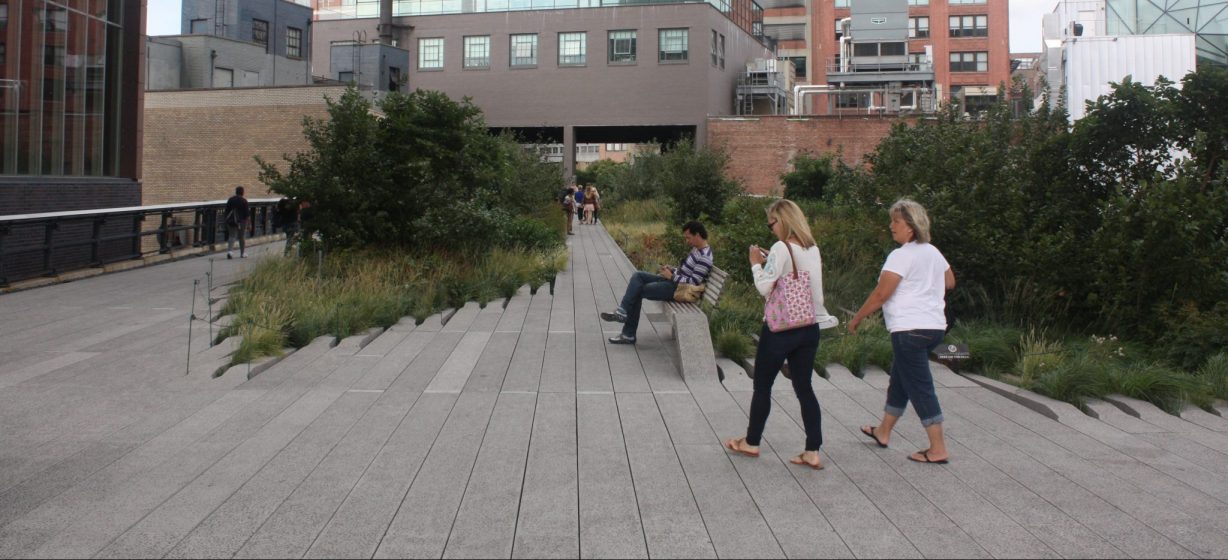
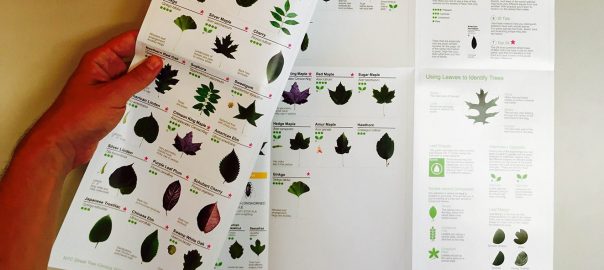
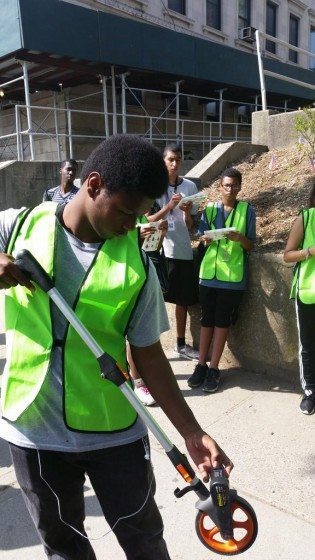

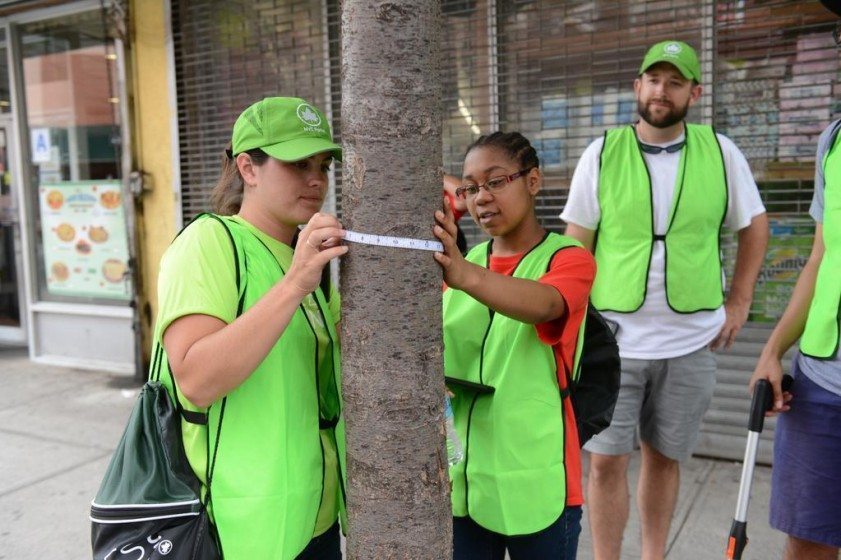
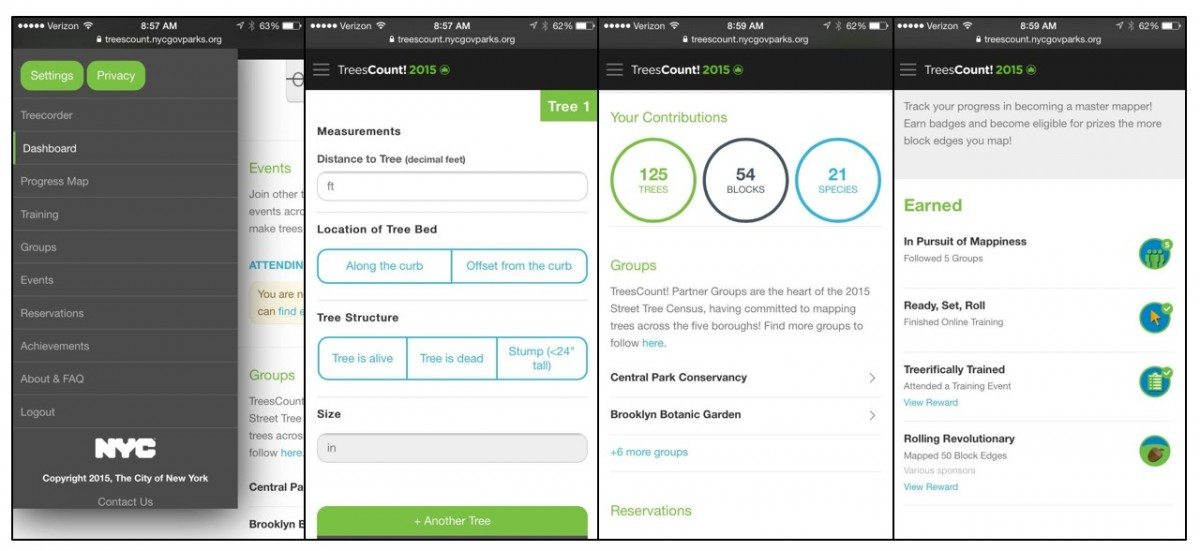
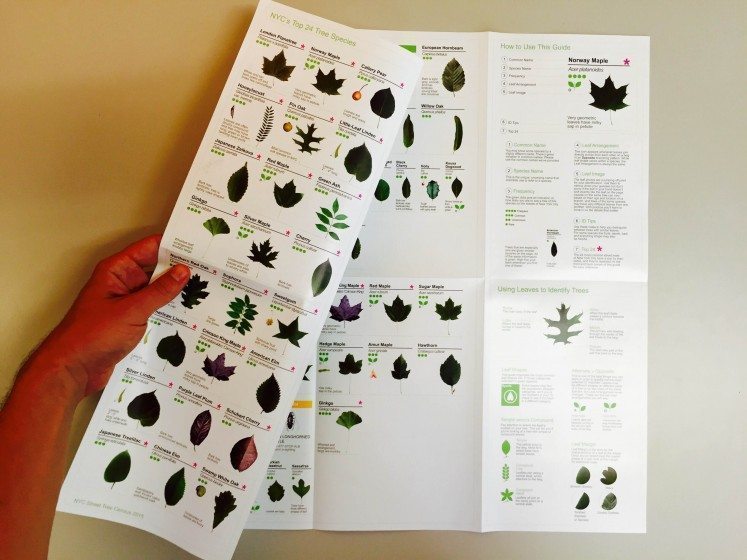
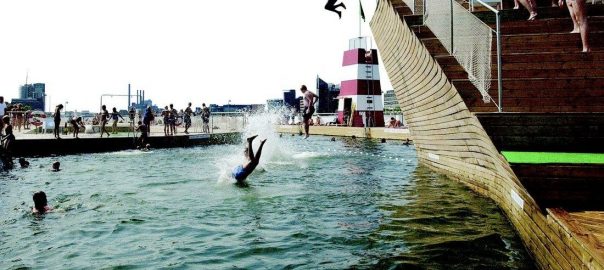
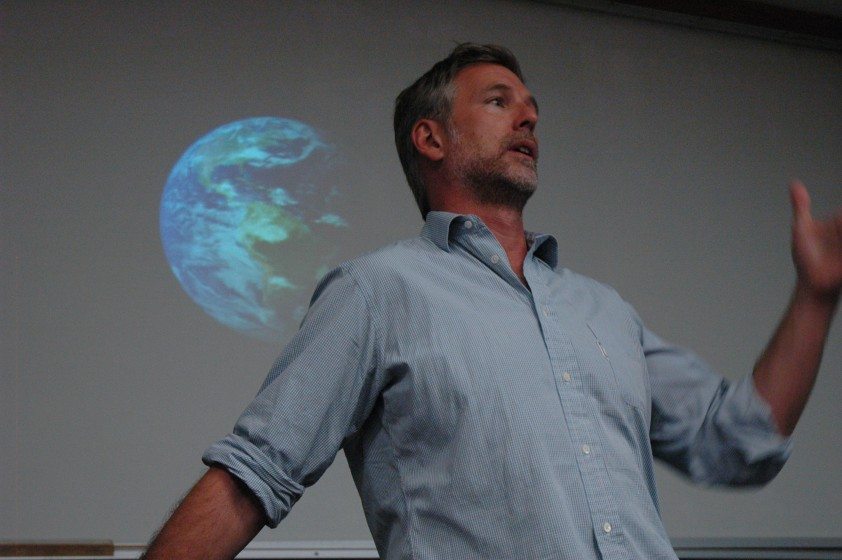
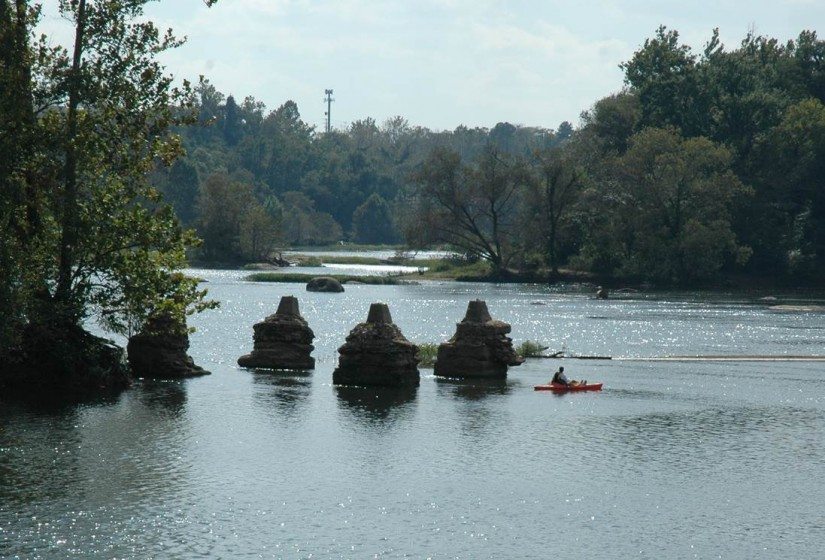
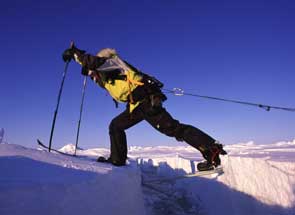

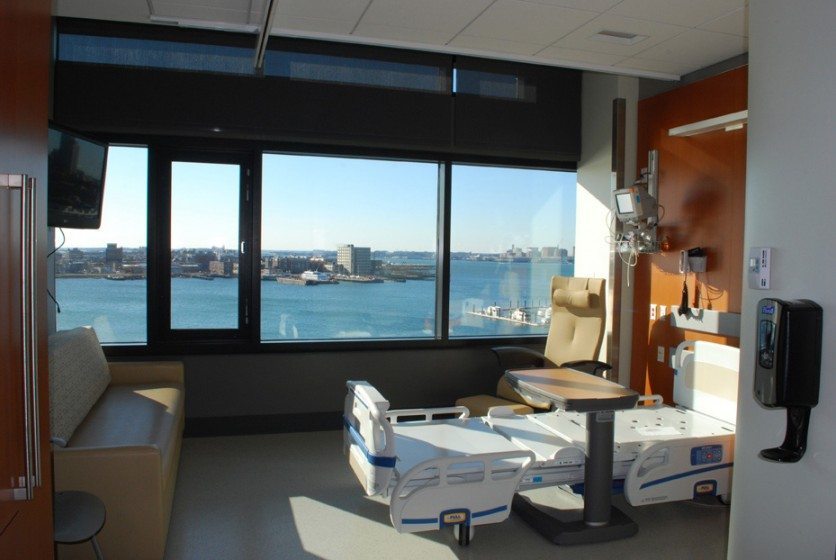
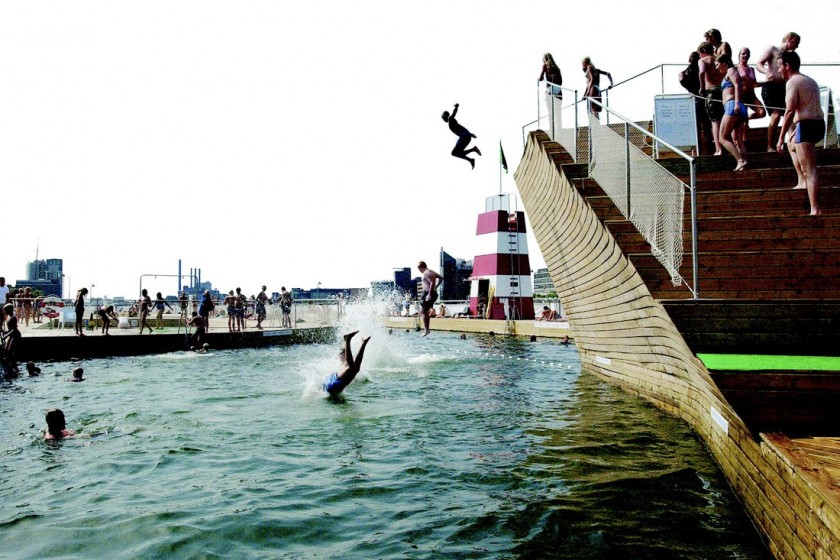

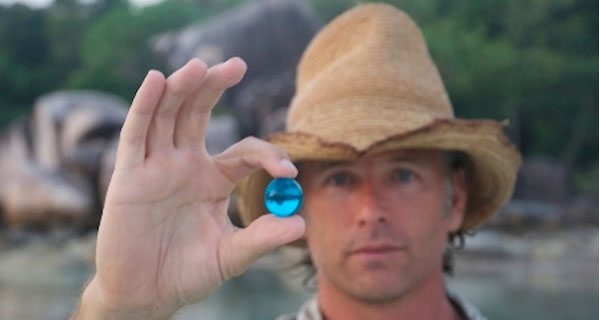
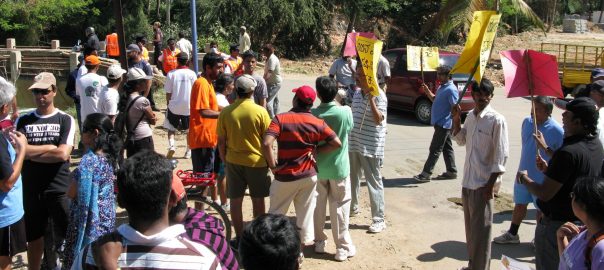
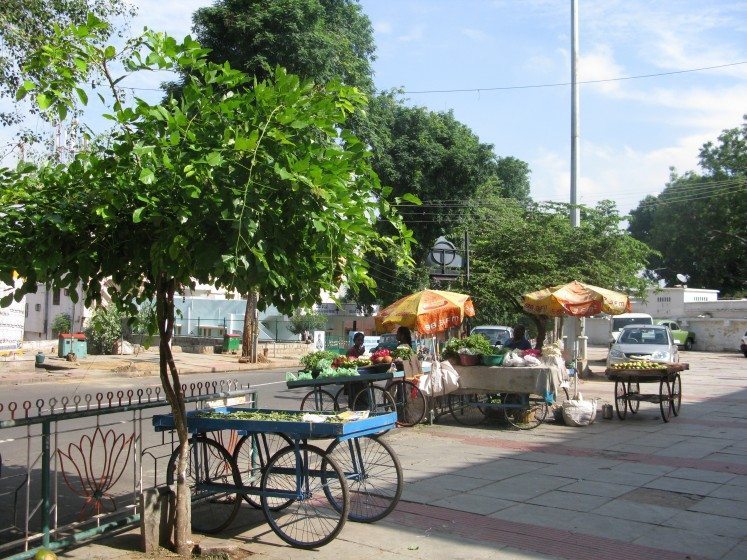
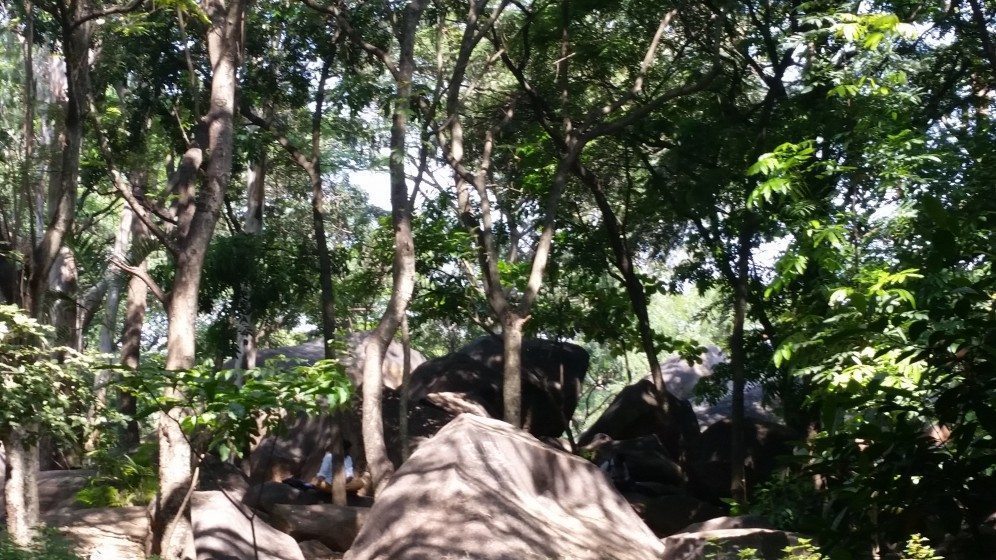
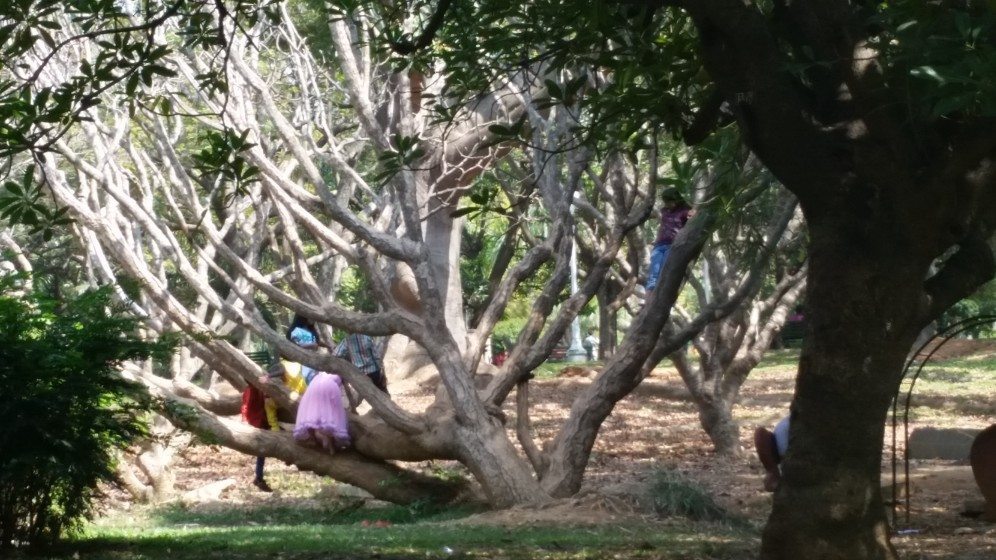

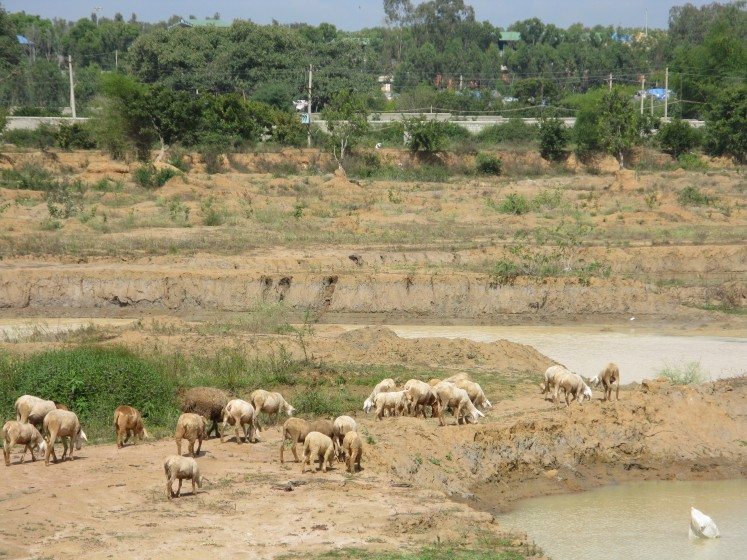
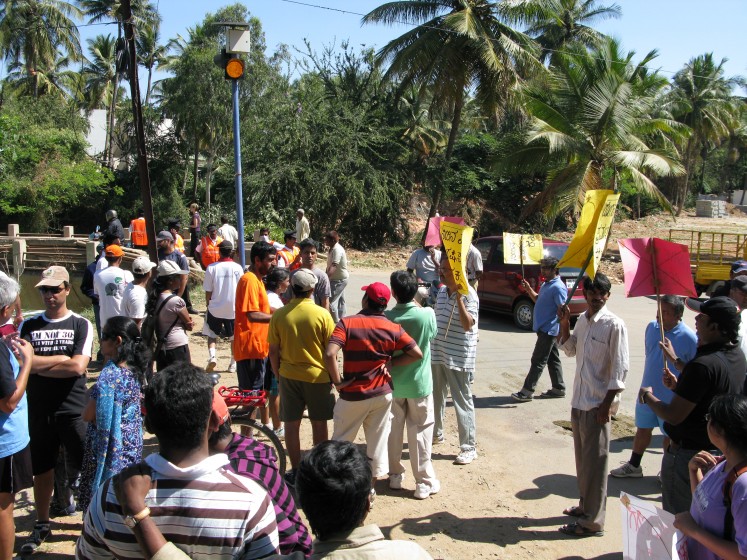
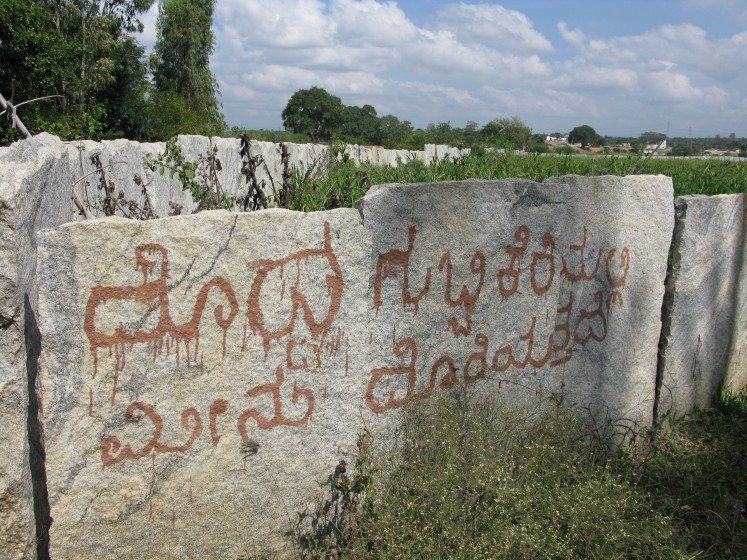
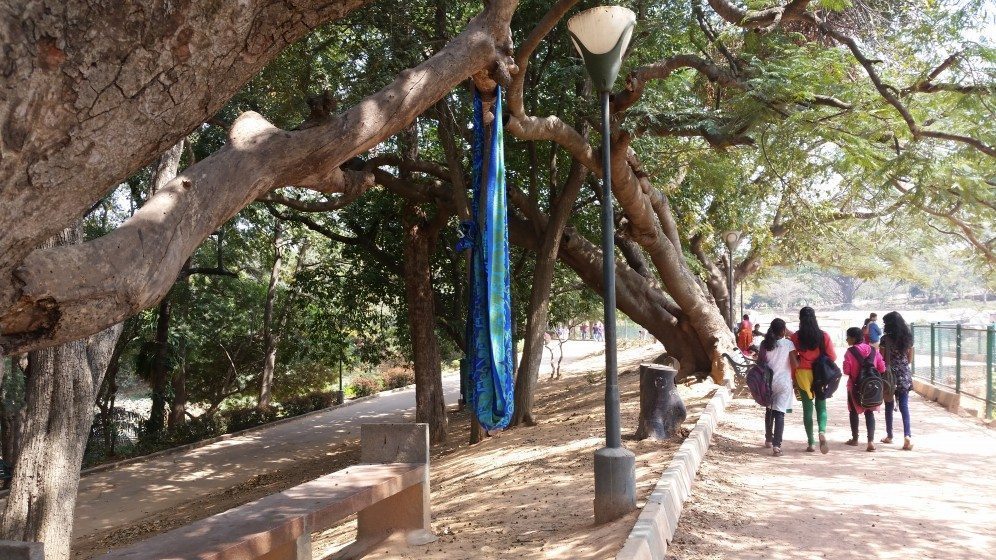
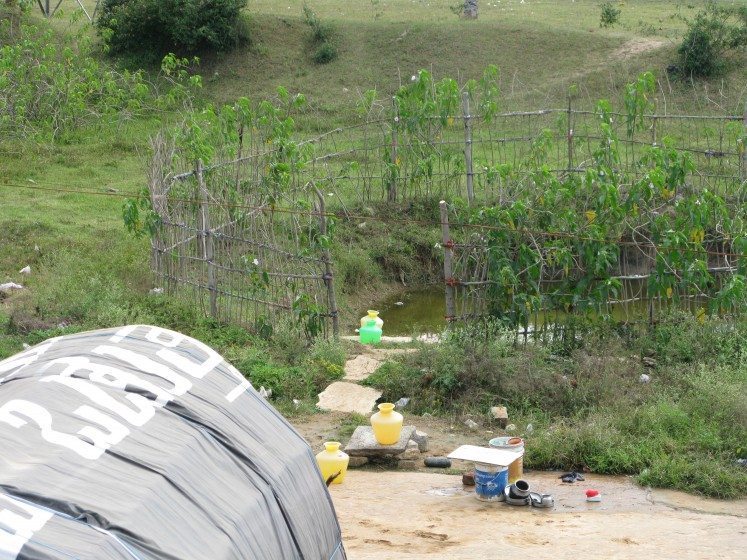

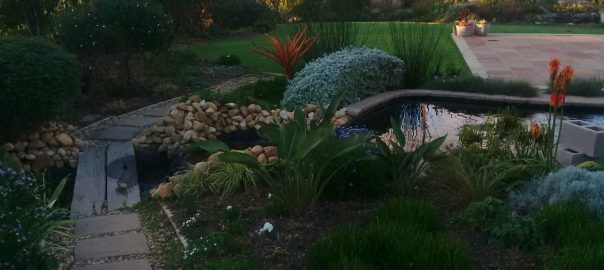



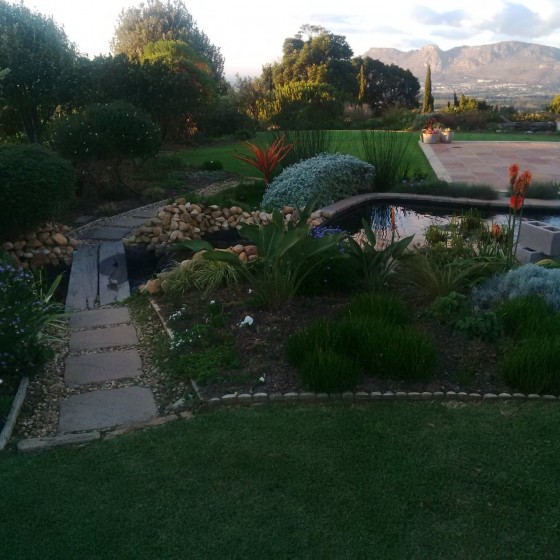
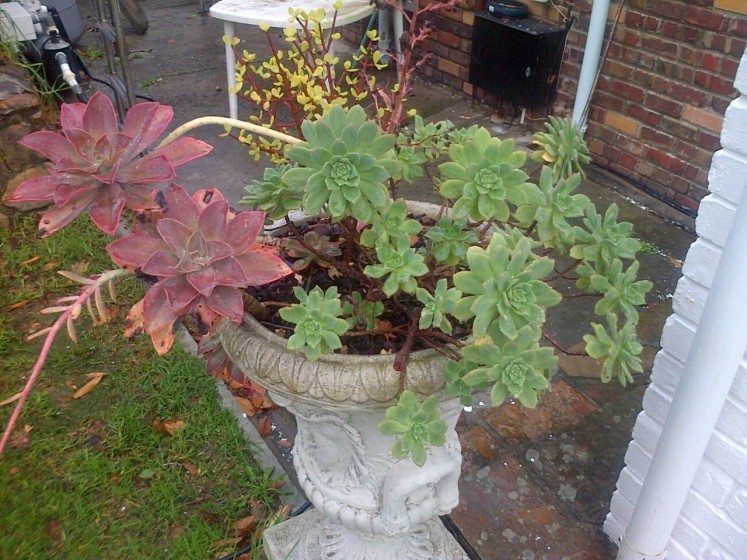


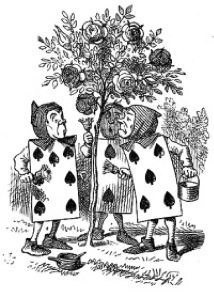
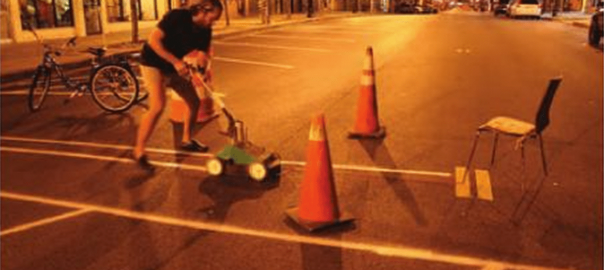
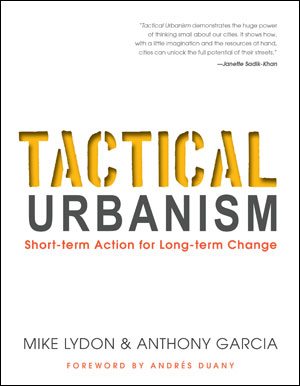 These many meanings are captured in Tactical Urbanism: Short-term Action for Long-term Change, a book by American urban planners Anthony Garcia and Mike Lydon, both leaders in civic advocacy and principals of
These many meanings are captured in Tactical Urbanism: Short-term Action for Long-term Change, a book by American urban planners Anthony Garcia and Mike Lydon, both leaders in civic advocacy and principals of 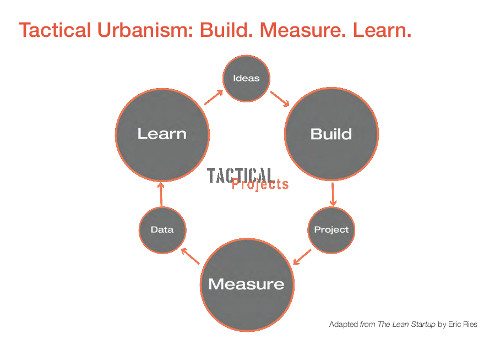
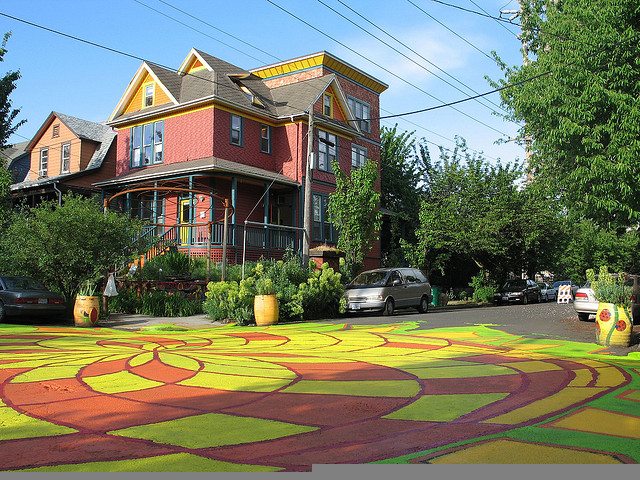
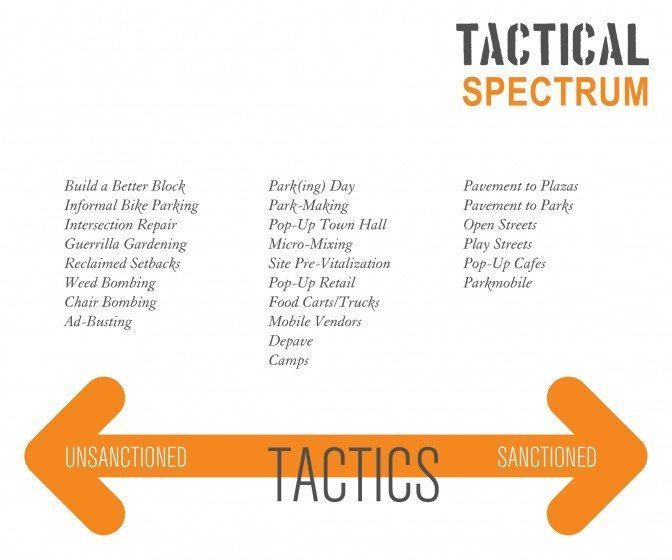
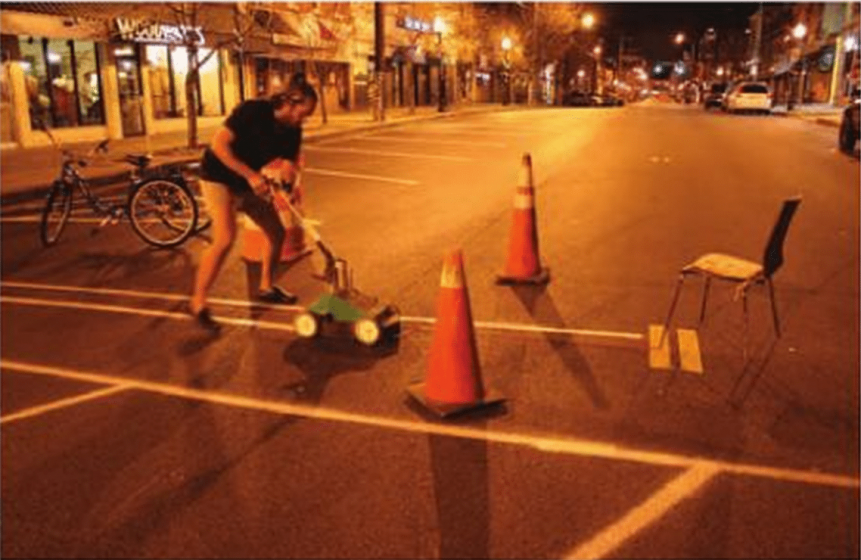
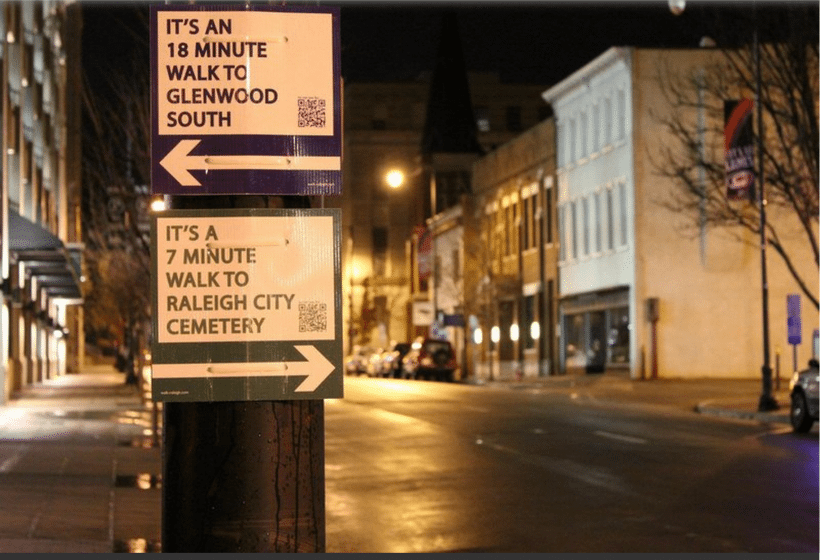
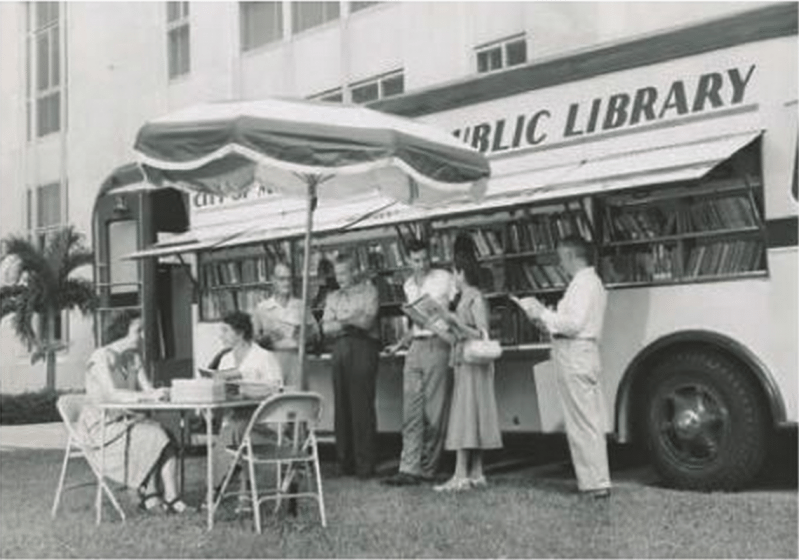
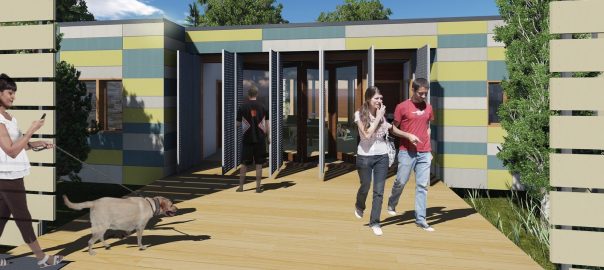
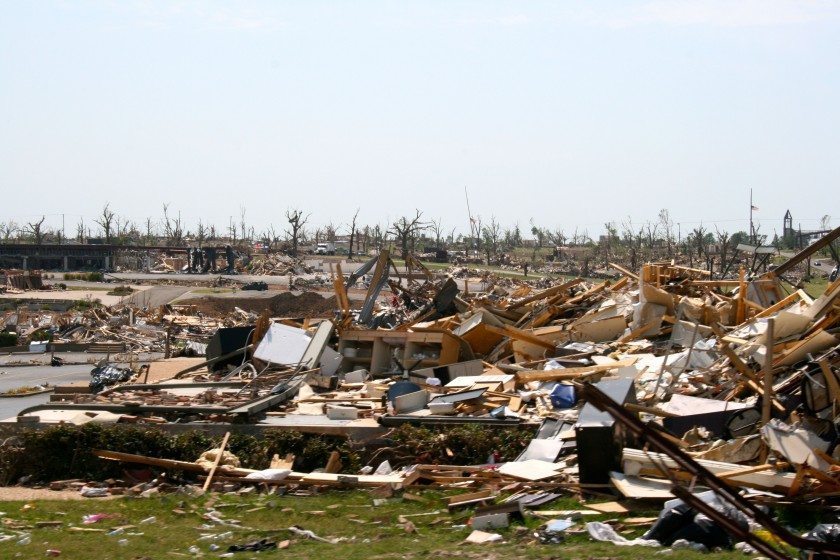
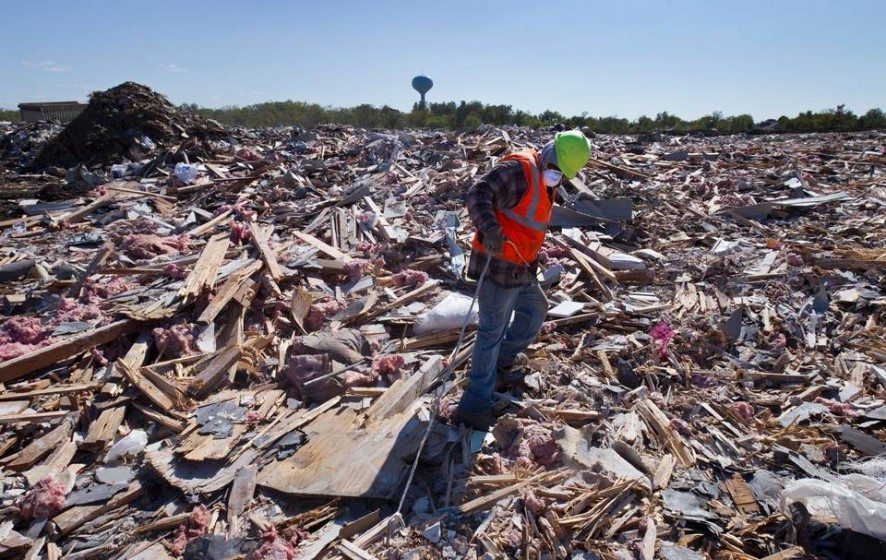
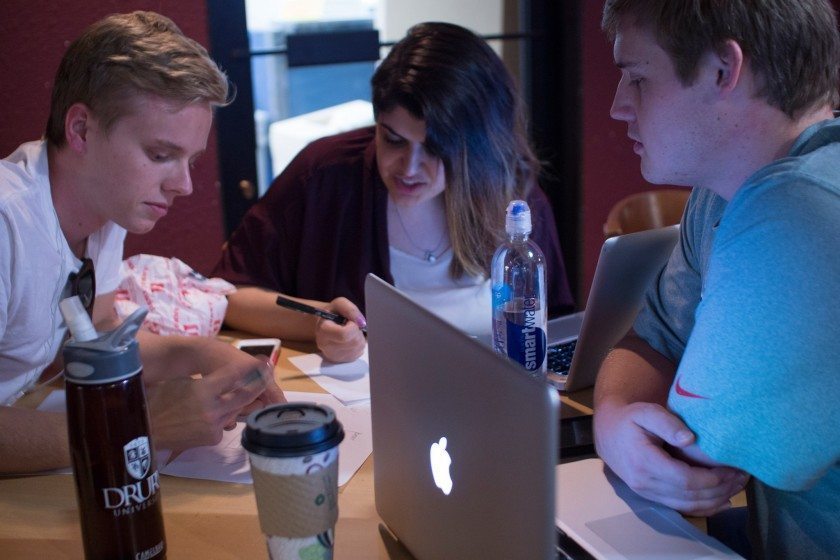
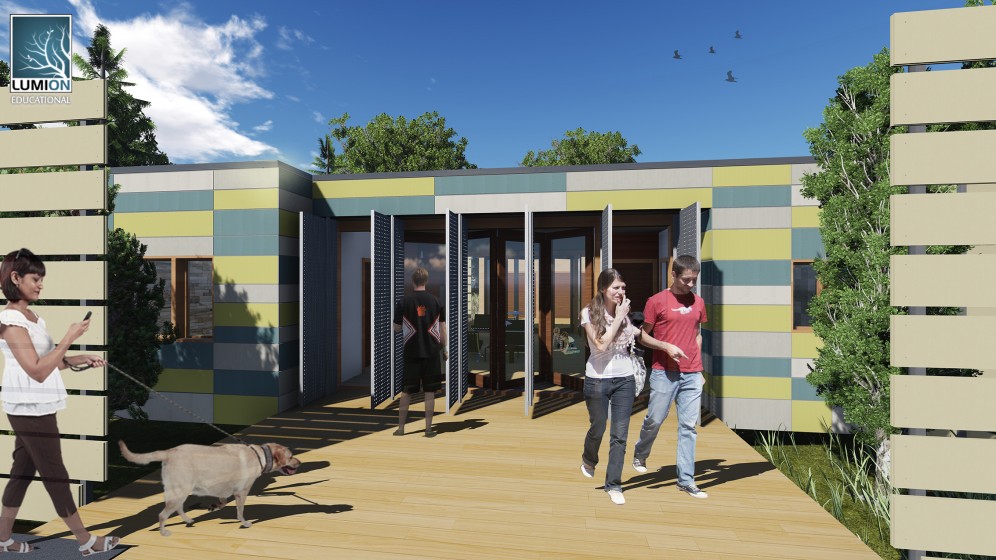
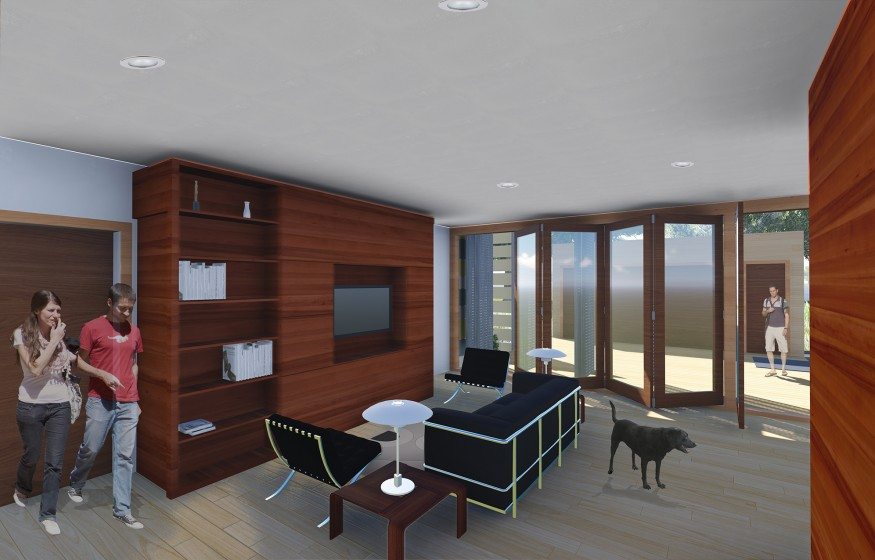
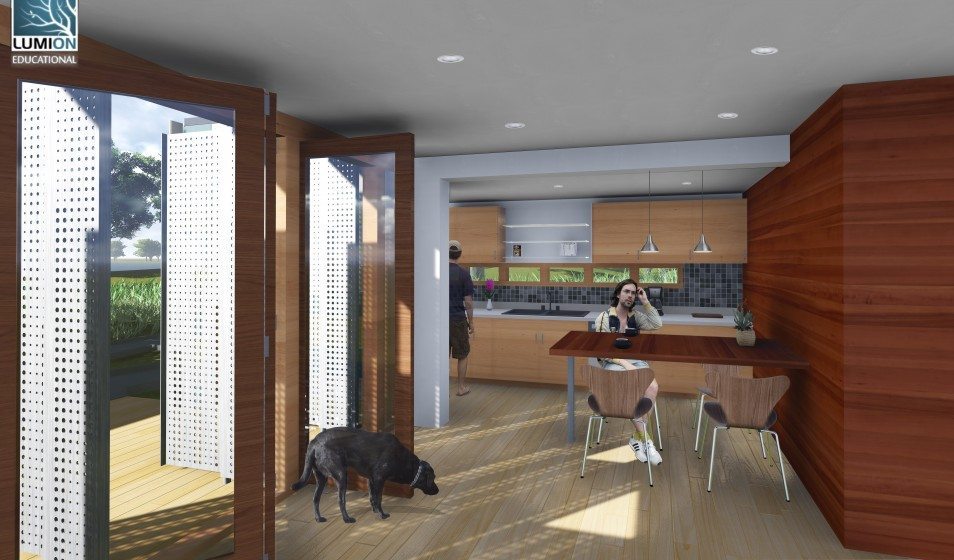
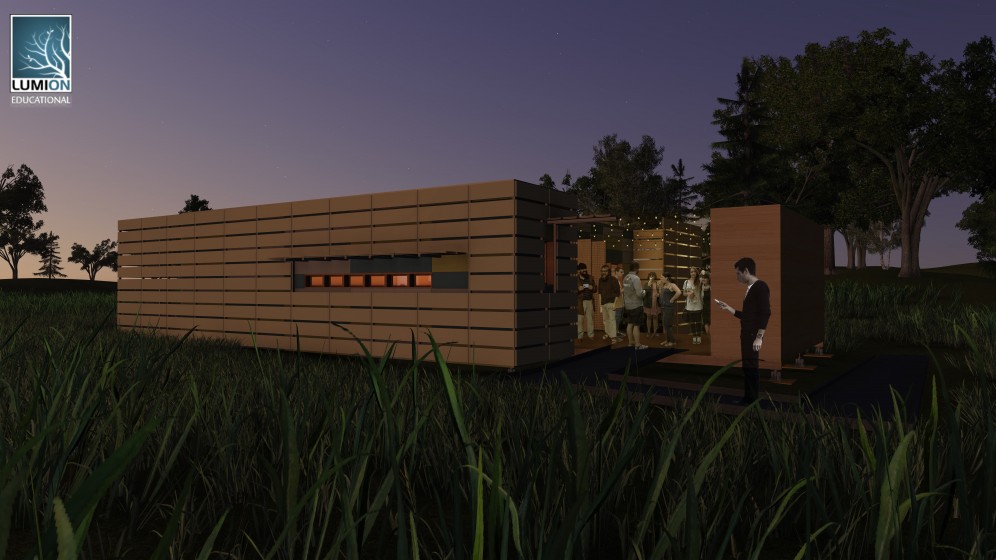
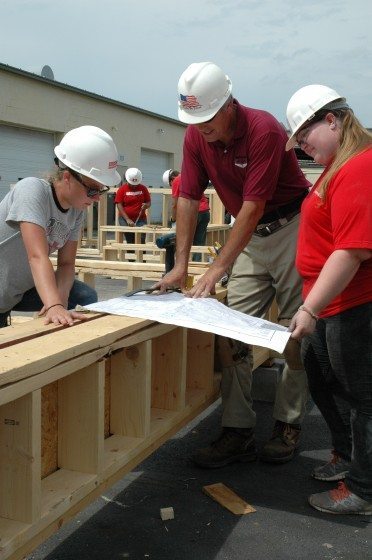
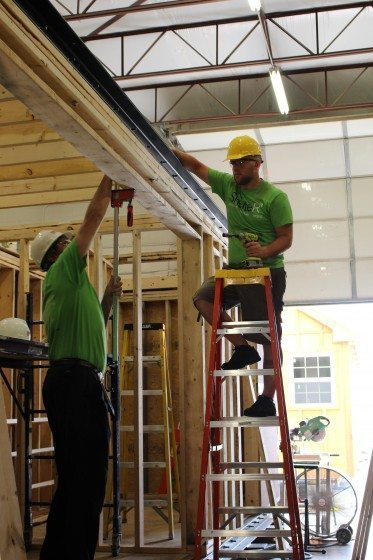
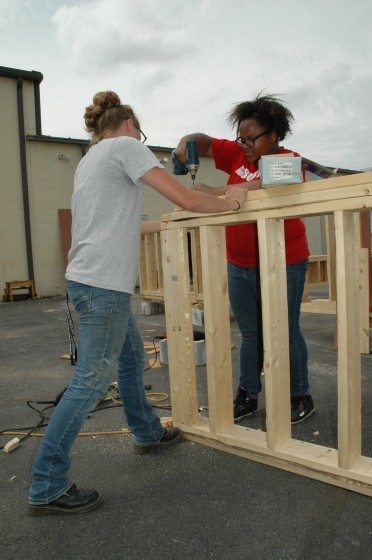
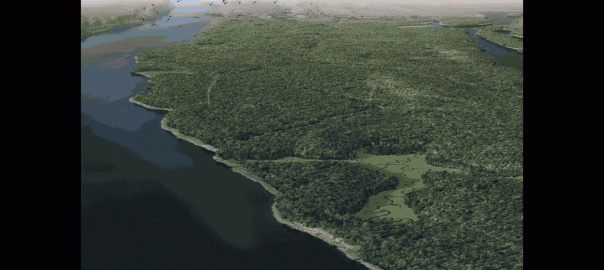
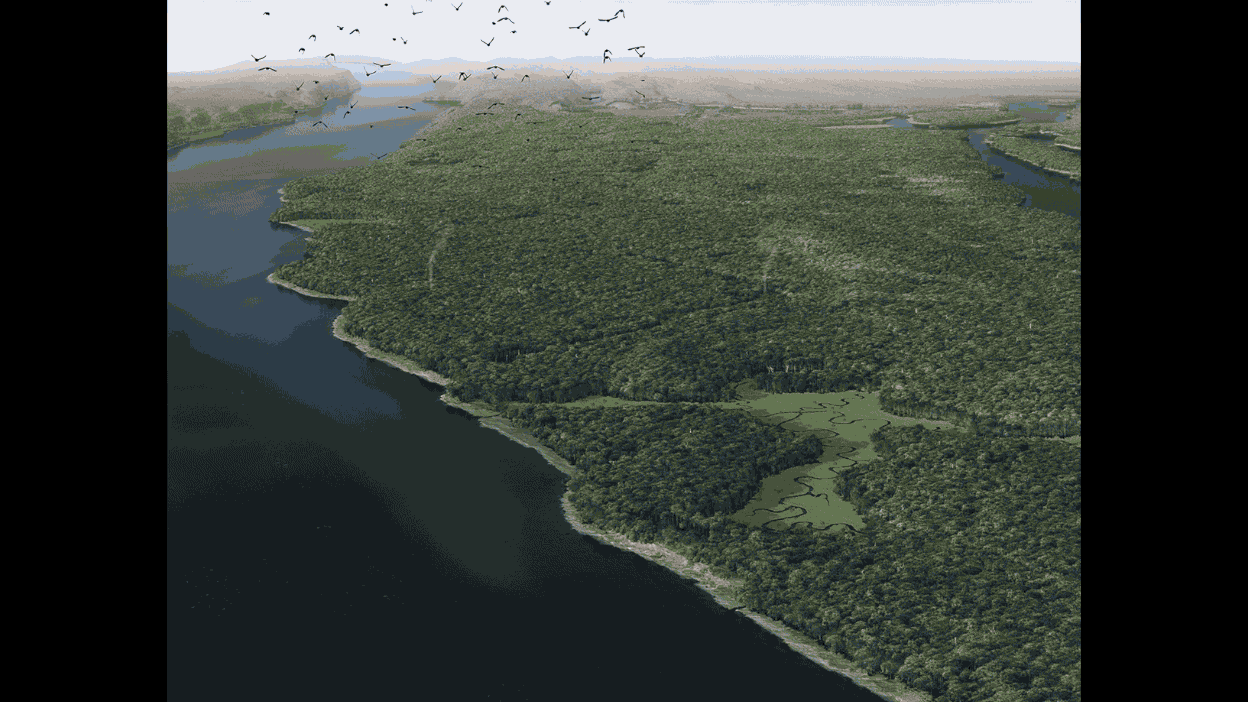
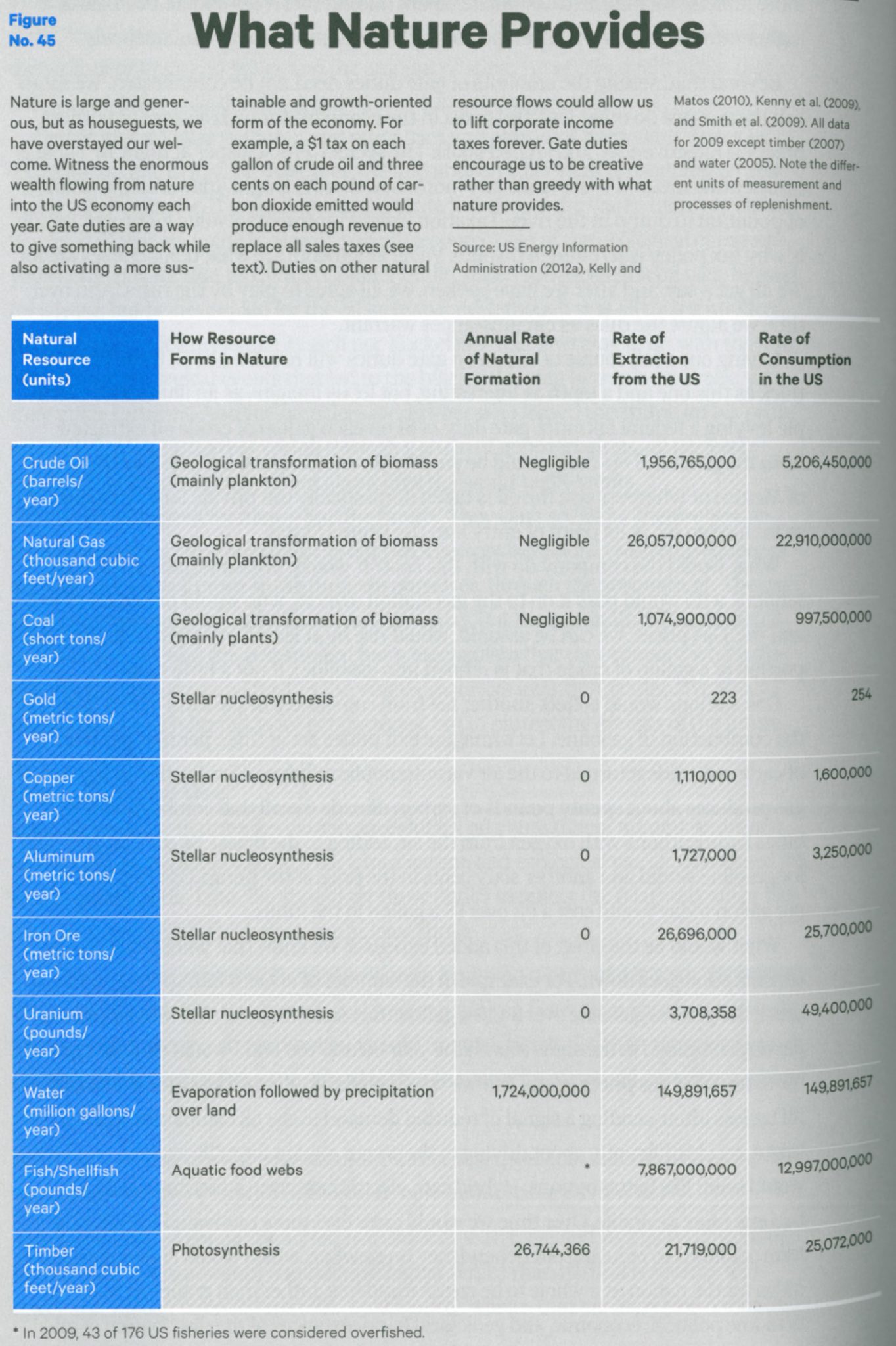 The third approach is the regulatory one: actually changing the rules to change the behavior. This approach is more dependent on local situations, with each government (and level of government) in each locality having its own ways of doing things. In the United States, we saw a wave of important environmental regulation in the early 1970s that made large, important changes for the New York City environment (e.g. Clean Water Act, Clean Air Act, National Environmental Policy Act, etc.). Forty-five years later, those laws still govern our environment, with their focus on human health and safety, but one could imagine a new set of rules that addressed the species long since displaced. I harbor not so secret desires to have all of the Welikia community back, minus perhaps the dangerous ones and the climate refugees, to whom the city might make commitments to save elsewhere
The third approach is the regulatory one: actually changing the rules to change the behavior. This approach is more dependent on local situations, with each government (and level of government) in each locality having its own ways of doing things. In the United States, we saw a wave of important environmental regulation in the early 1970s that made large, important changes for the New York City environment (e.g. Clean Water Act, Clean Air Act, National Environmental Policy Act, etc.). Forty-five years later, those laws still govern our environment, with their focus on human health and safety, but one could imagine a new set of rules that addressed the species long since displaced. I harbor not so secret desires to have all of the Welikia community back, minus perhaps the dangerous ones and the climate refugees, to whom the city might make commitments to save elsewhere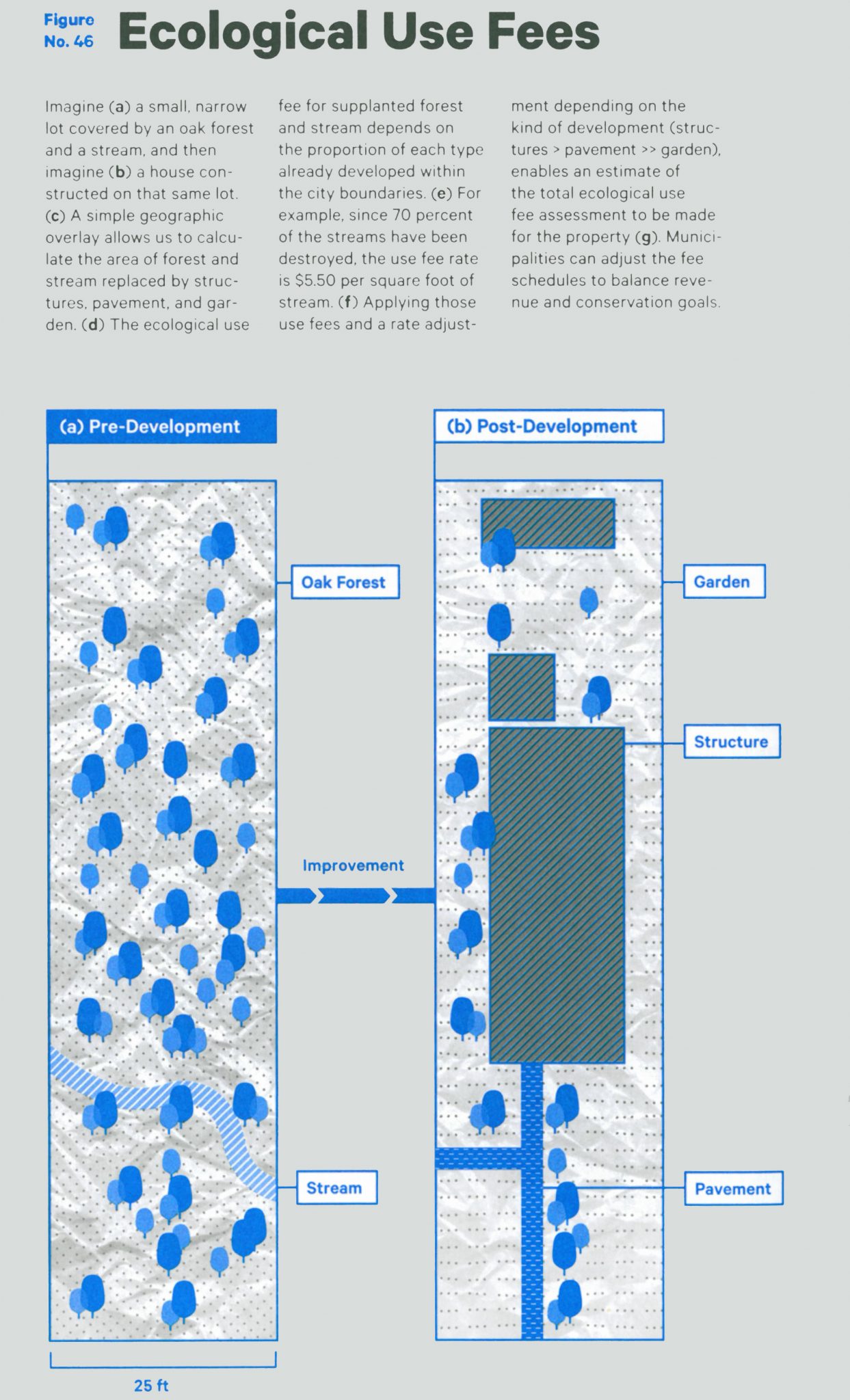
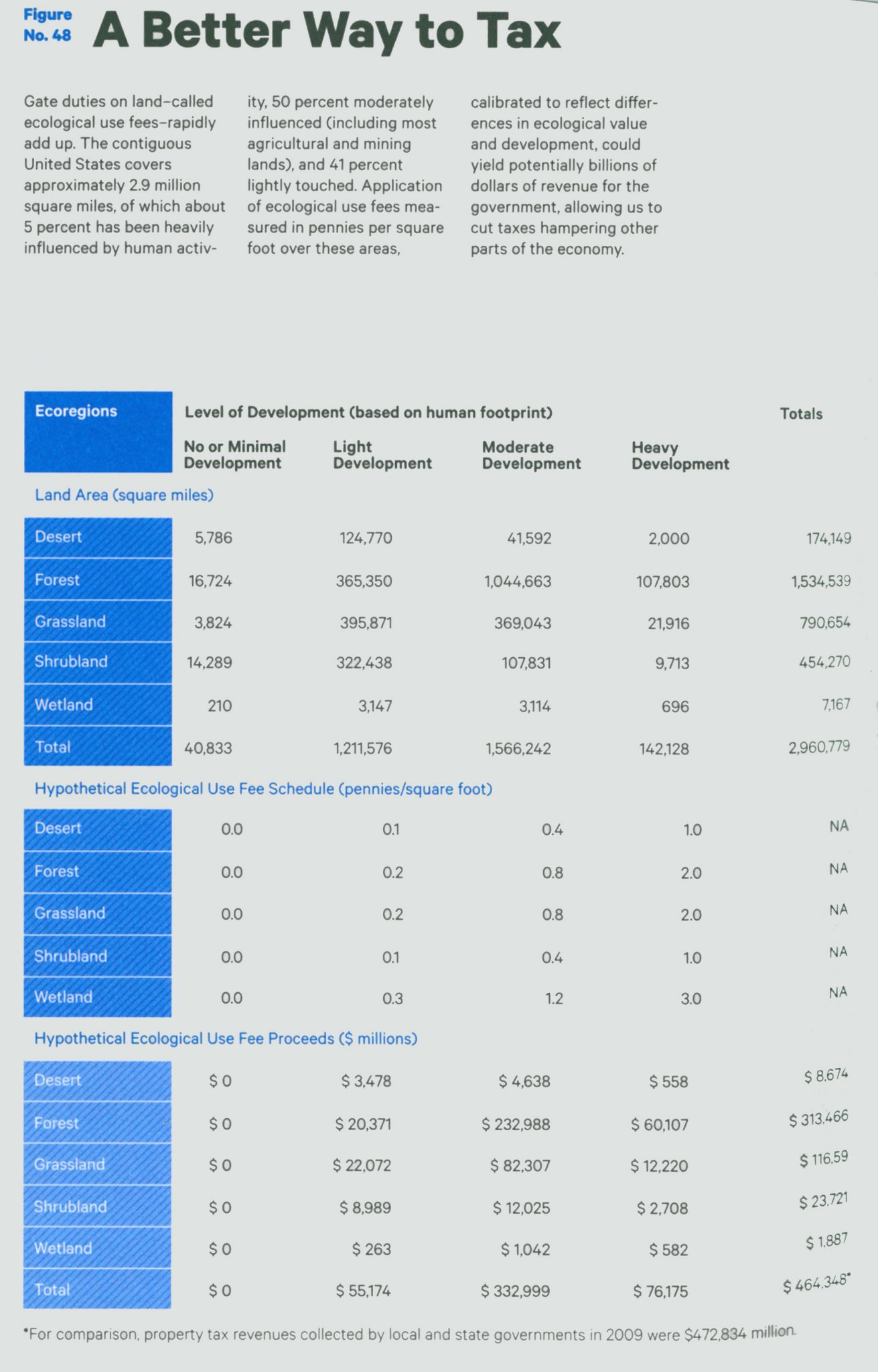 What does it mean “to pay rent to nature”? In a literal sense it is not possible, because nature doesn’t care for your money; nature’s lack of greed is its downfall. Rather than pay nature directly, we need the public to act as the guarantor of nature, both for our sake and for the nature of cities. The rationale lies in rights and responsibilities. Any development project represents an appropriation of ecological value from nature and the body politic as part of nature. The apartment building that creates more stormwater runoff and displaces the trees that would have cooled the city has taken something from me and you and everyone else. For the birds and the bees, it has taken everything. In compensation, the private owner has a responsibility to repay the public for its loss.
What does it mean “to pay rent to nature”? In a literal sense it is not possible, because nature doesn’t care for your money; nature’s lack of greed is its downfall. Rather than pay nature directly, we need the public to act as the guarantor of nature, both for our sake and for the nature of cities. The rationale lies in rights and responsibilities. Any development project represents an appropriation of ecological value from nature and the body politic as part of nature. The apartment building that creates more stormwater runoff and displaces the trees that would have cooled the city has taken something from me and you and everyone else. For the birds and the bees, it has taken everything. In compensation, the private owner has a responsibility to repay the public for its loss.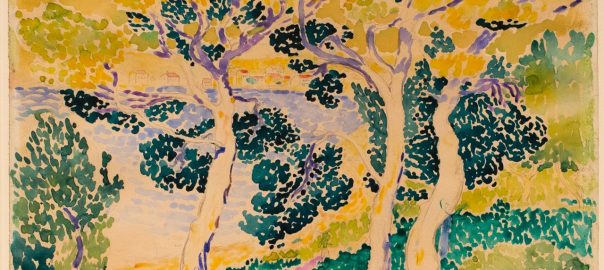
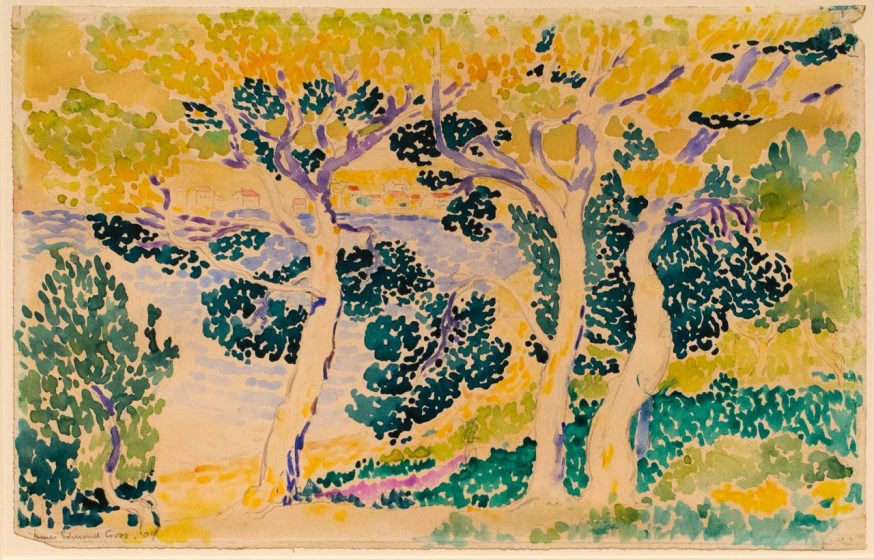
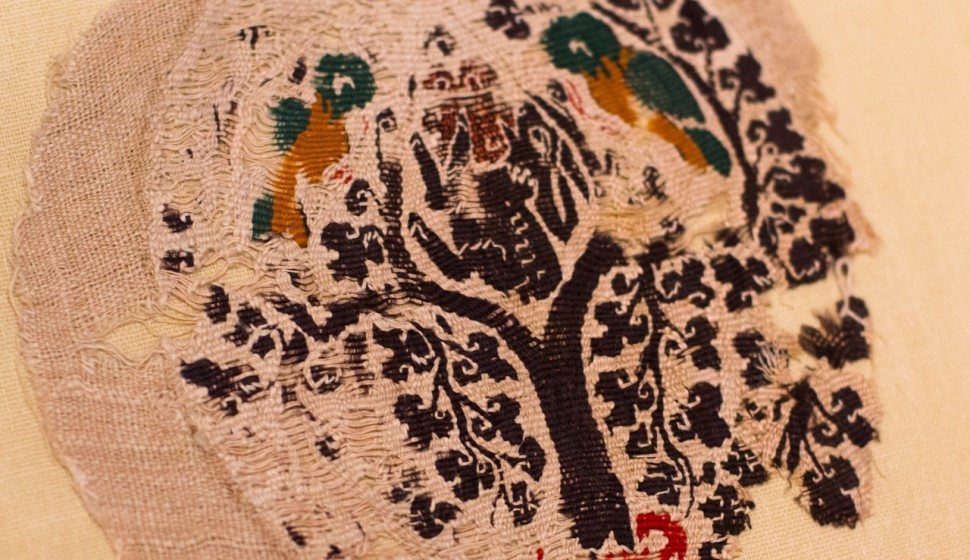


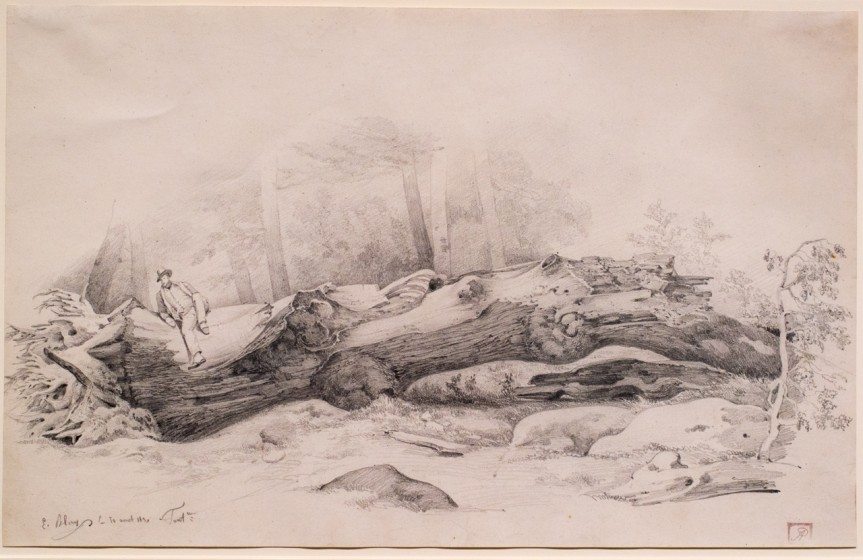
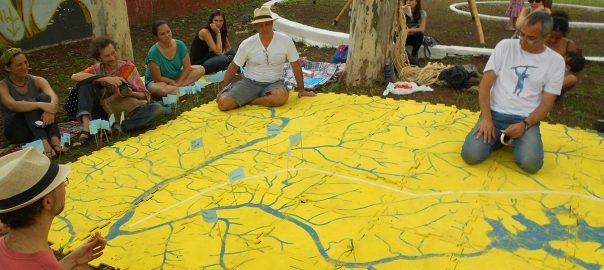
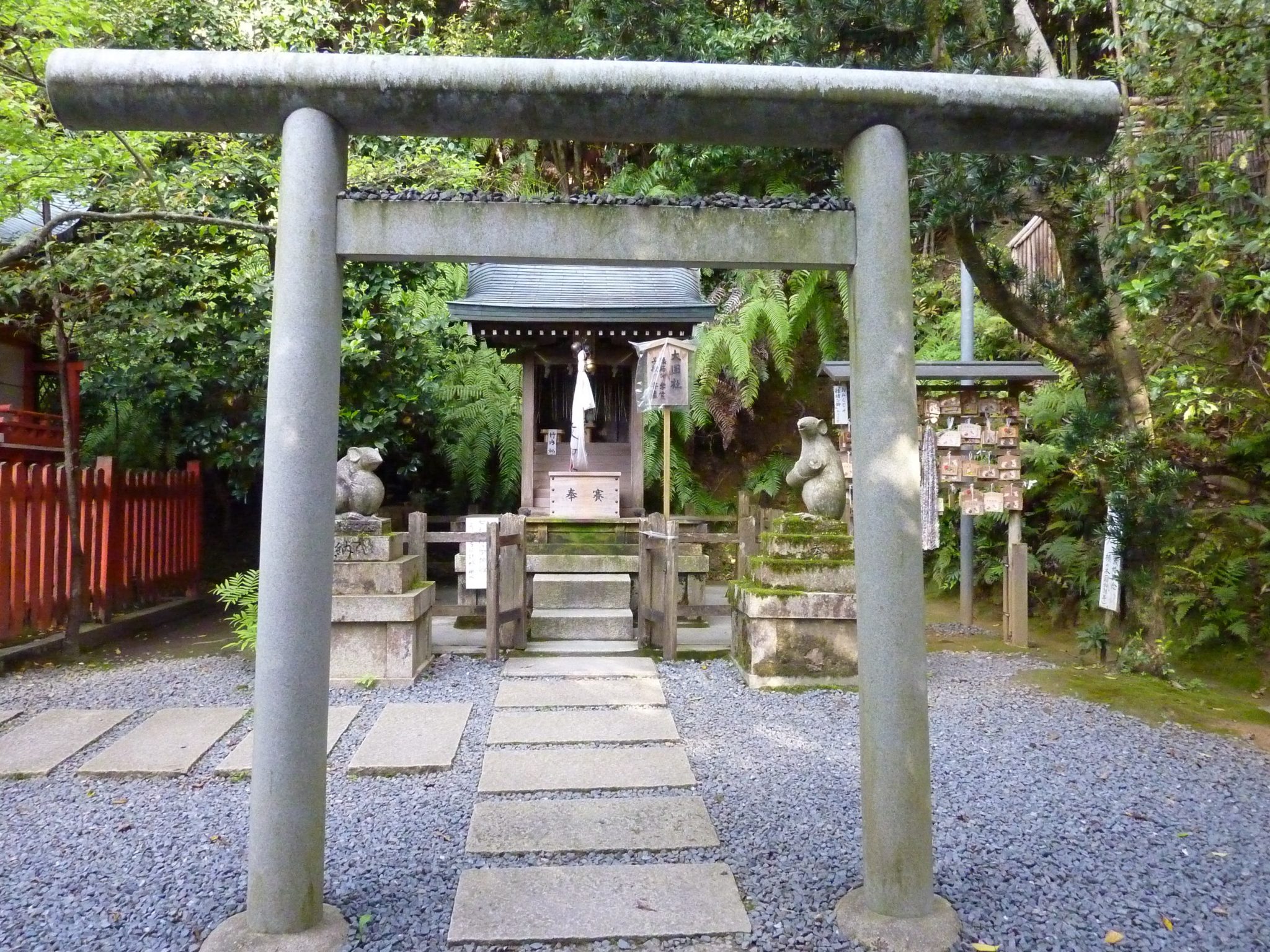

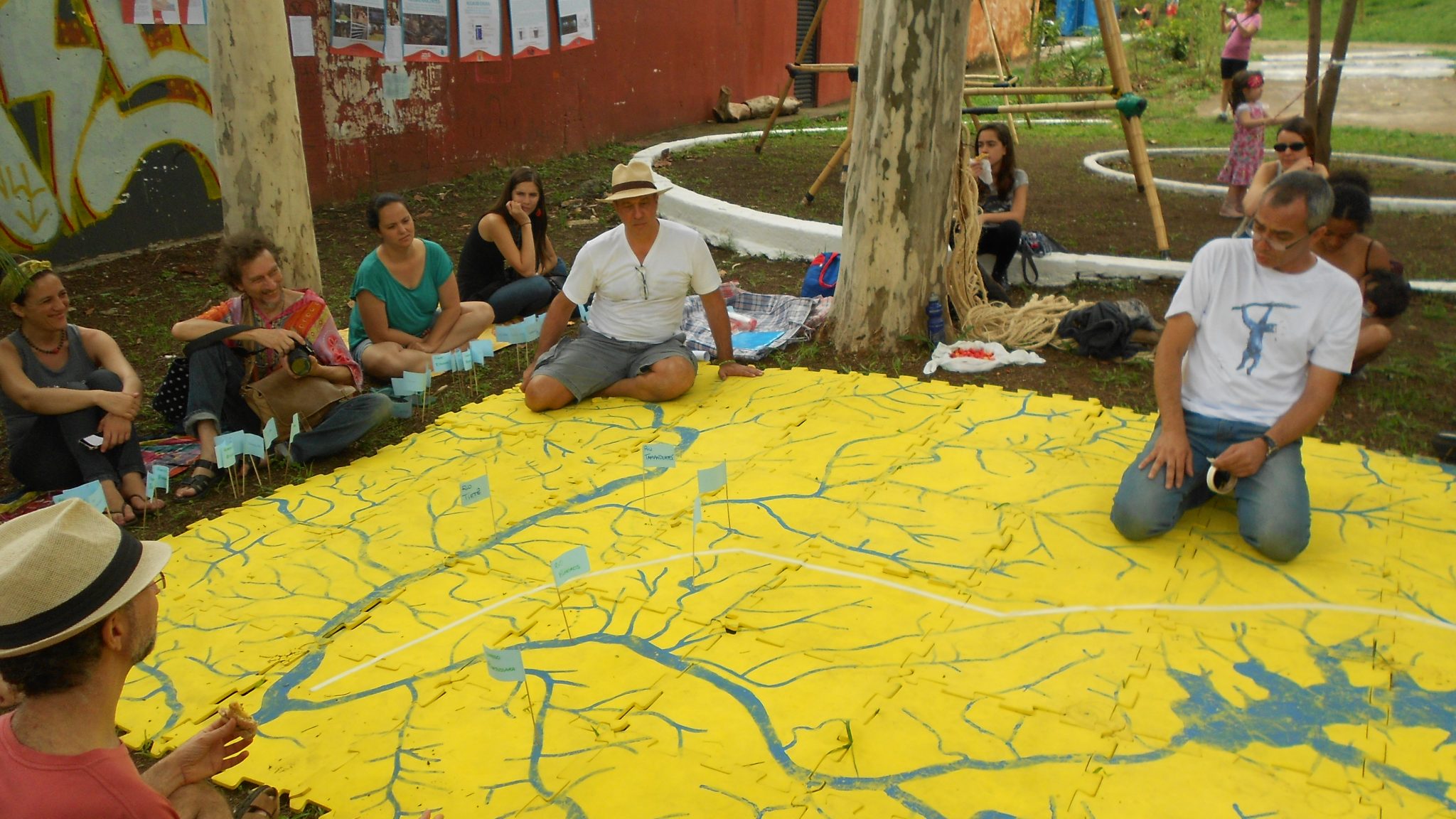 A few years ago Juliana Gatti and Sandro Von Matter started the
A few years ago Juliana Gatti and Sandro Von Matter started the 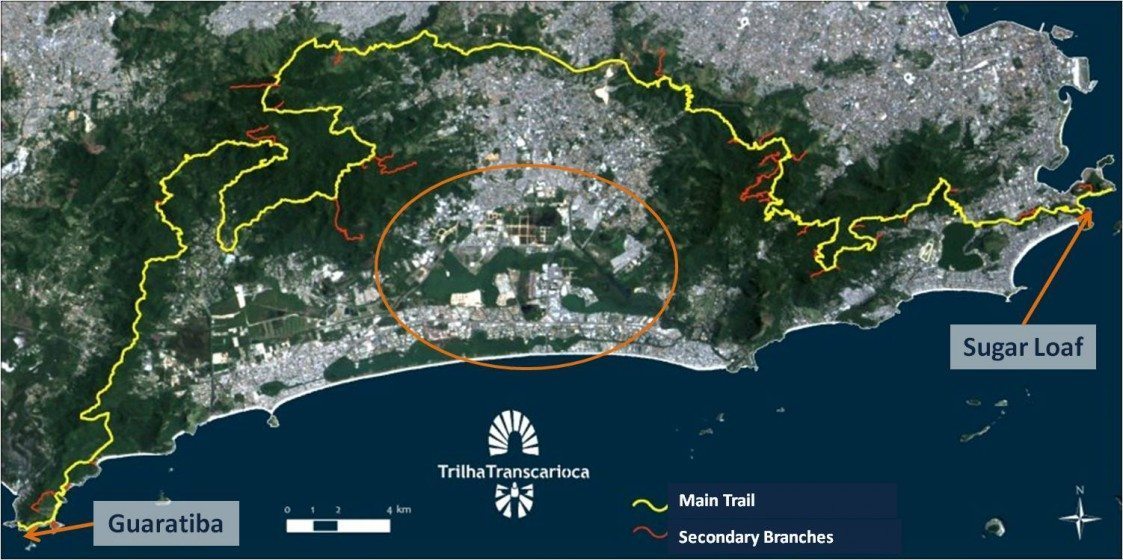
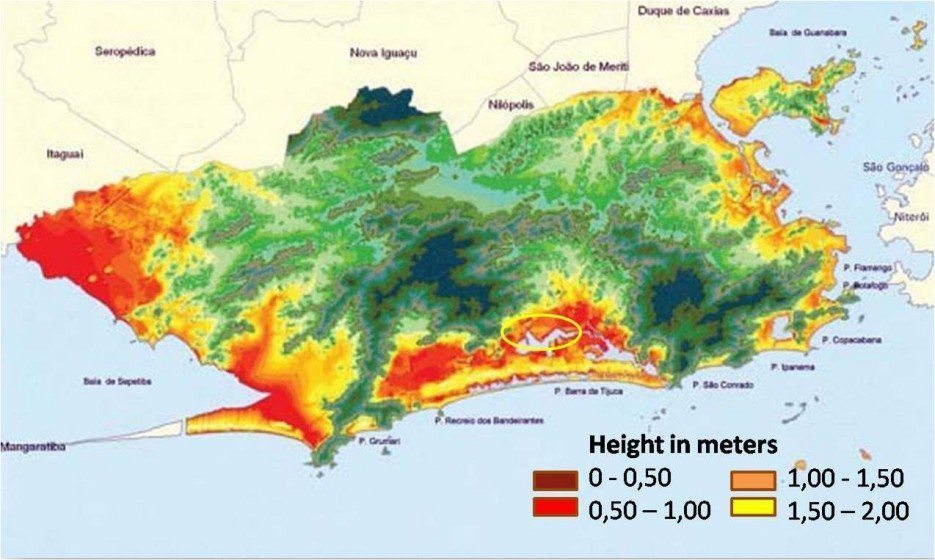

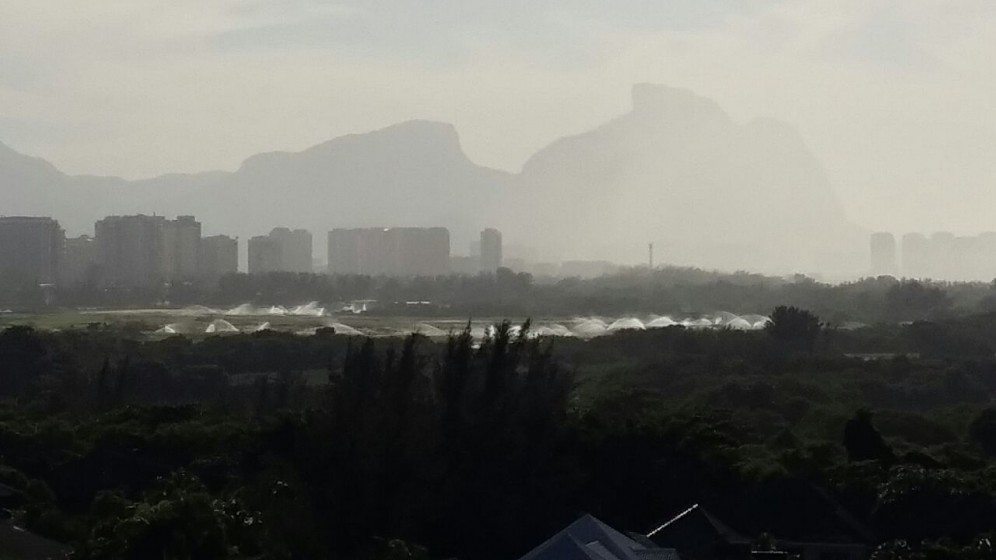

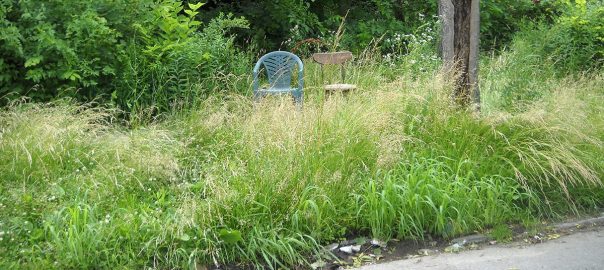

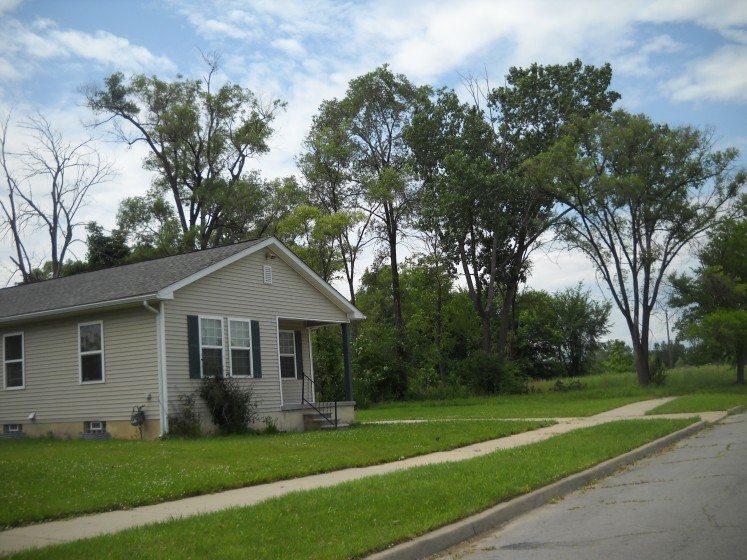
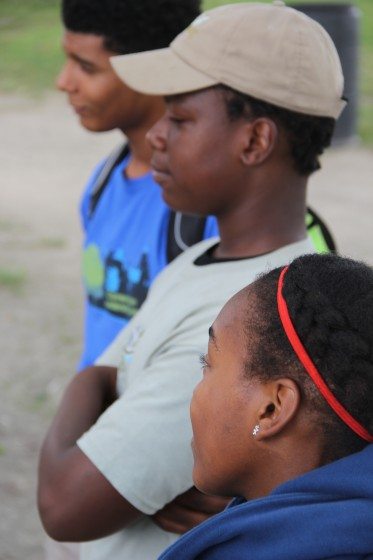
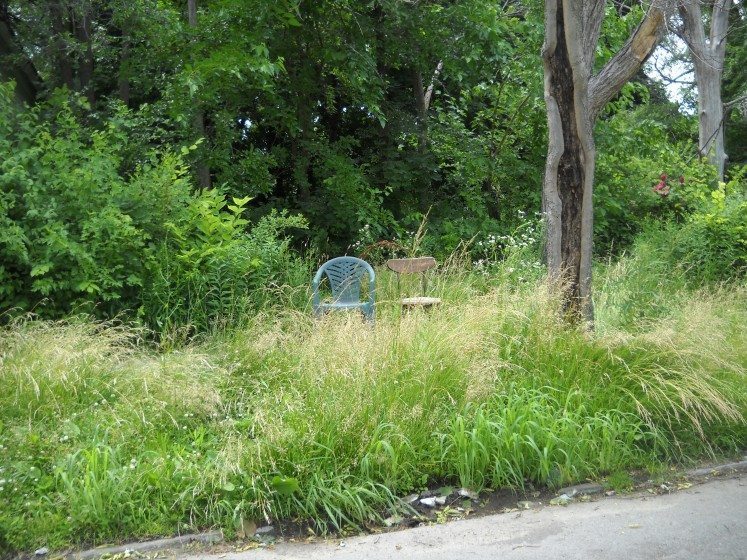
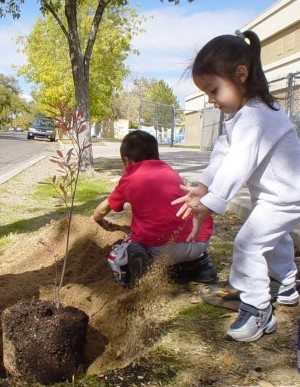

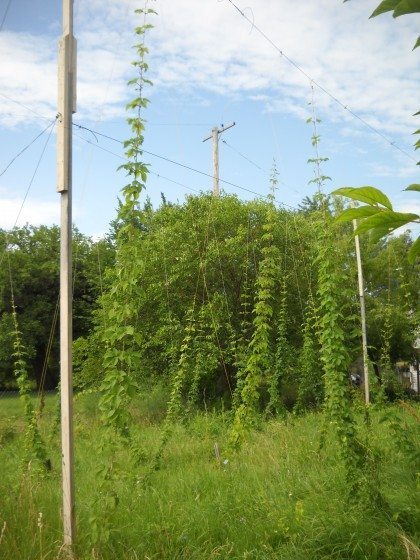
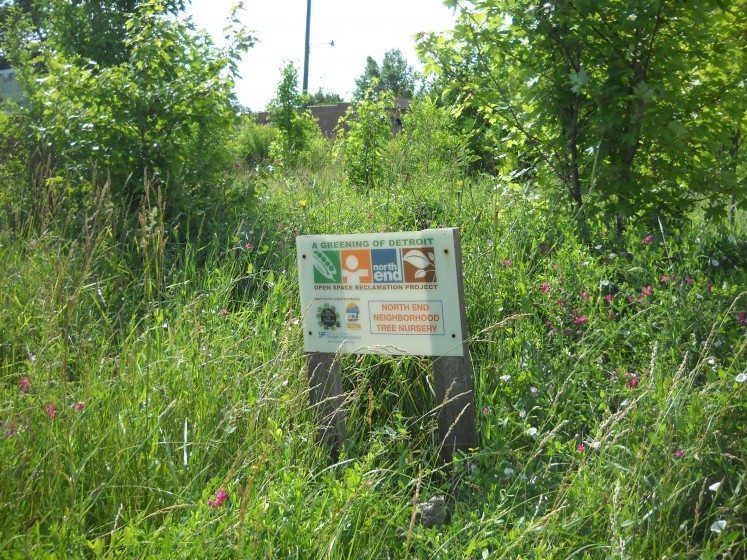
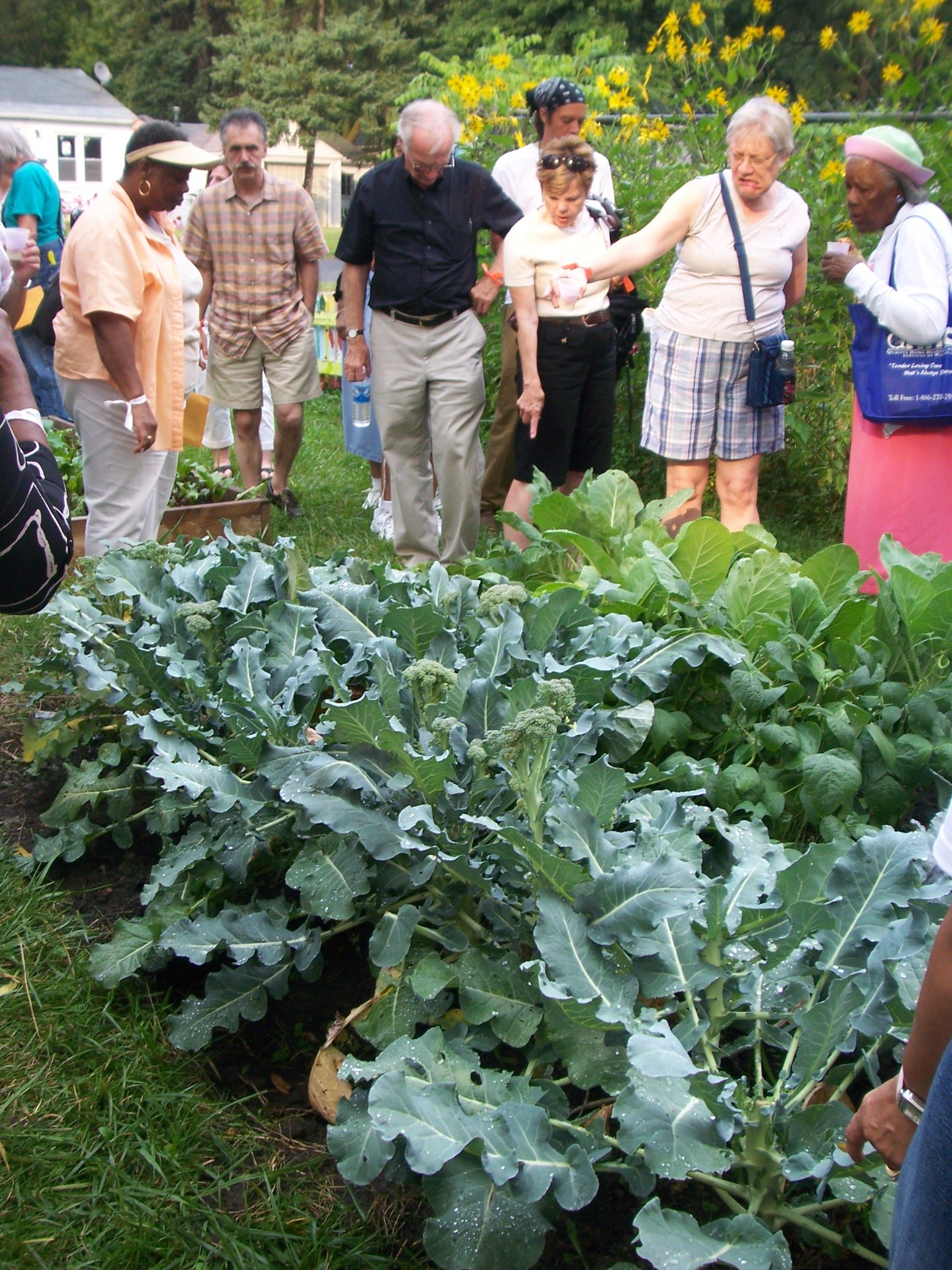
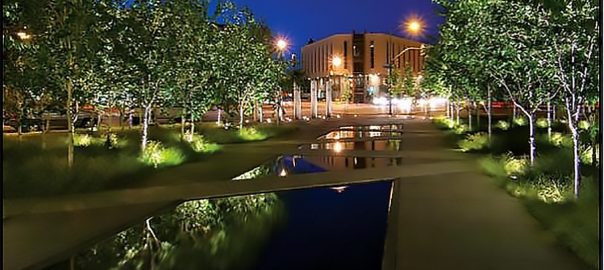
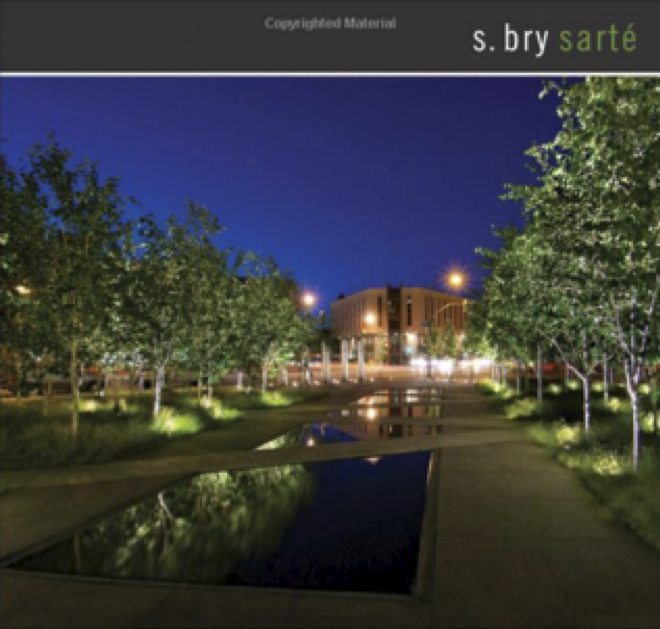 Sustainable infrastructure design—from water, energy, material flows, built systems—is the art of seeking solutions that address ecology, engineering and culture as interconnected realms.
Sustainable infrastructure design—from water, energy, material flows, built systems—is the art of seeking solutions that address ecology, engineering and culture as interconnected realms.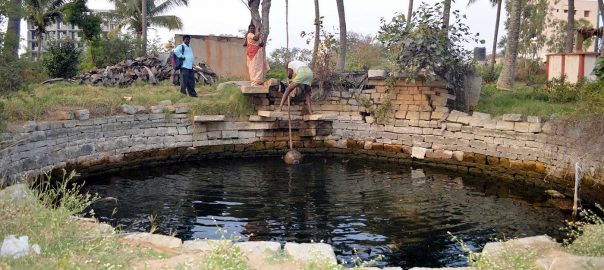






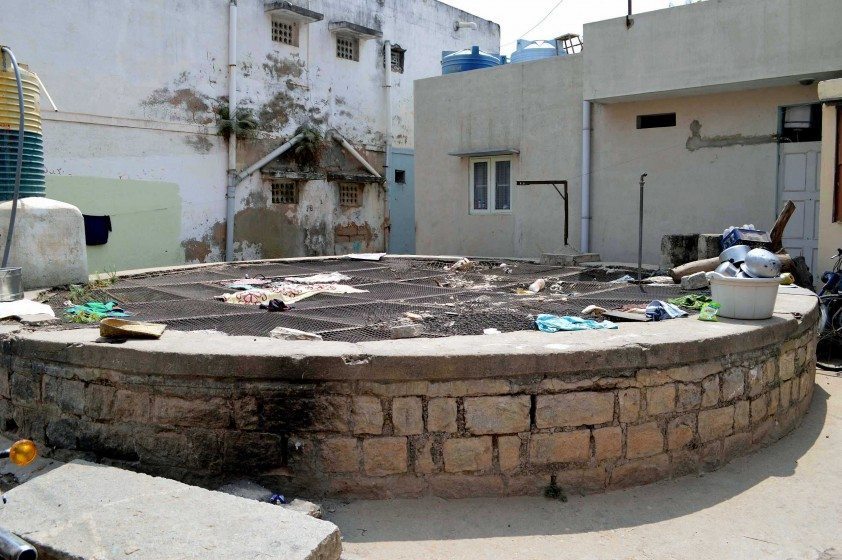
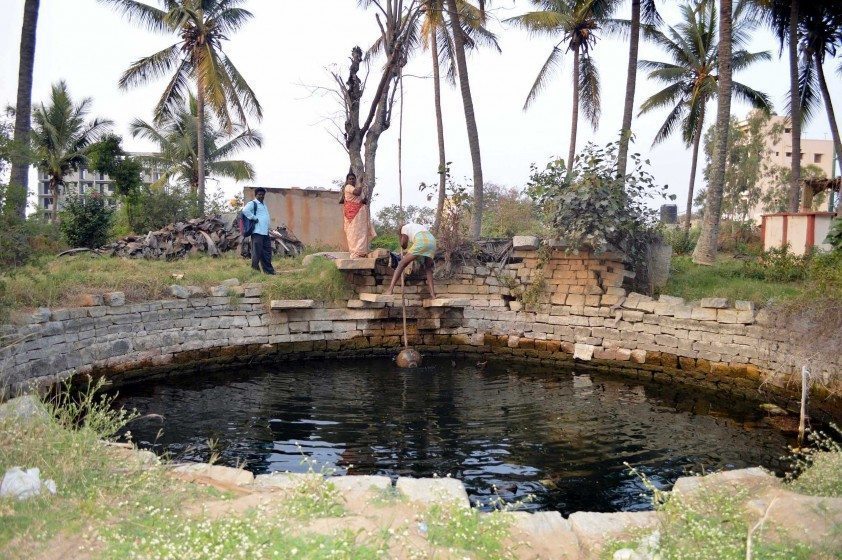
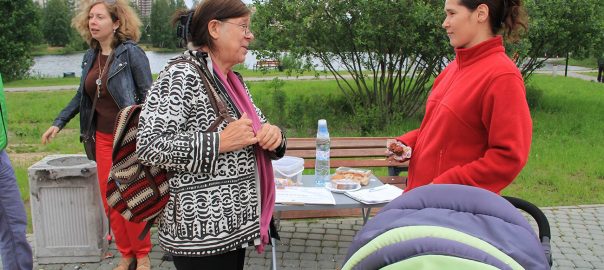
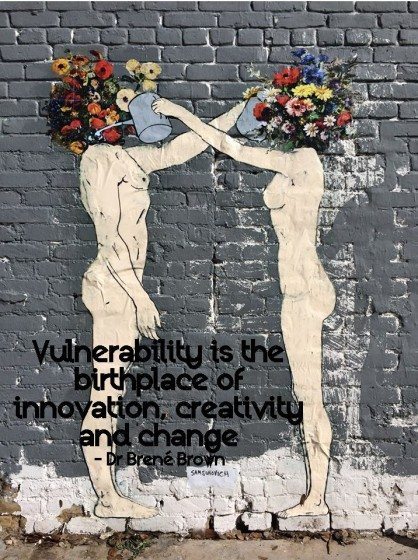



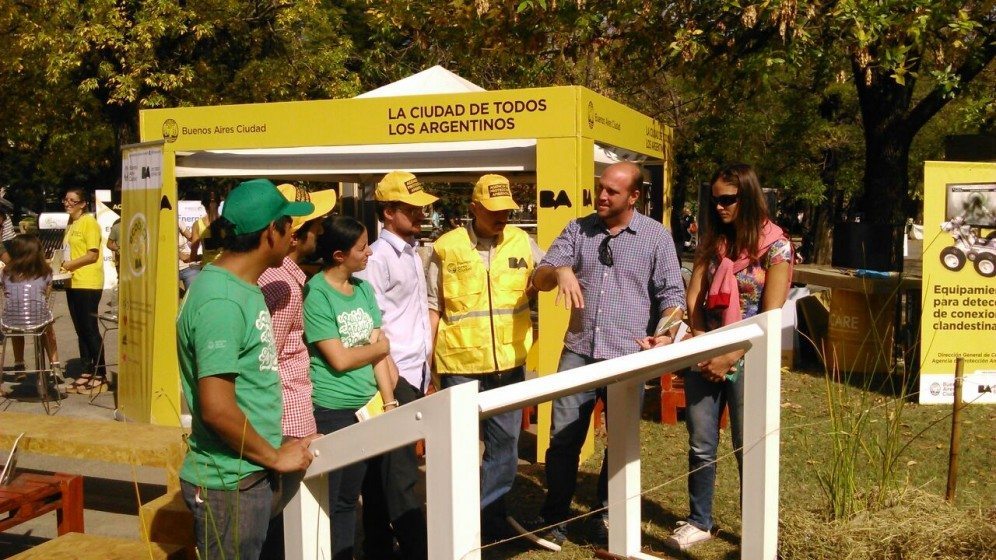
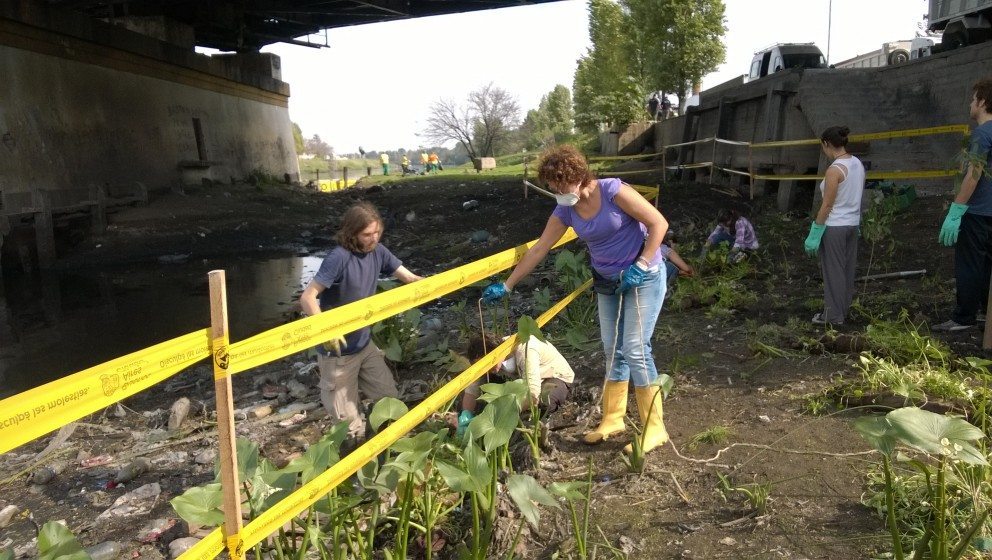
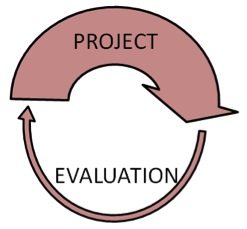

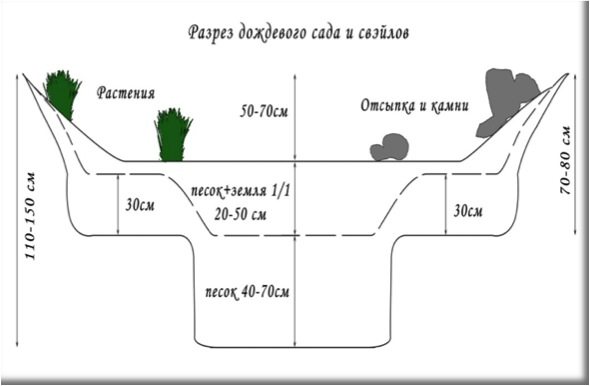

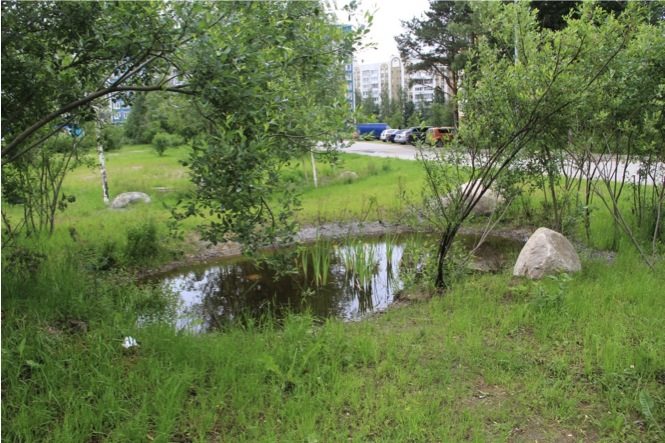
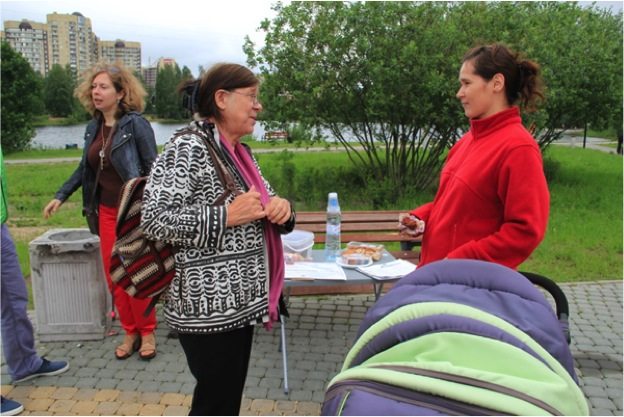
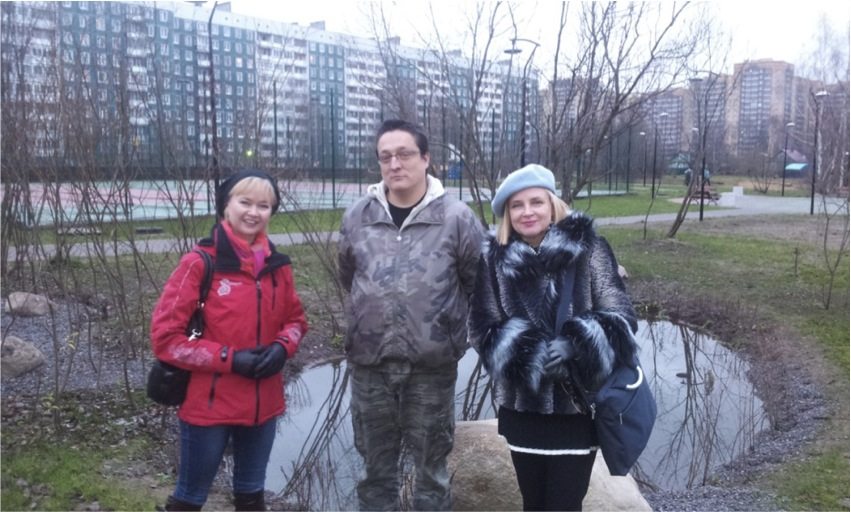
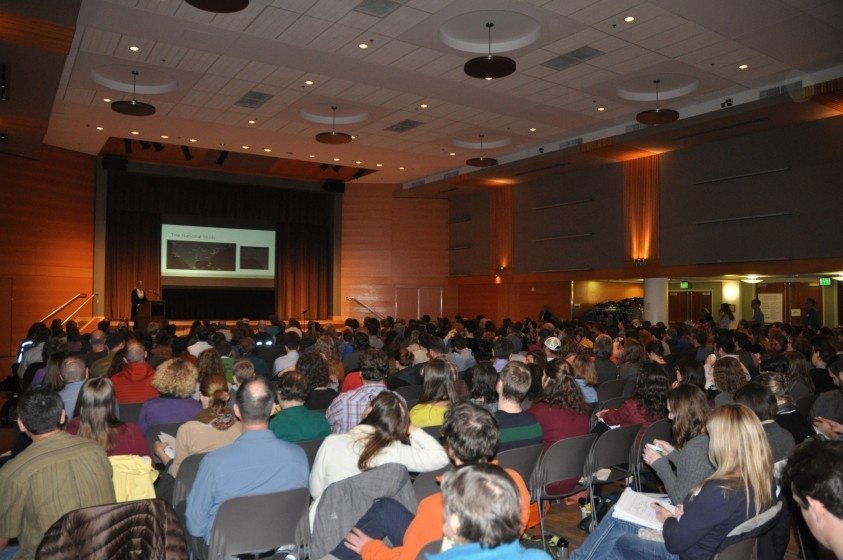
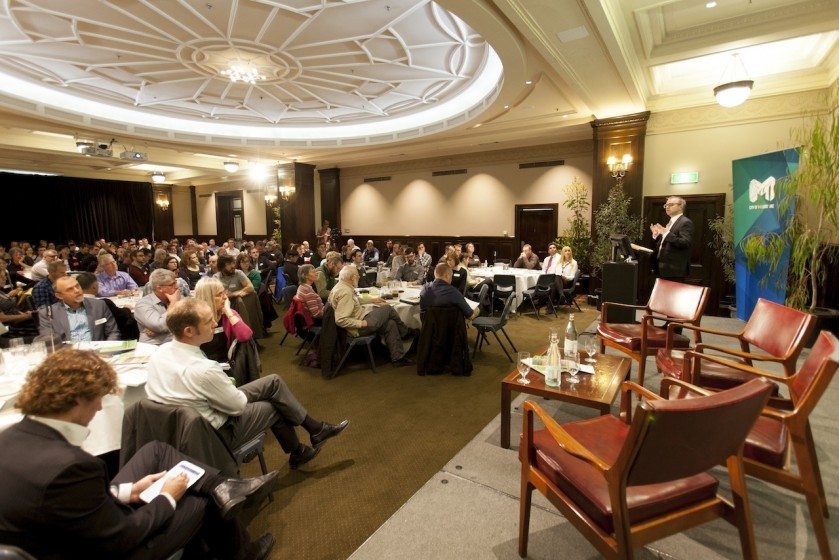

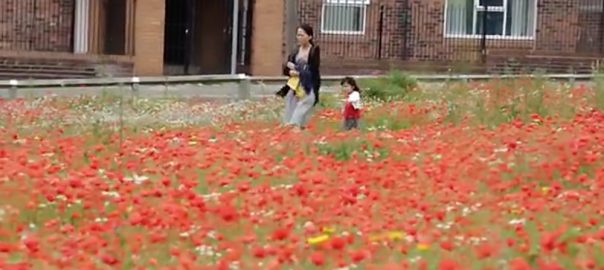
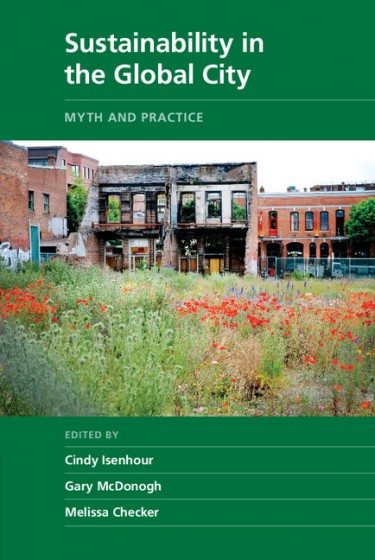
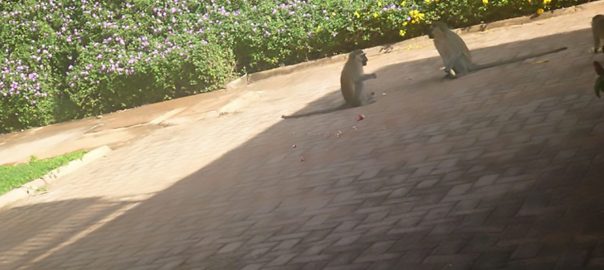

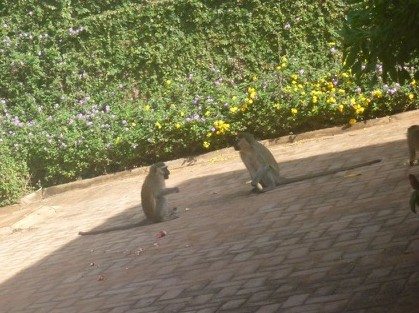
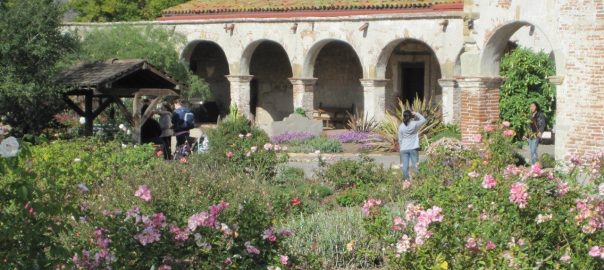
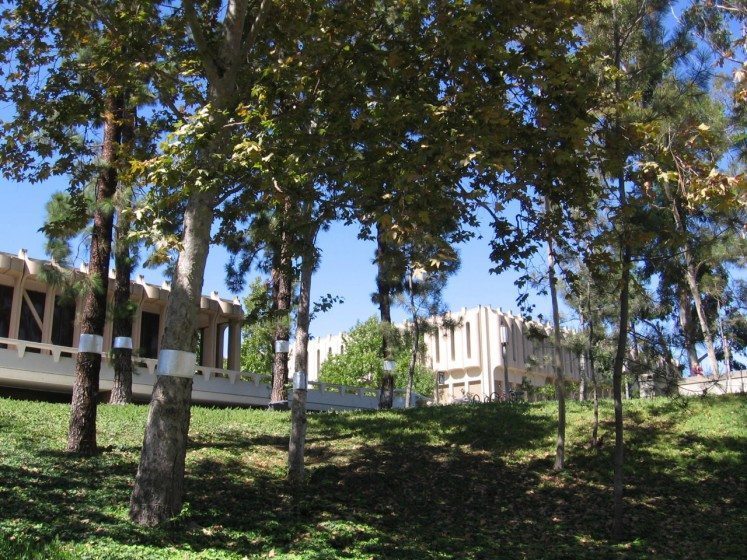
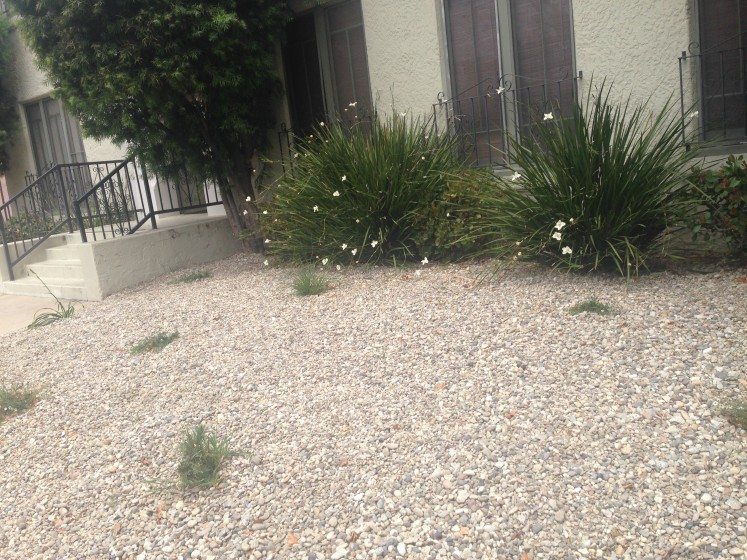
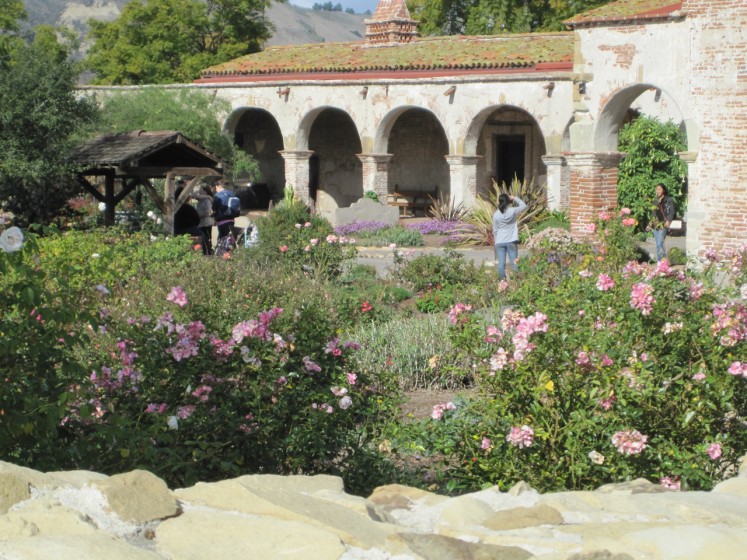
18 Comments
Join our conversation